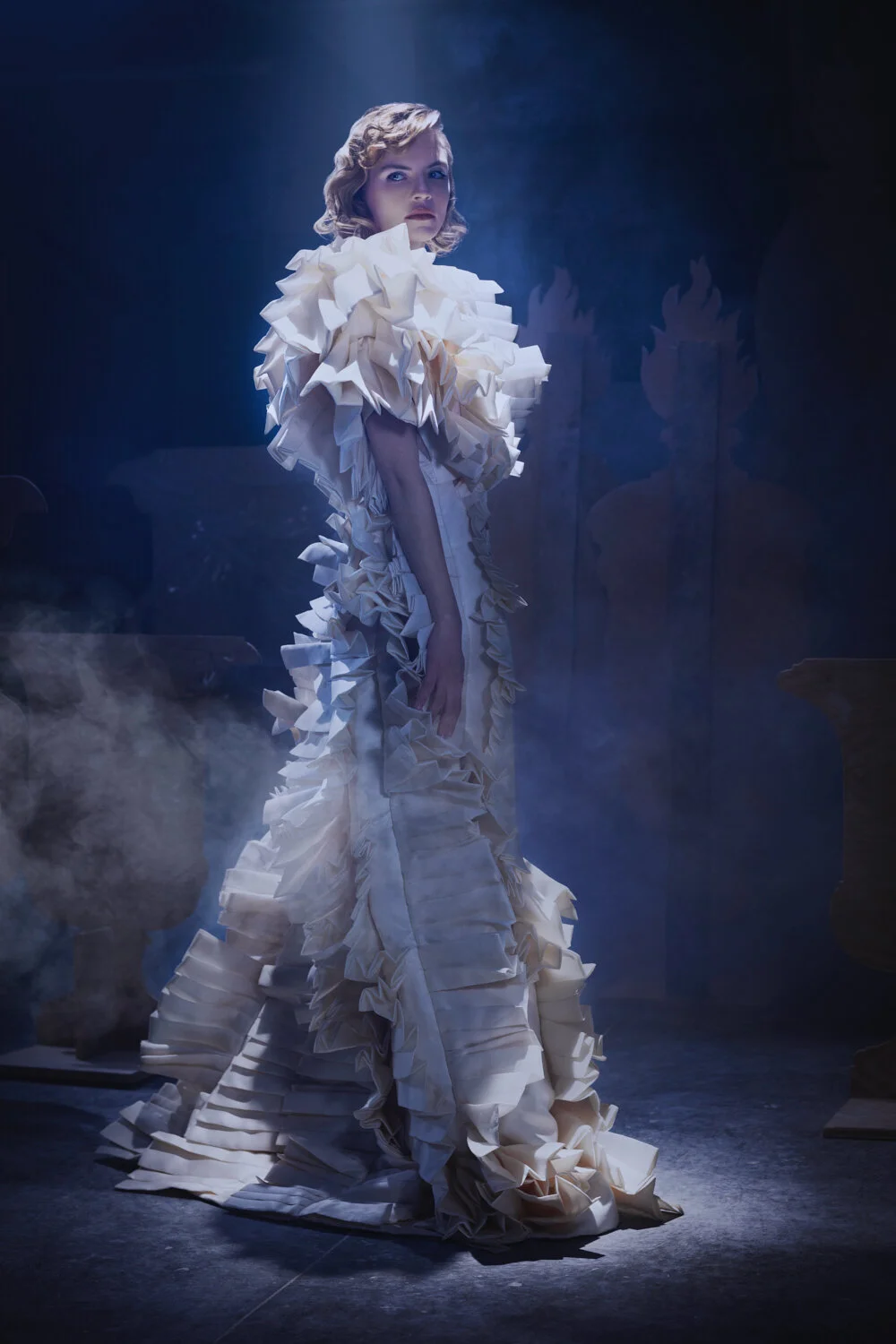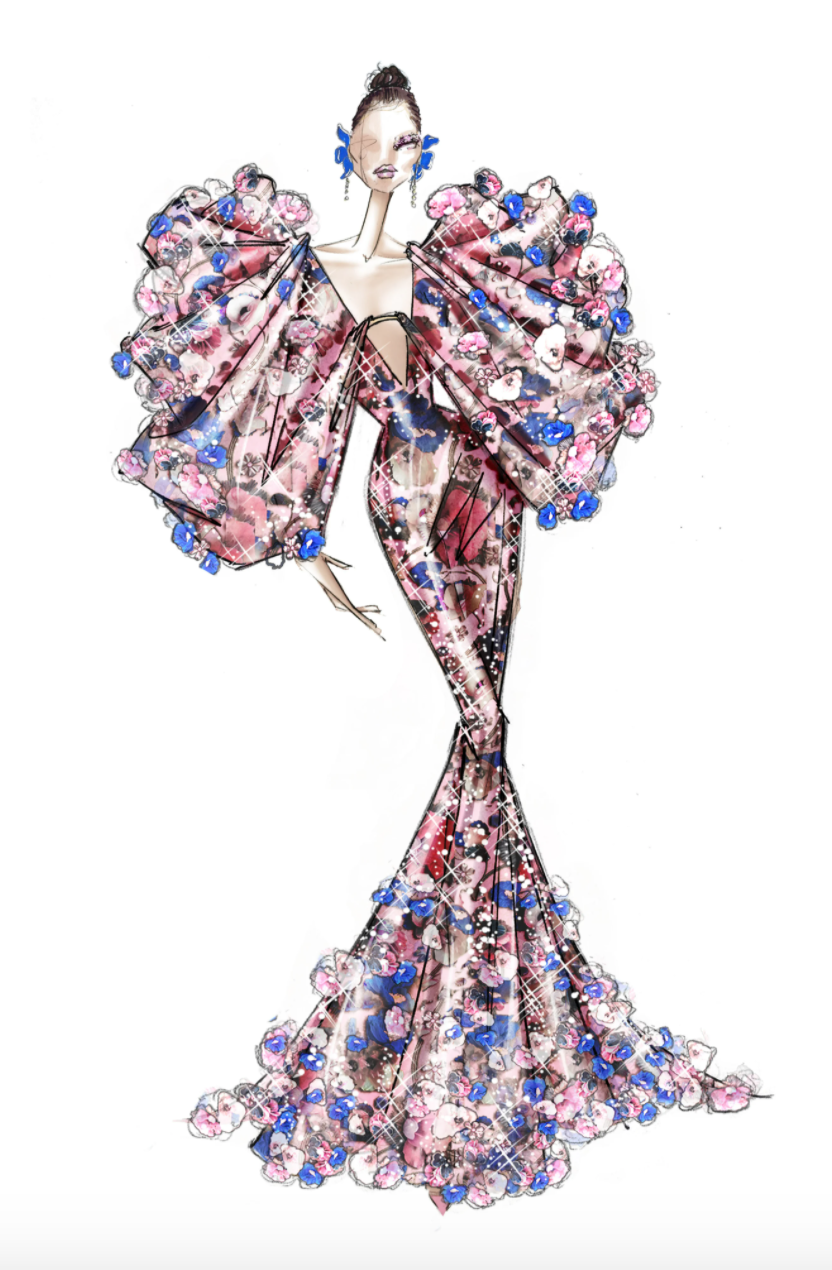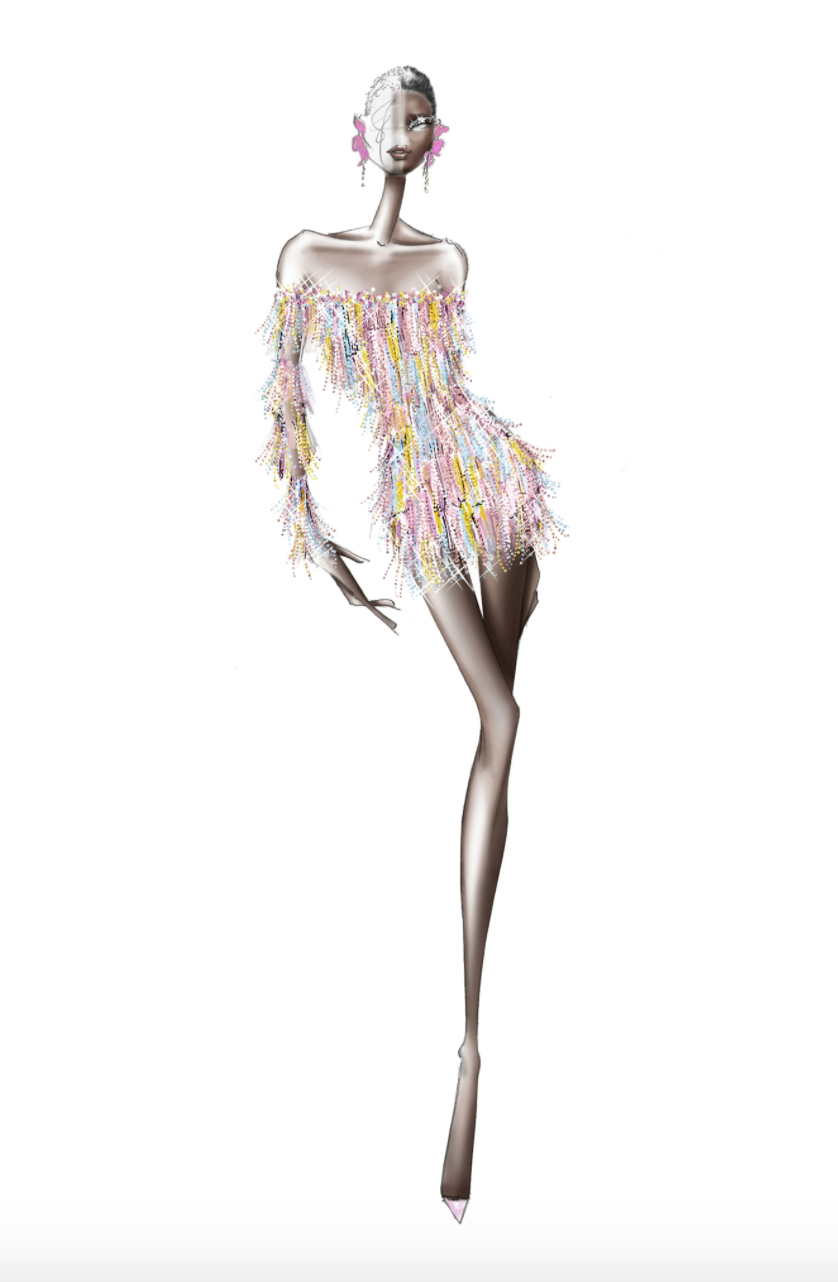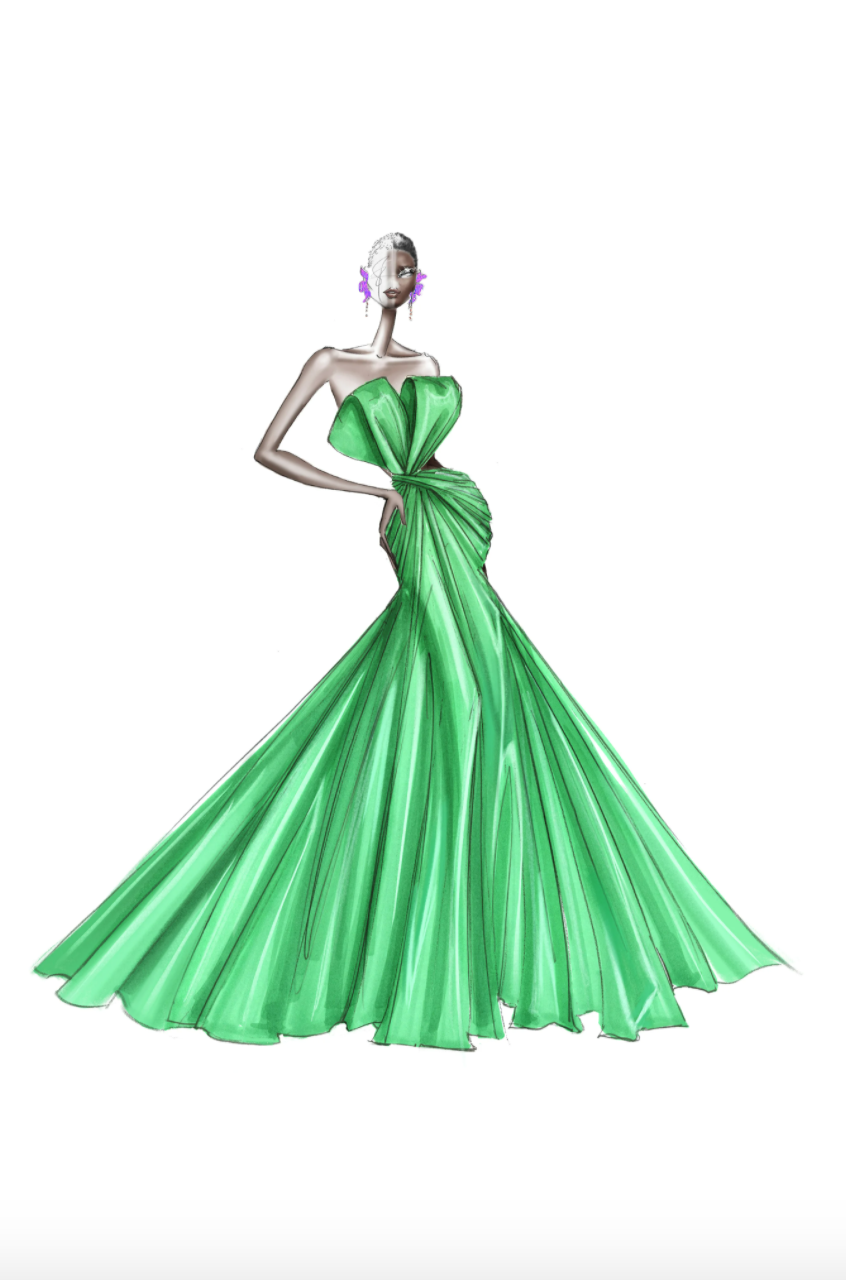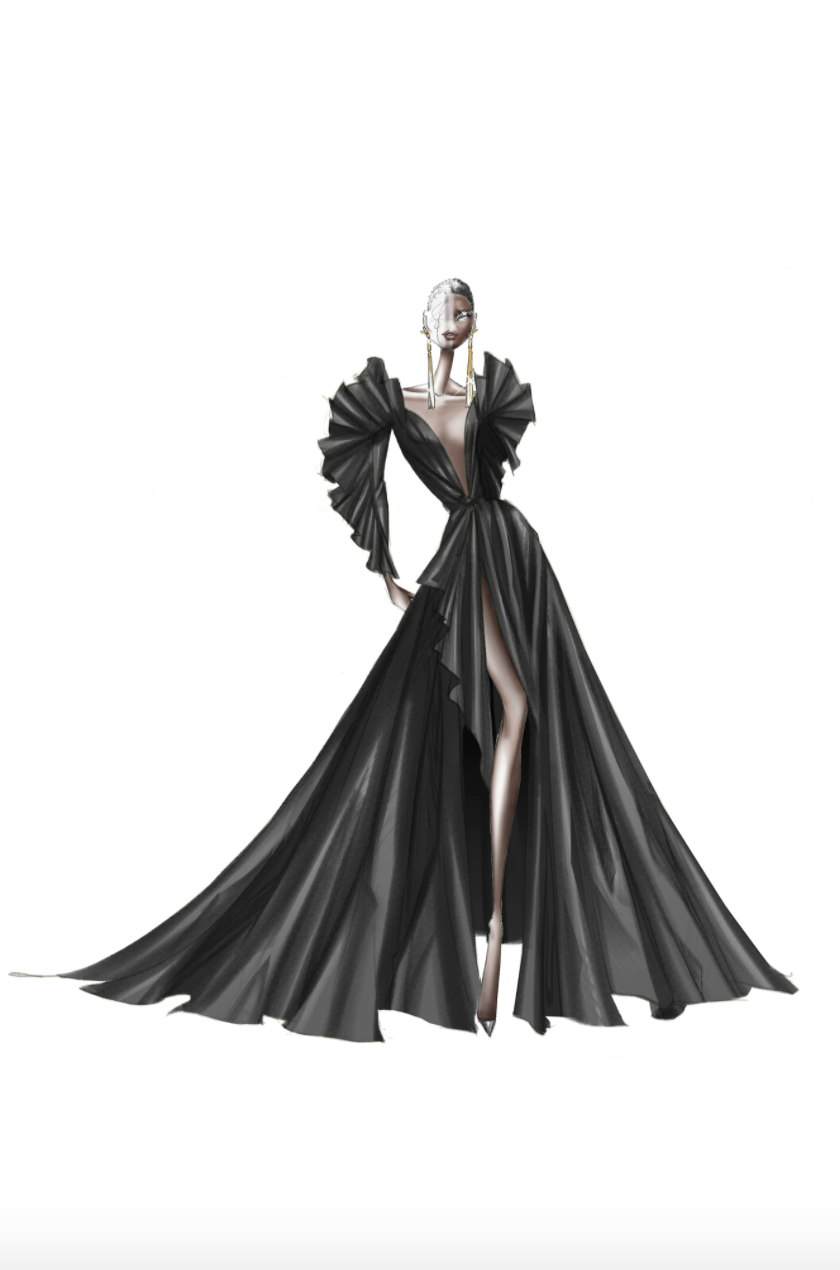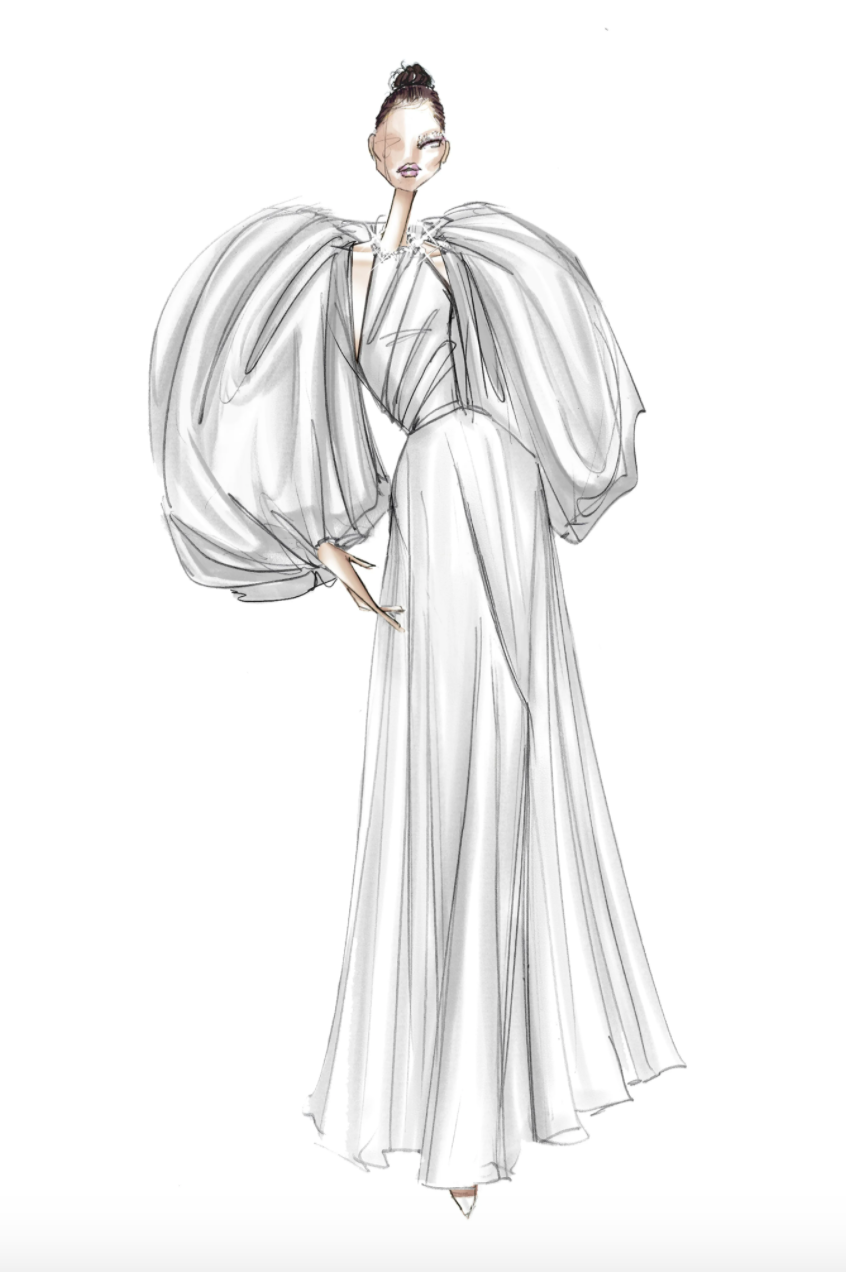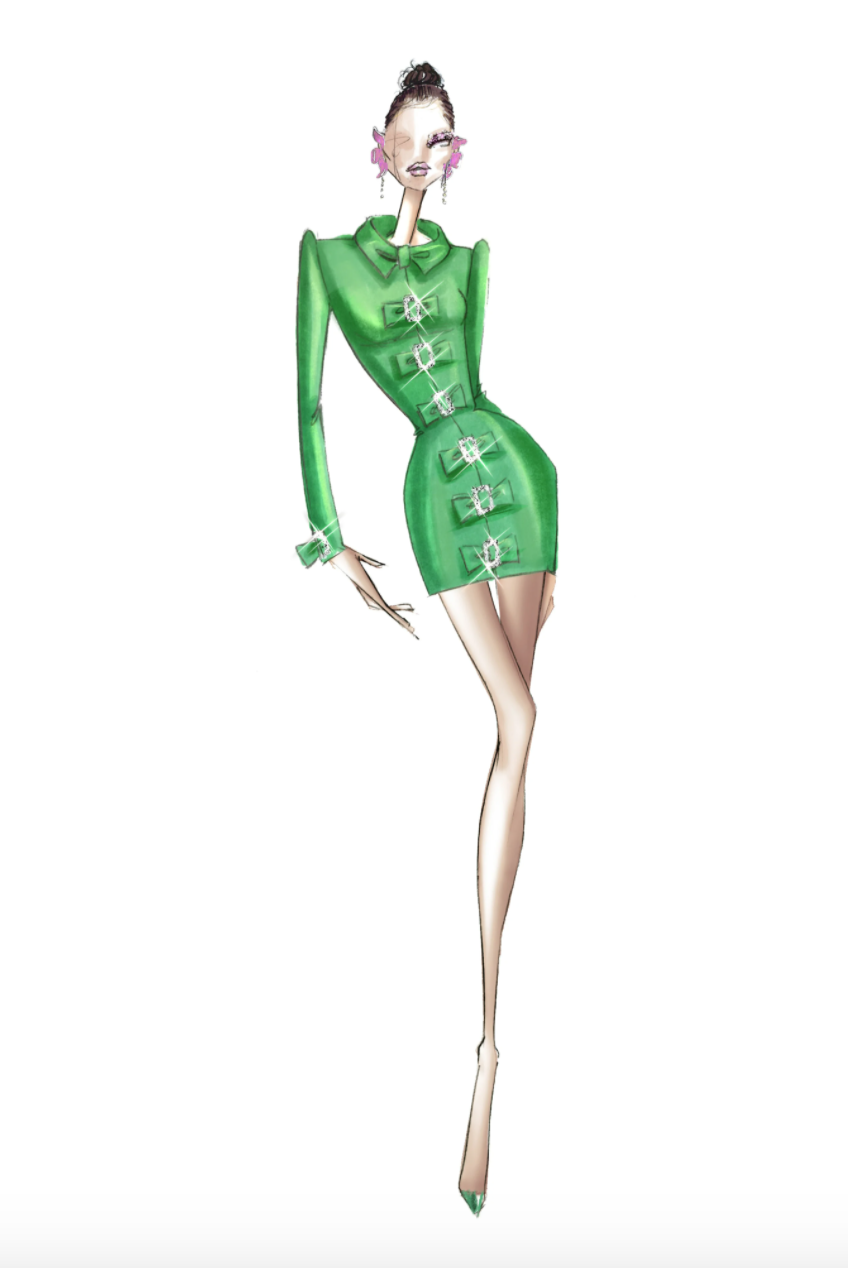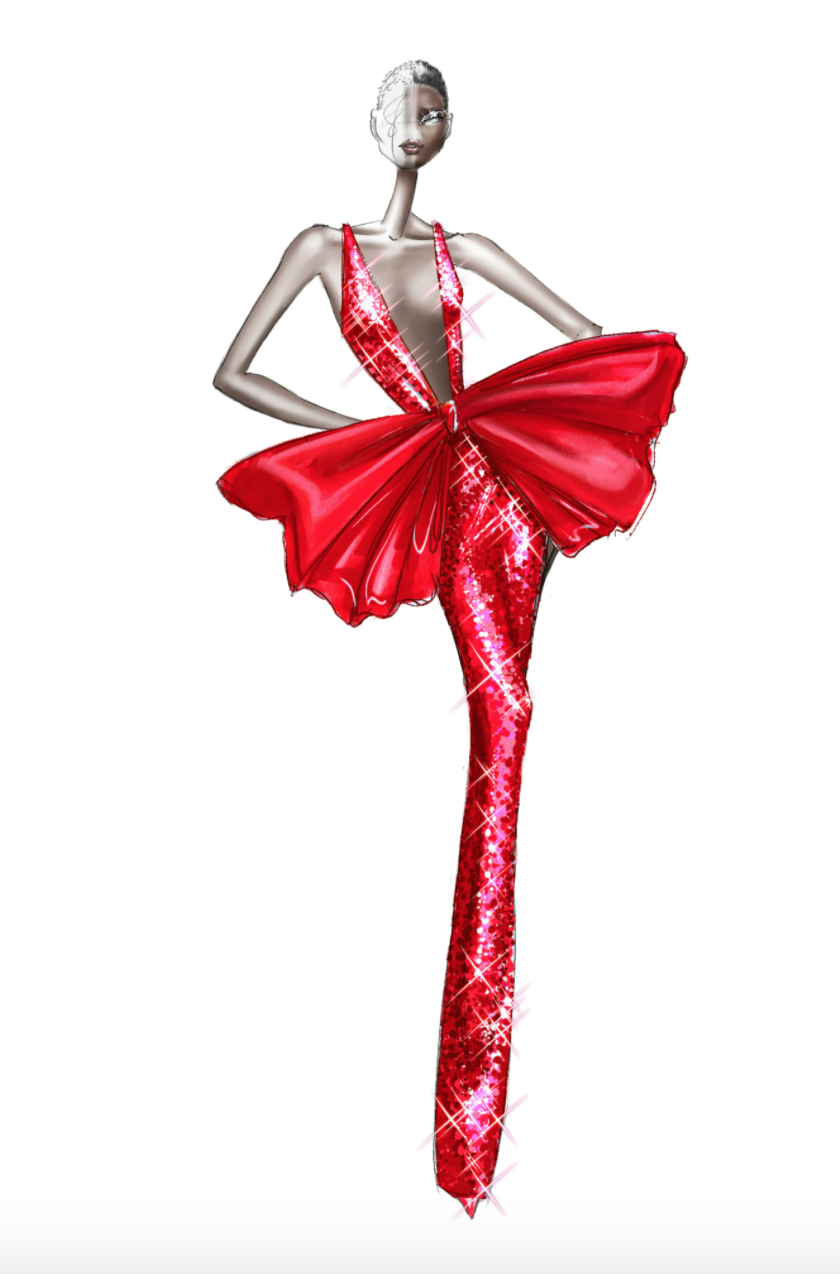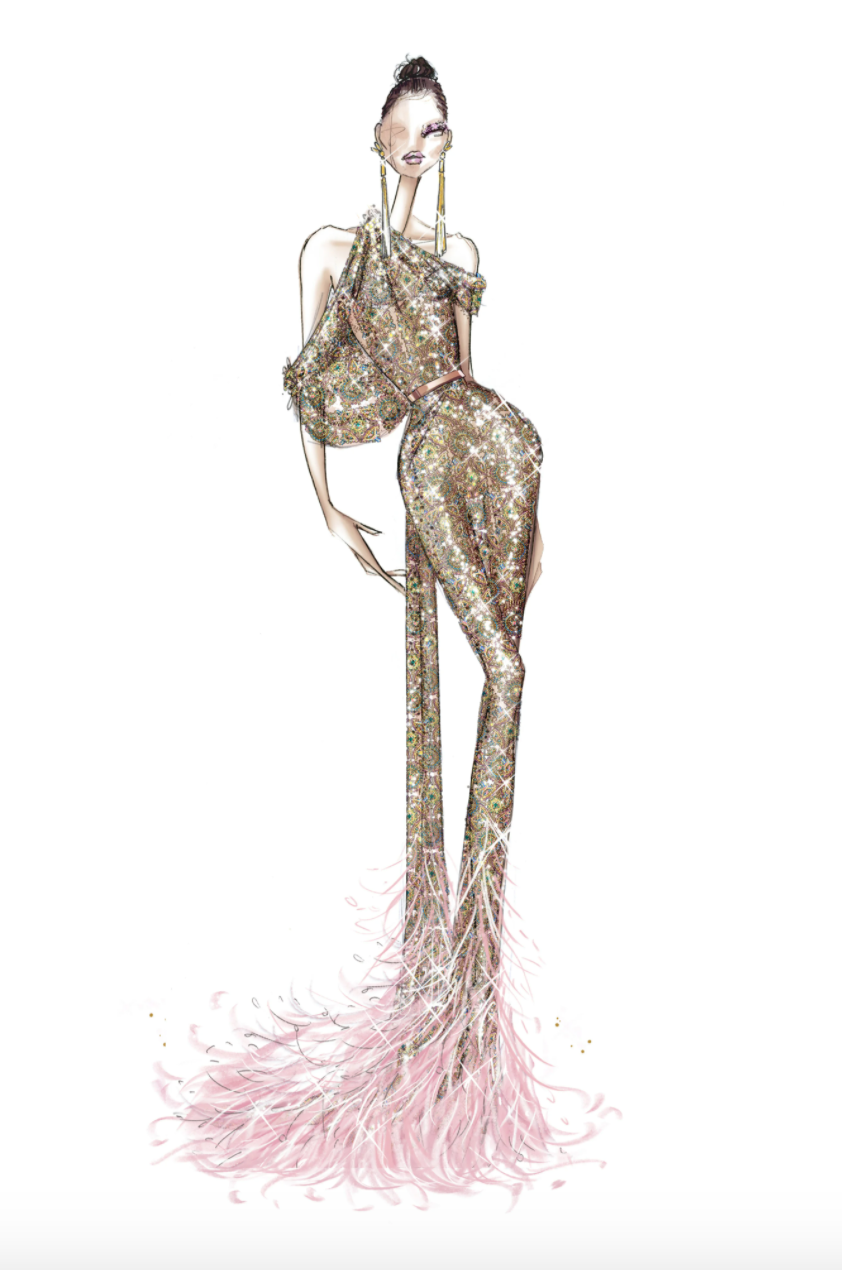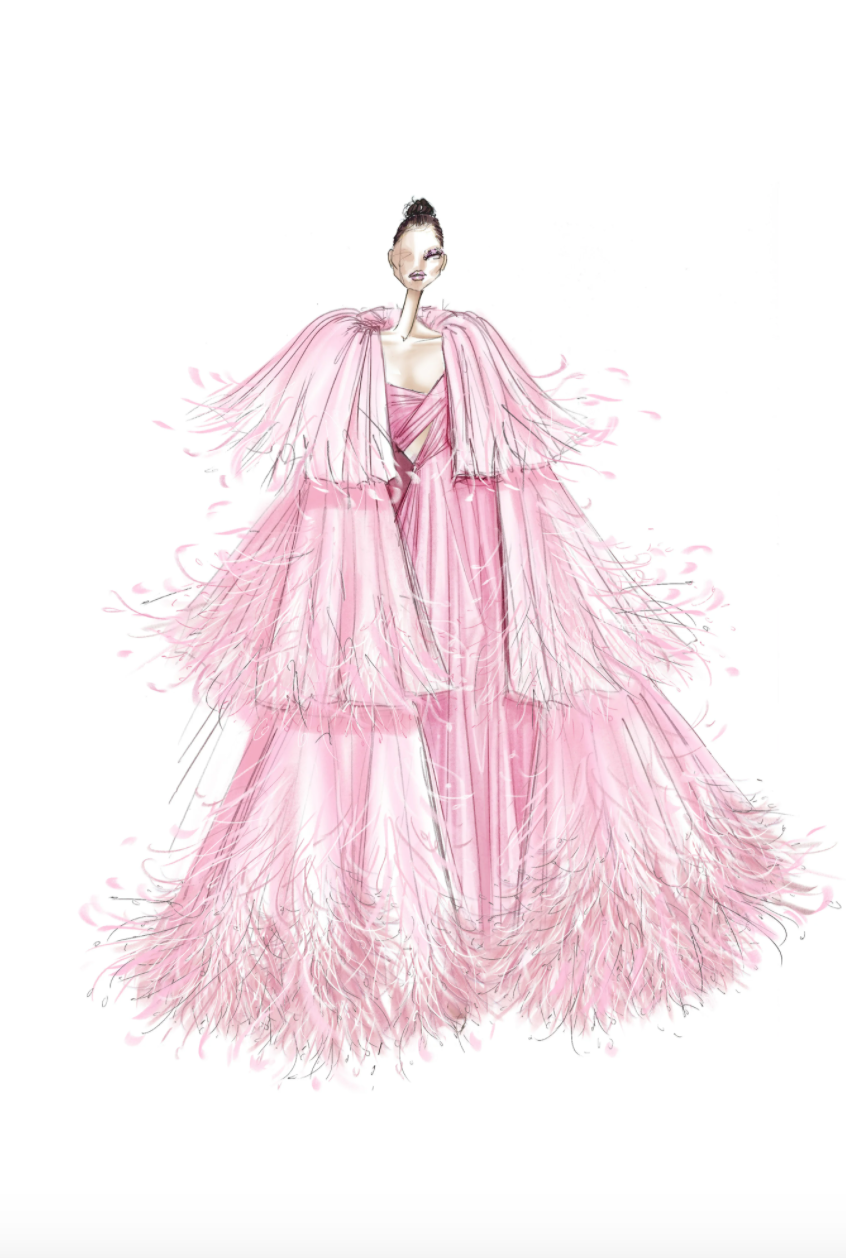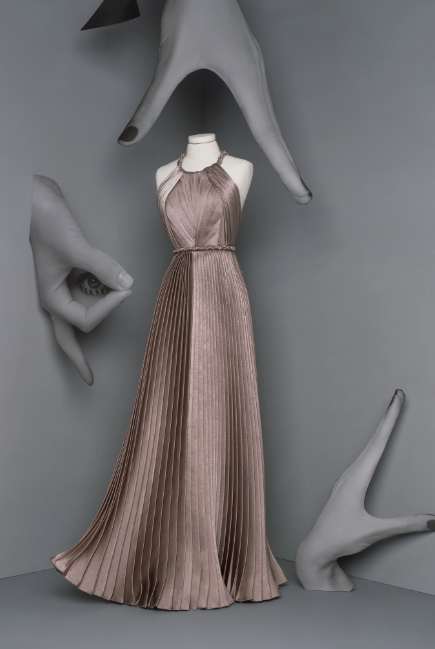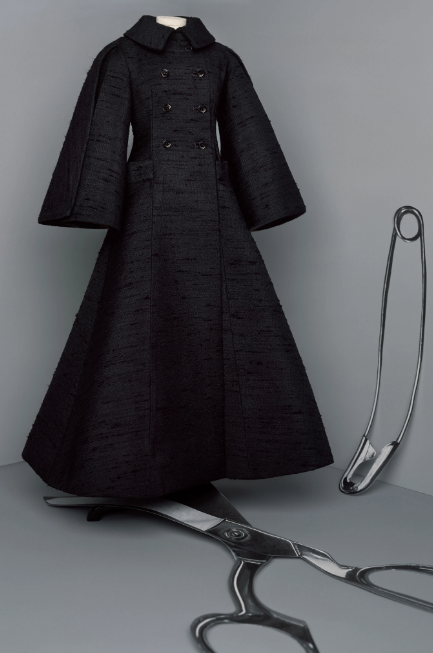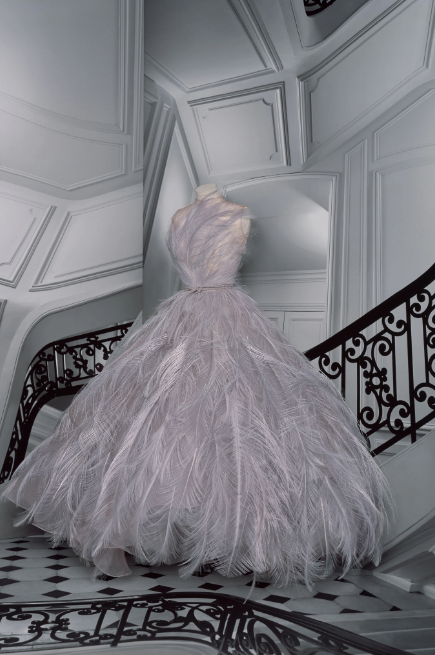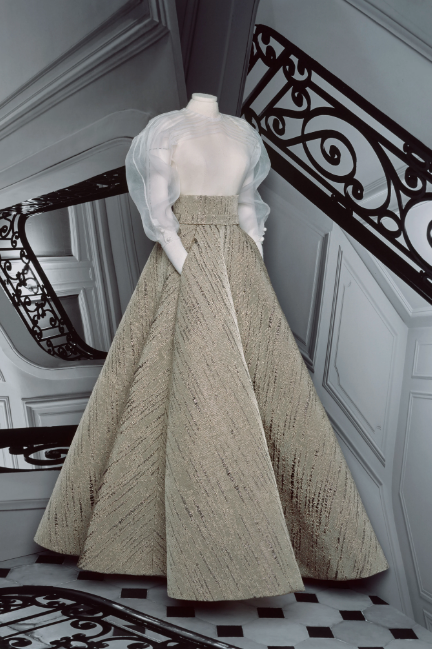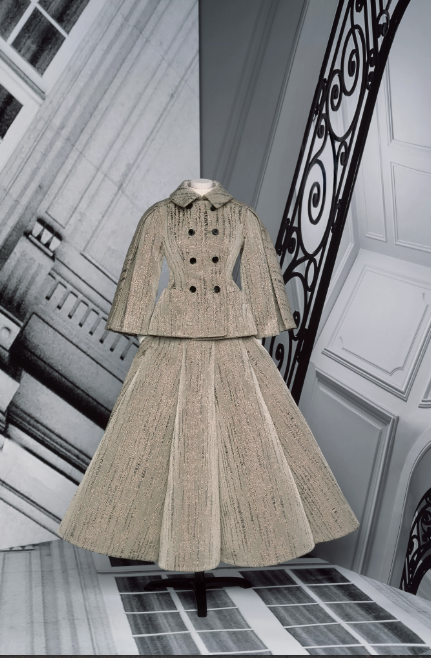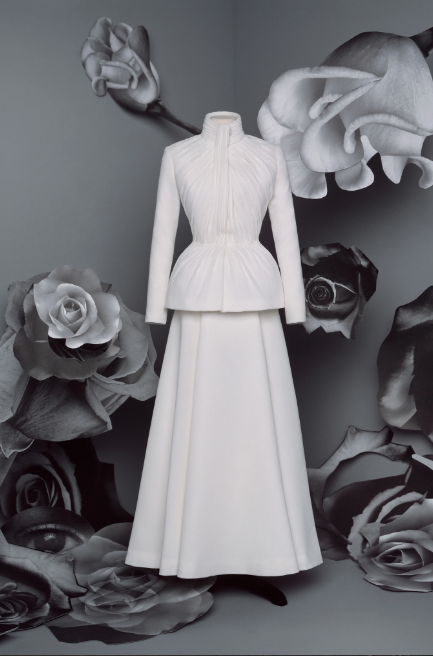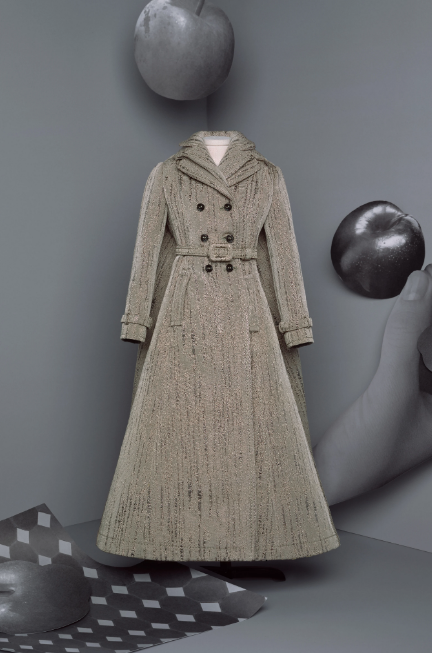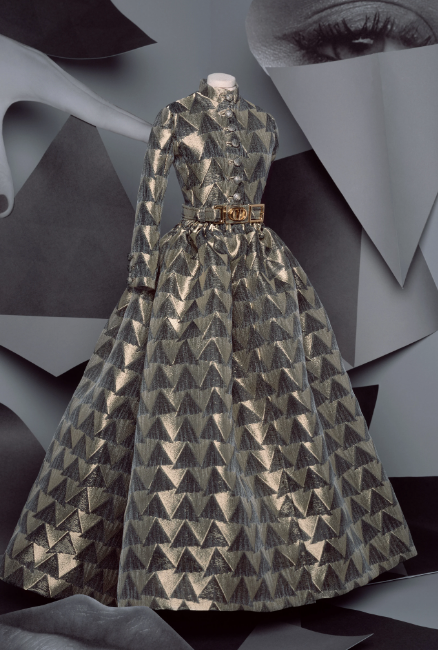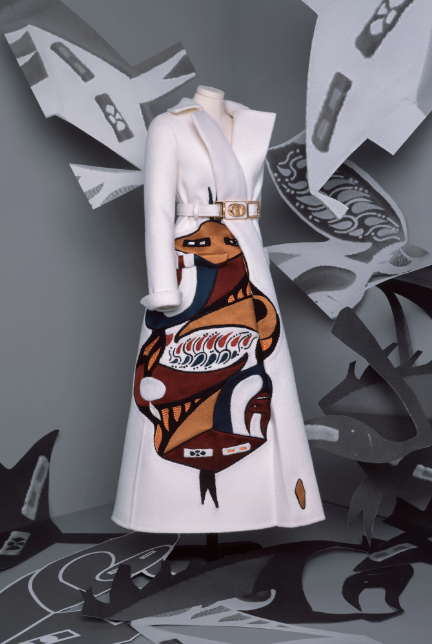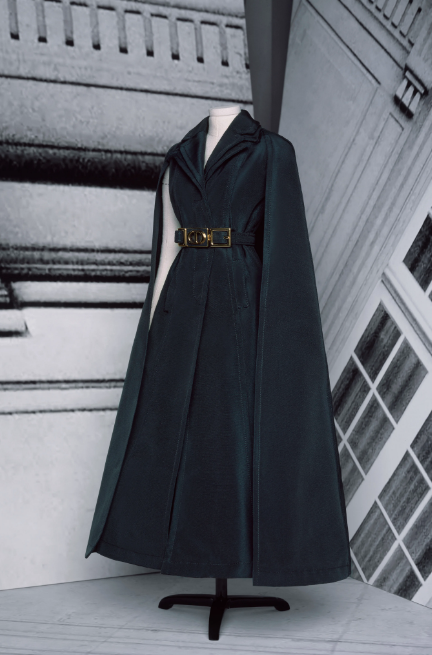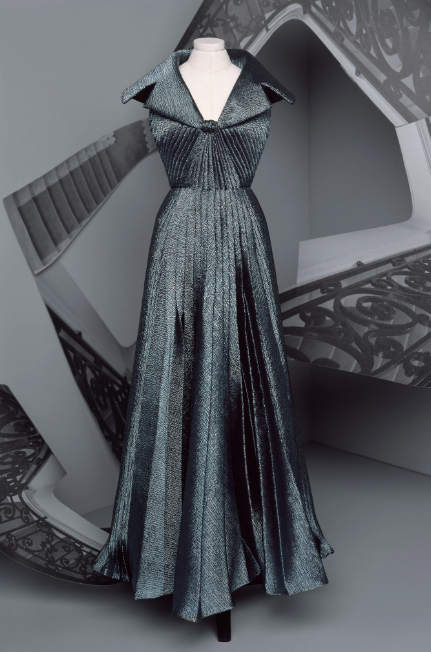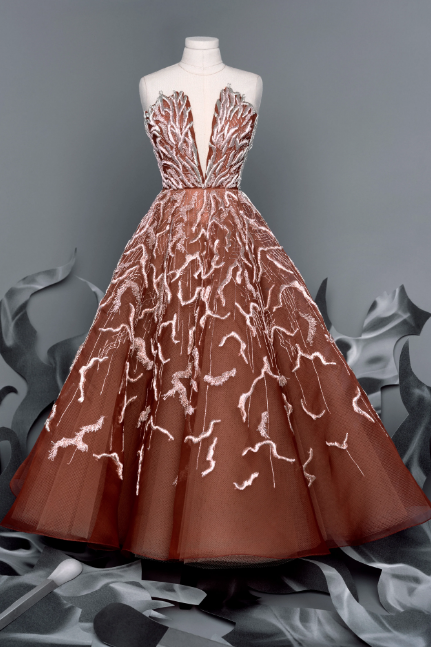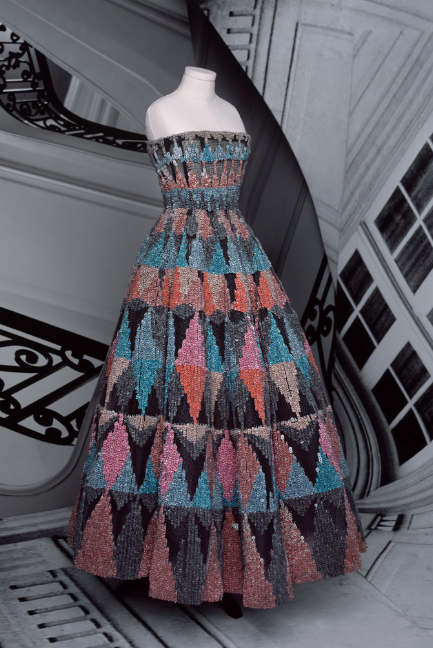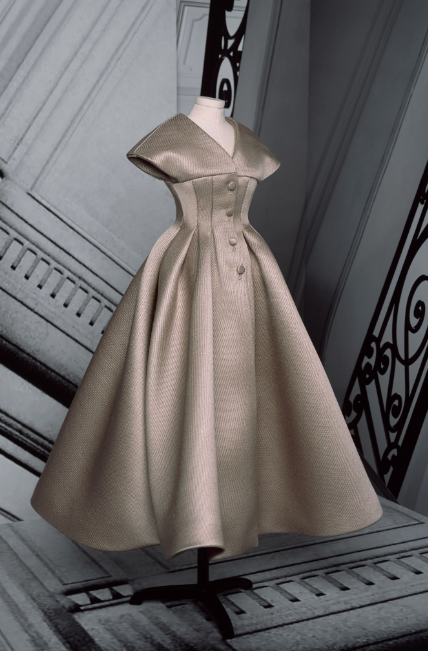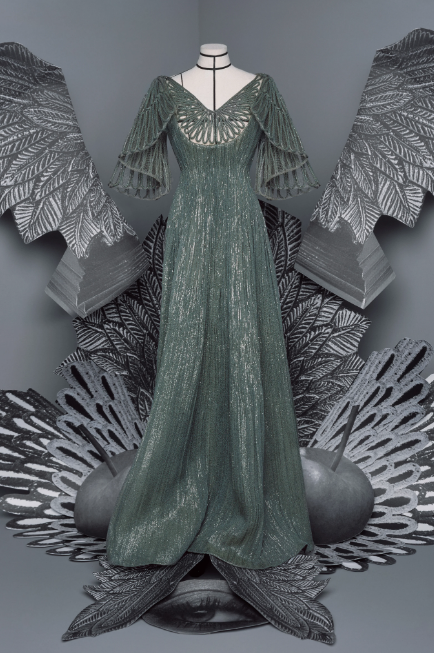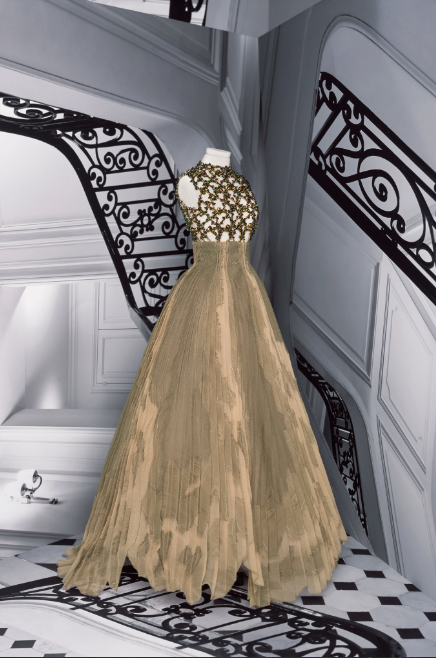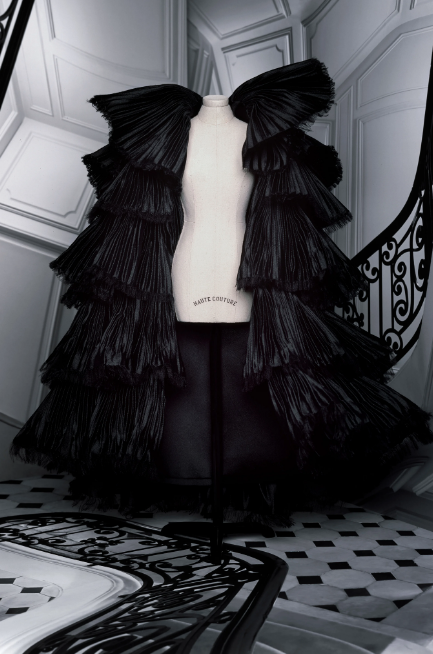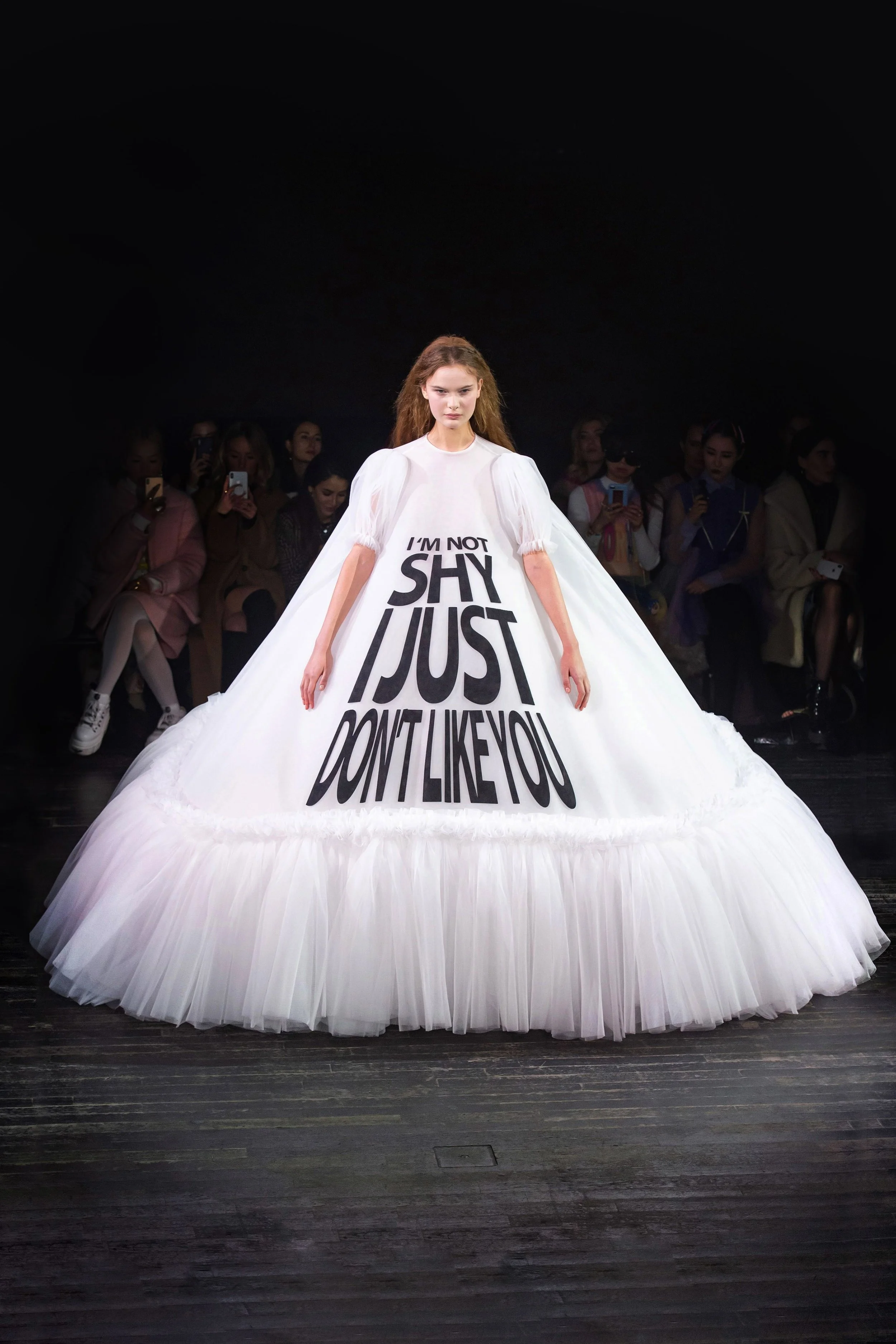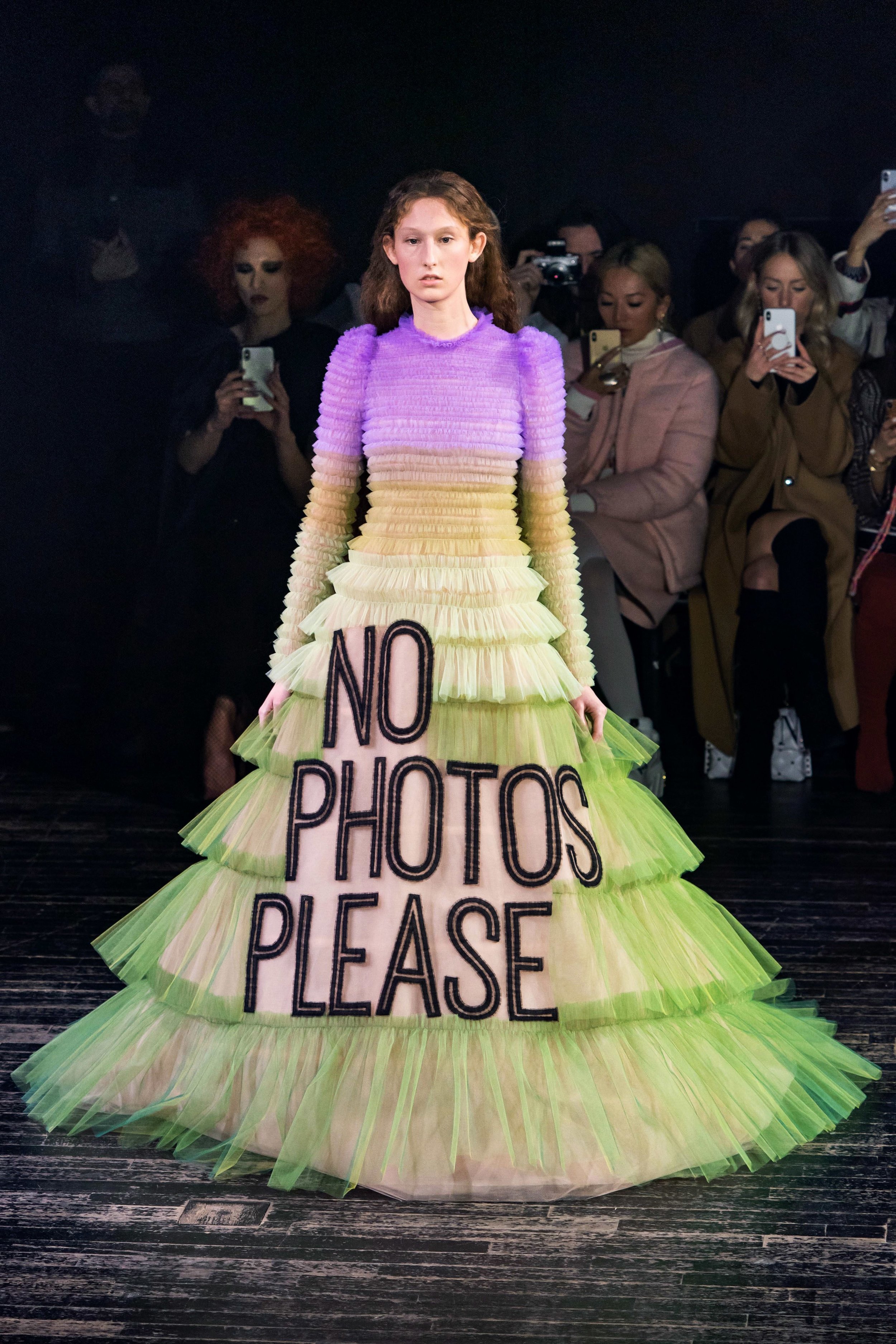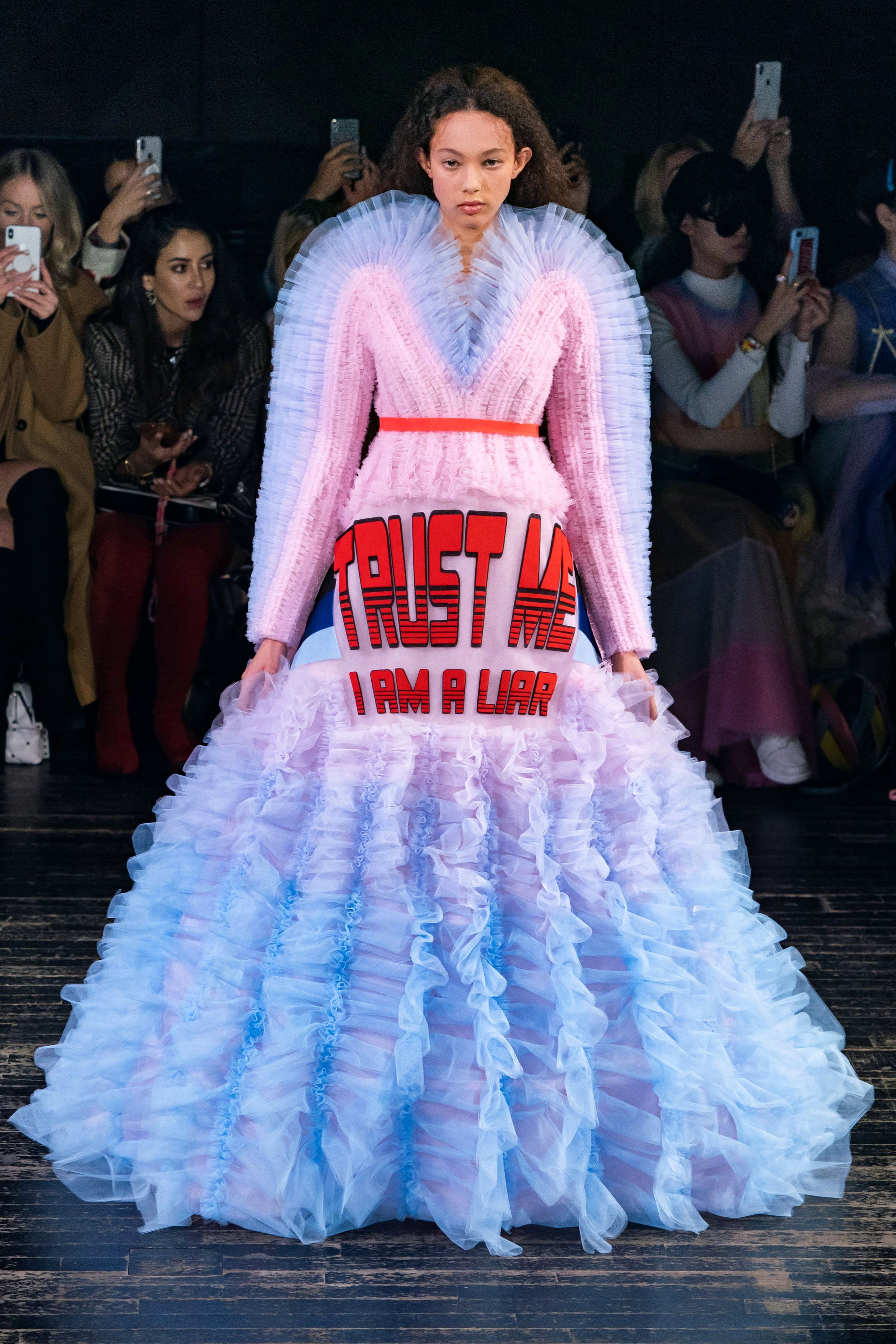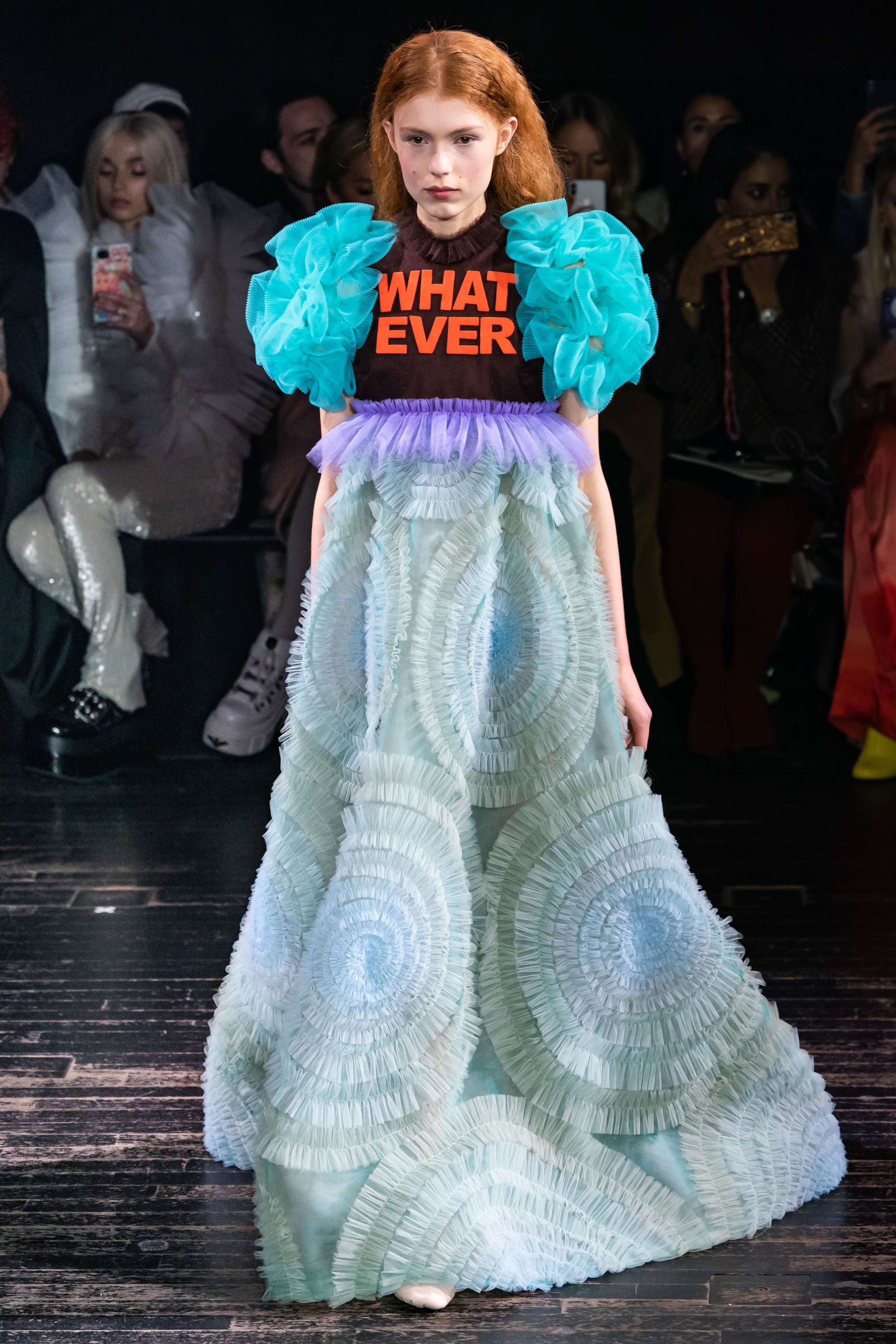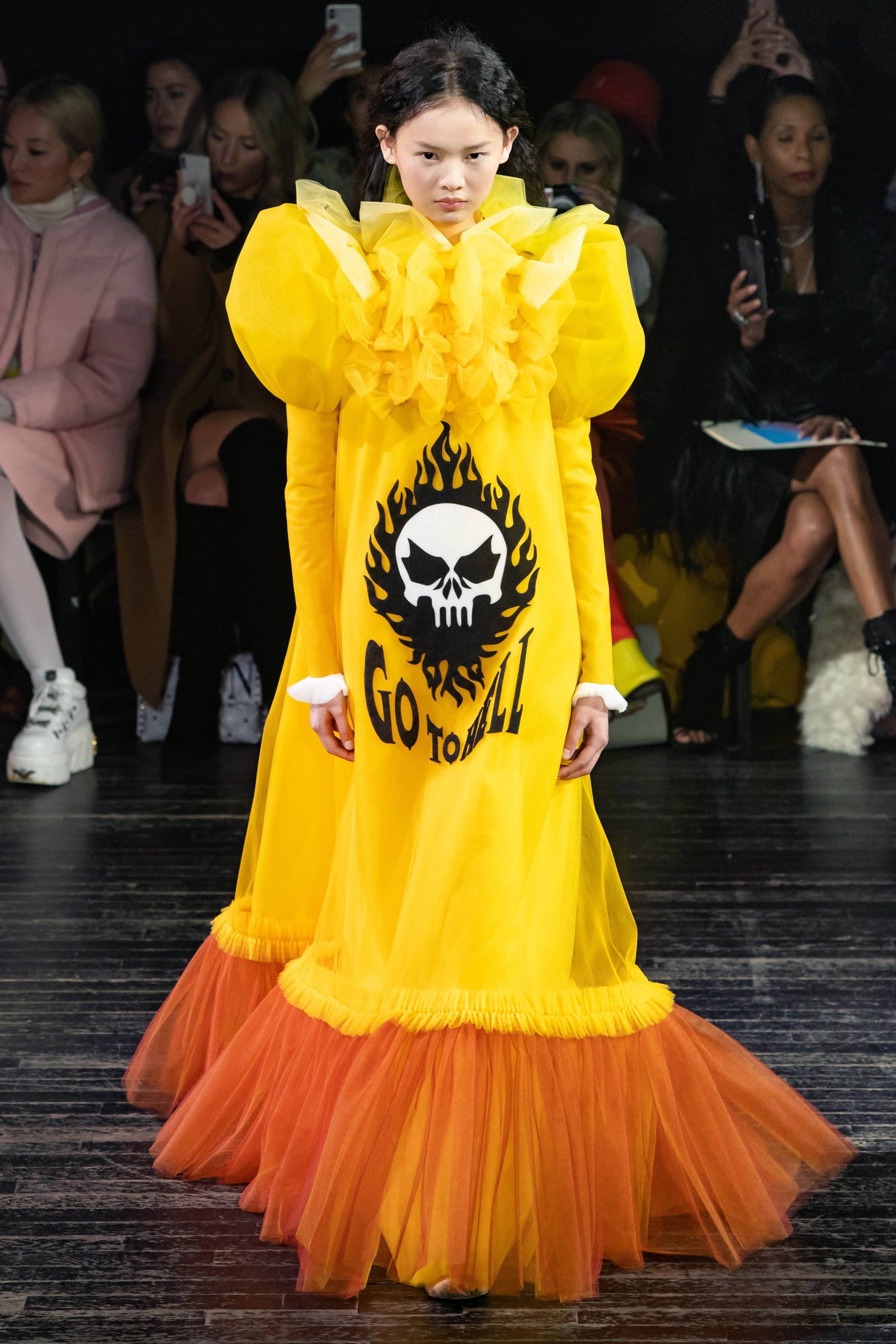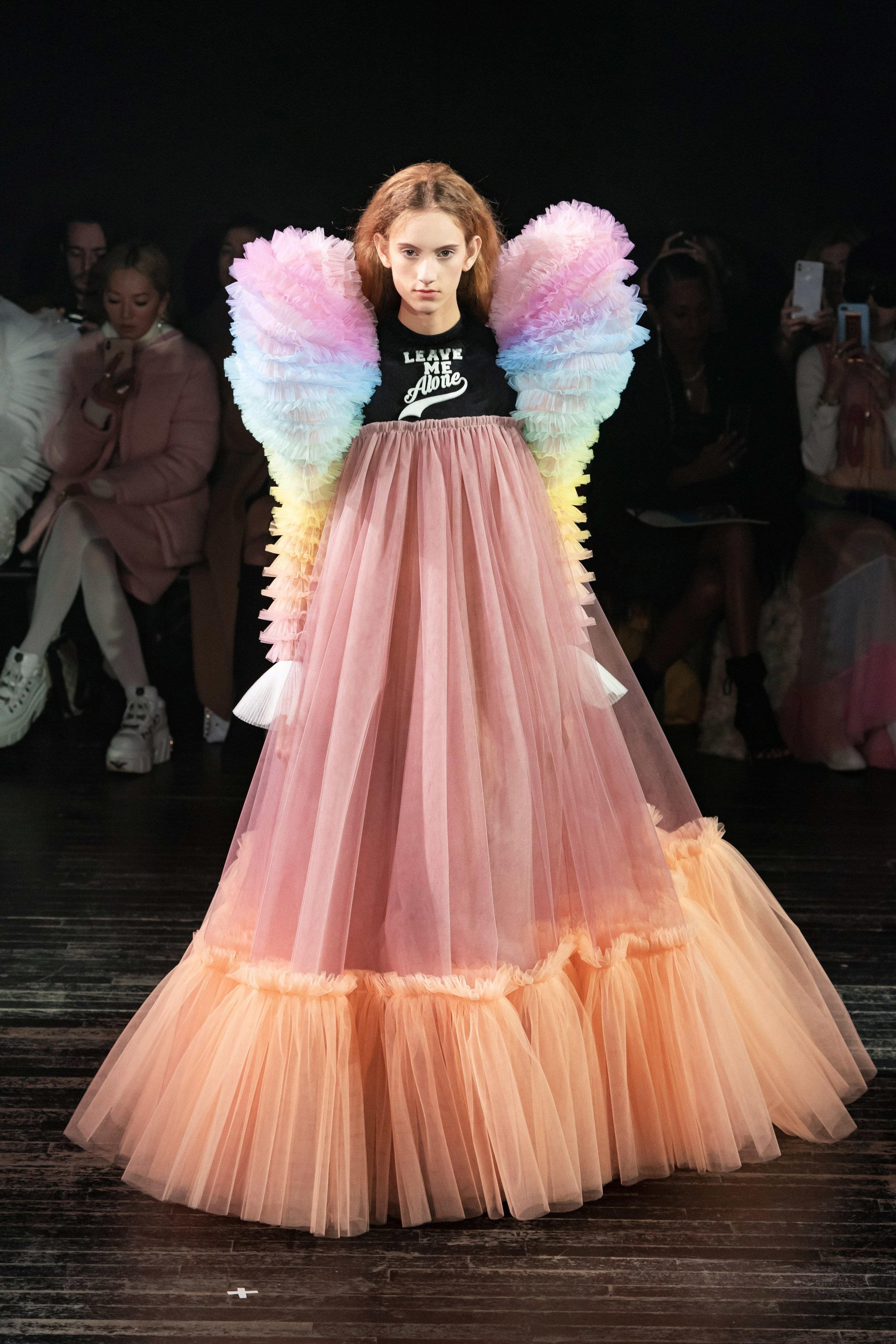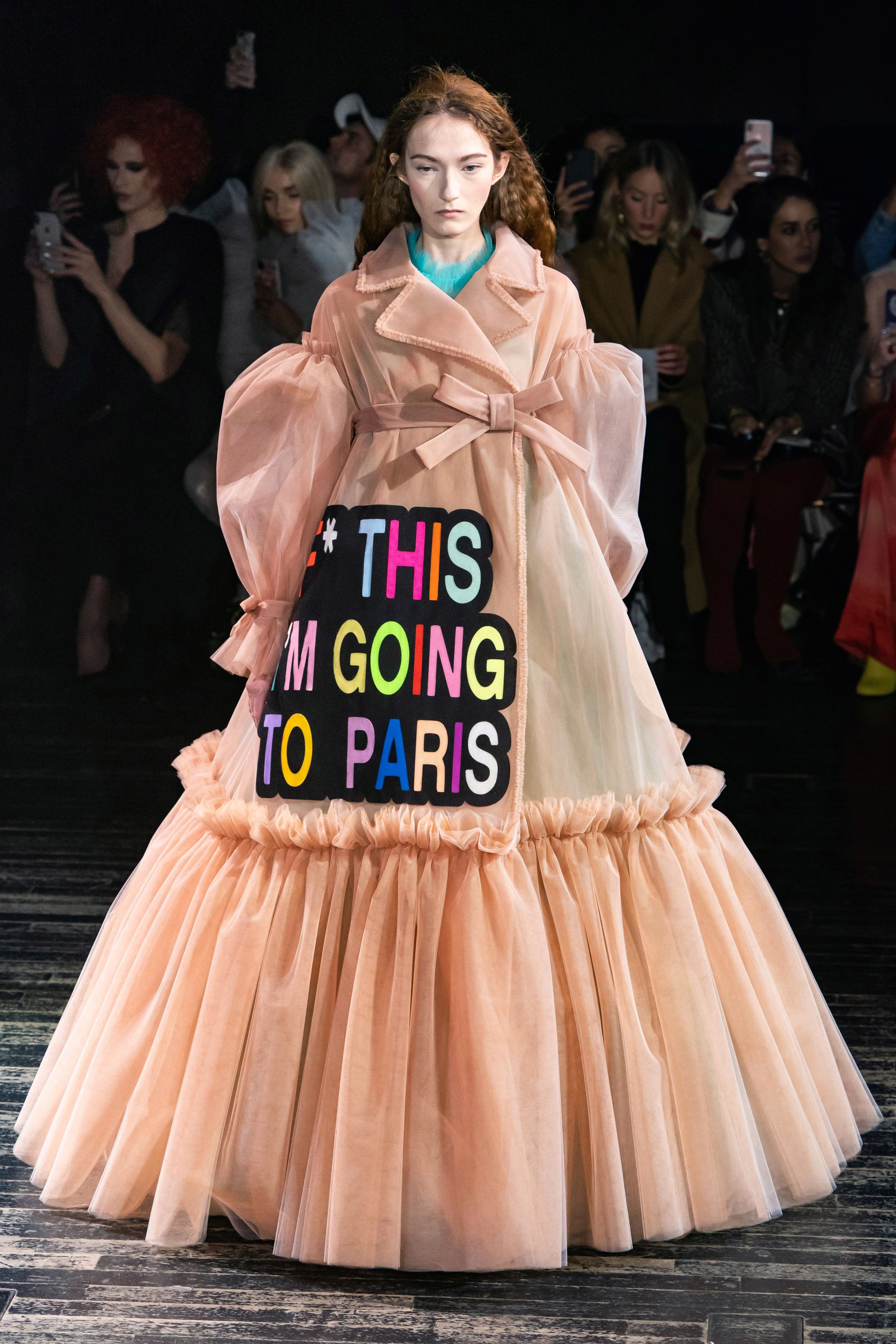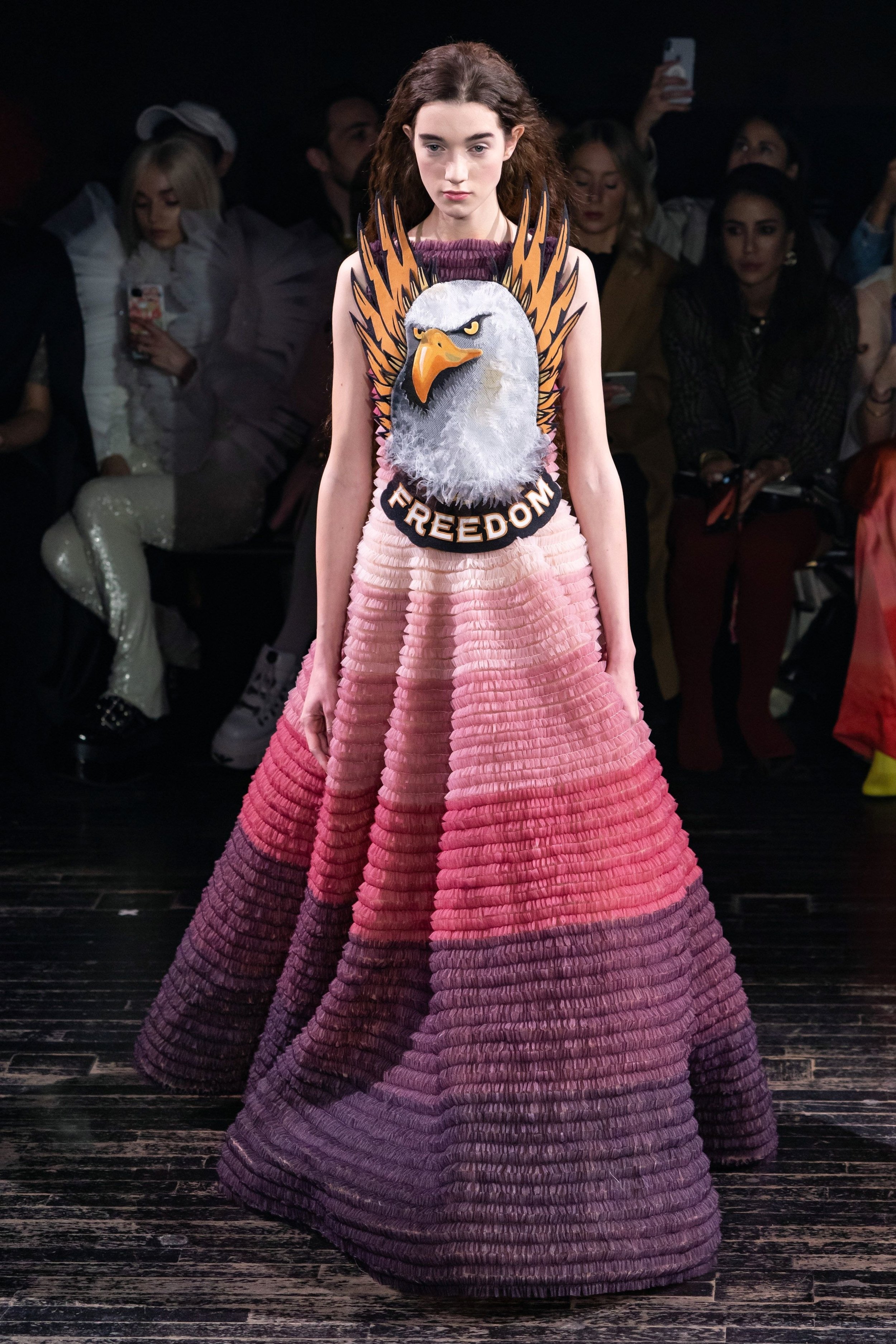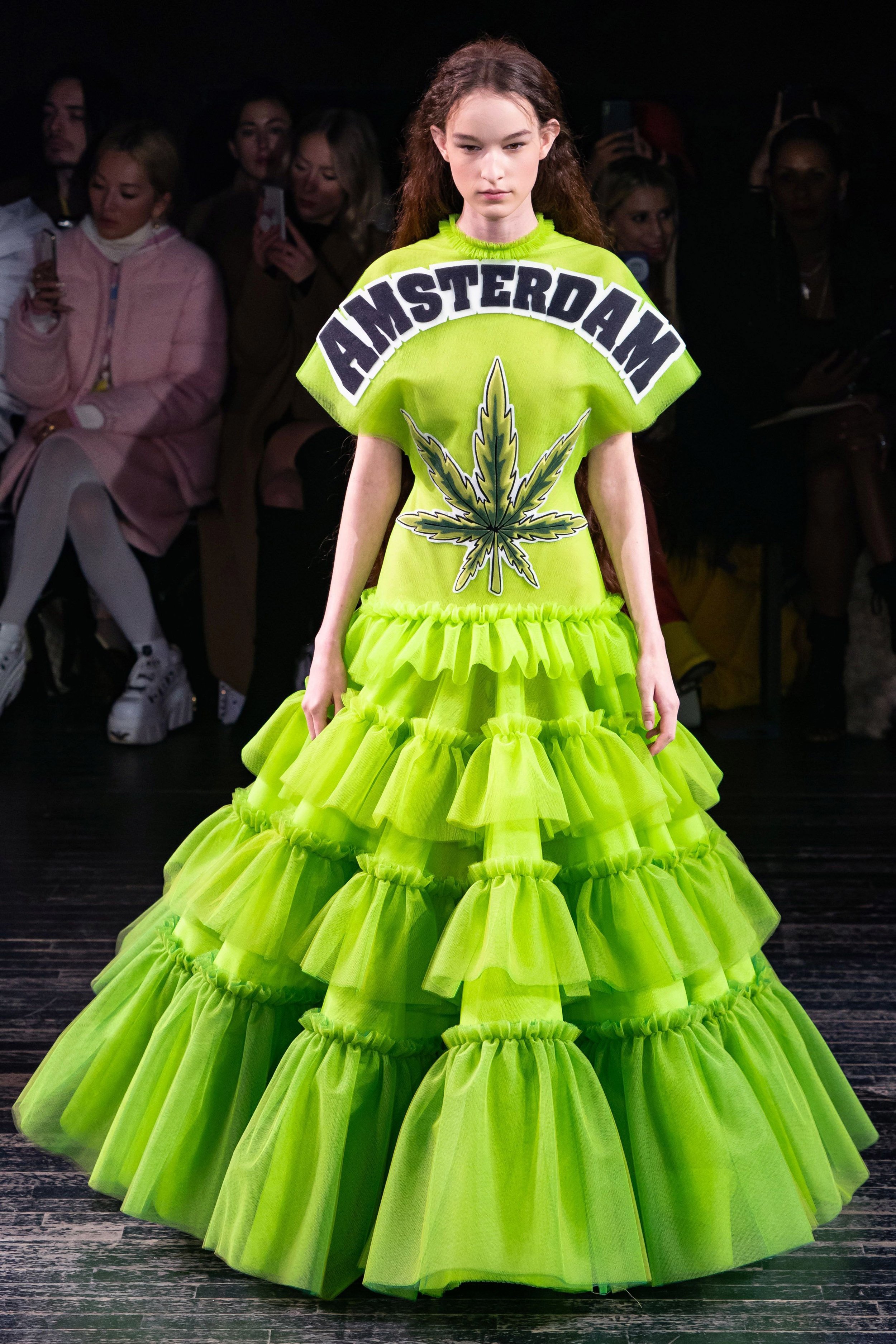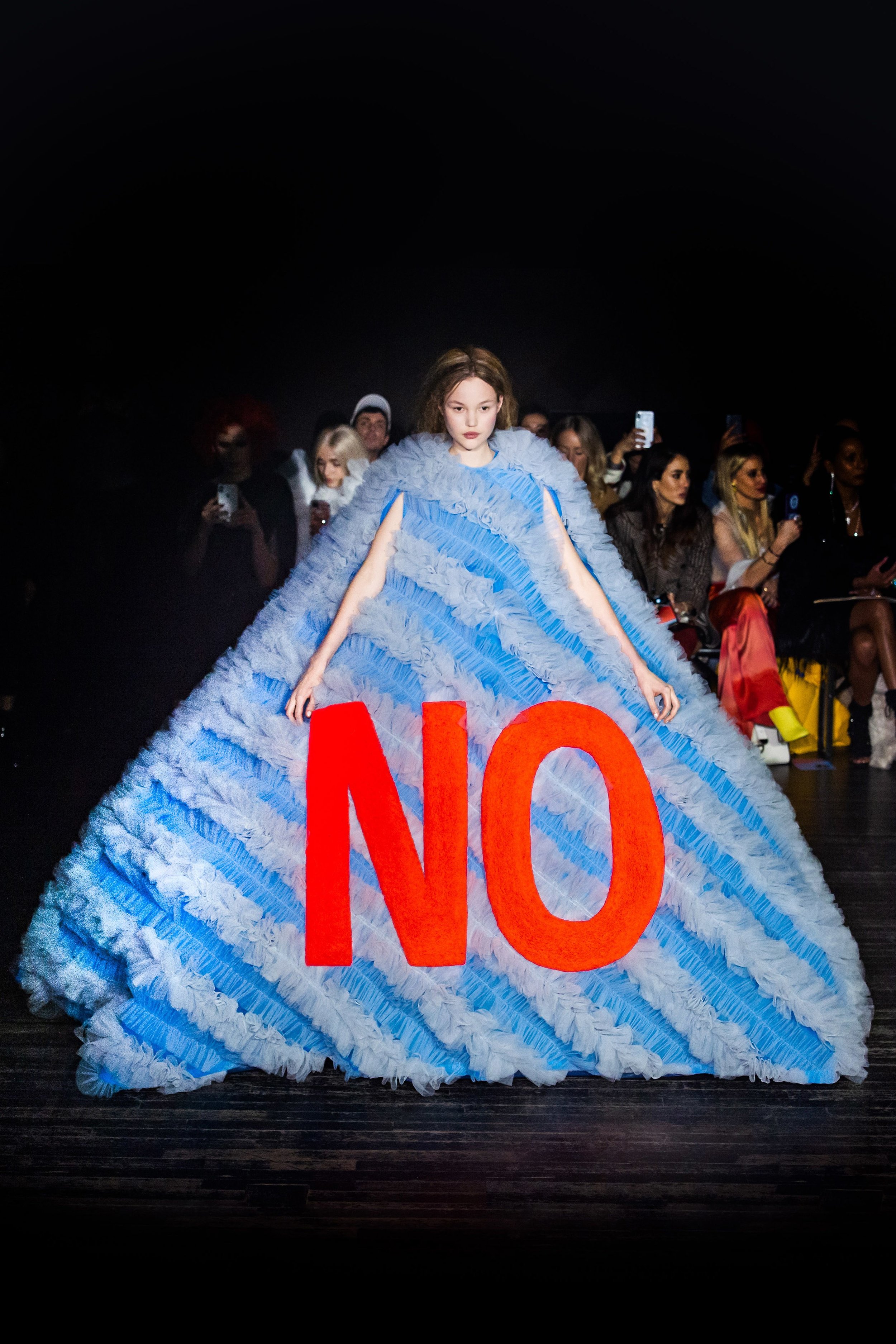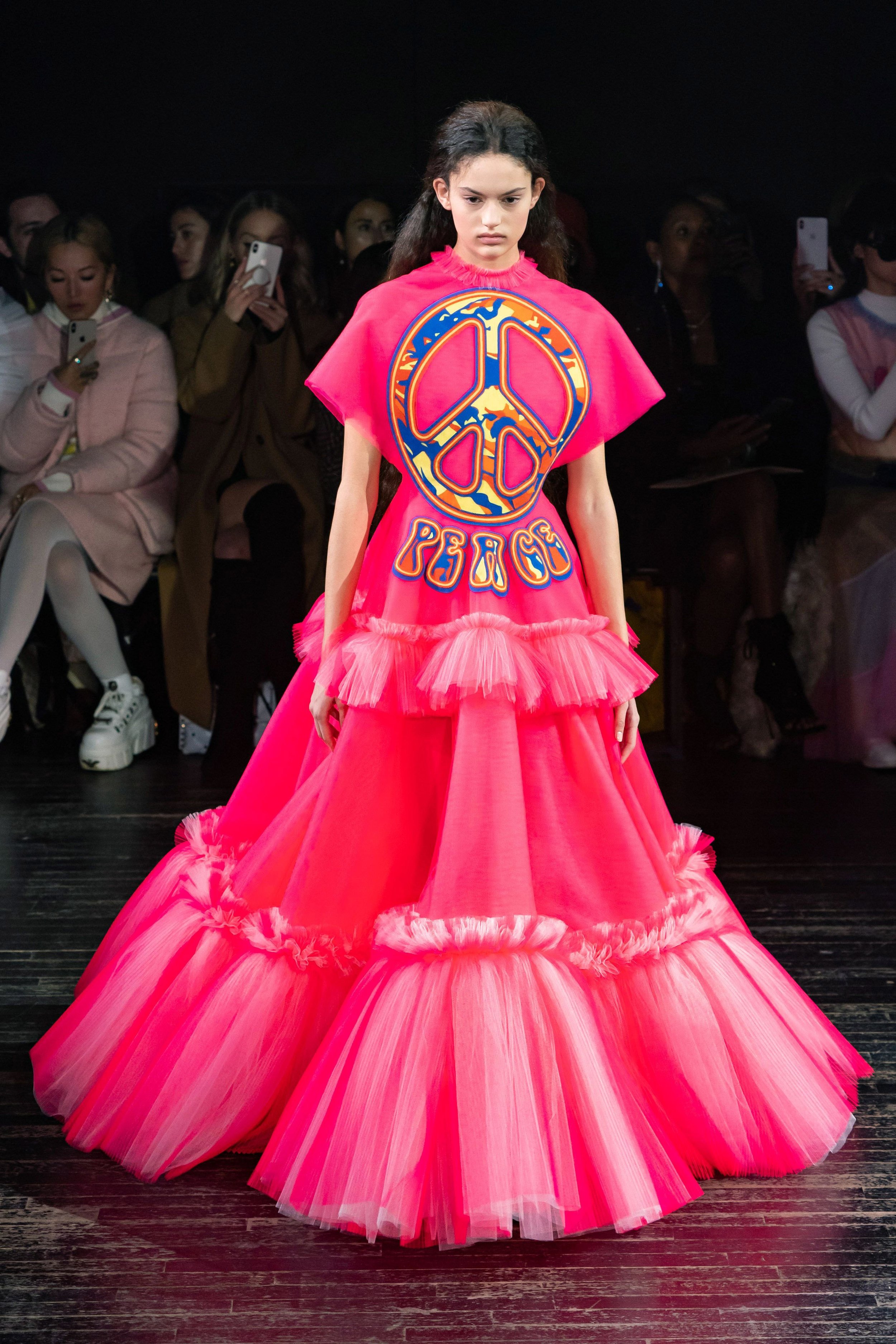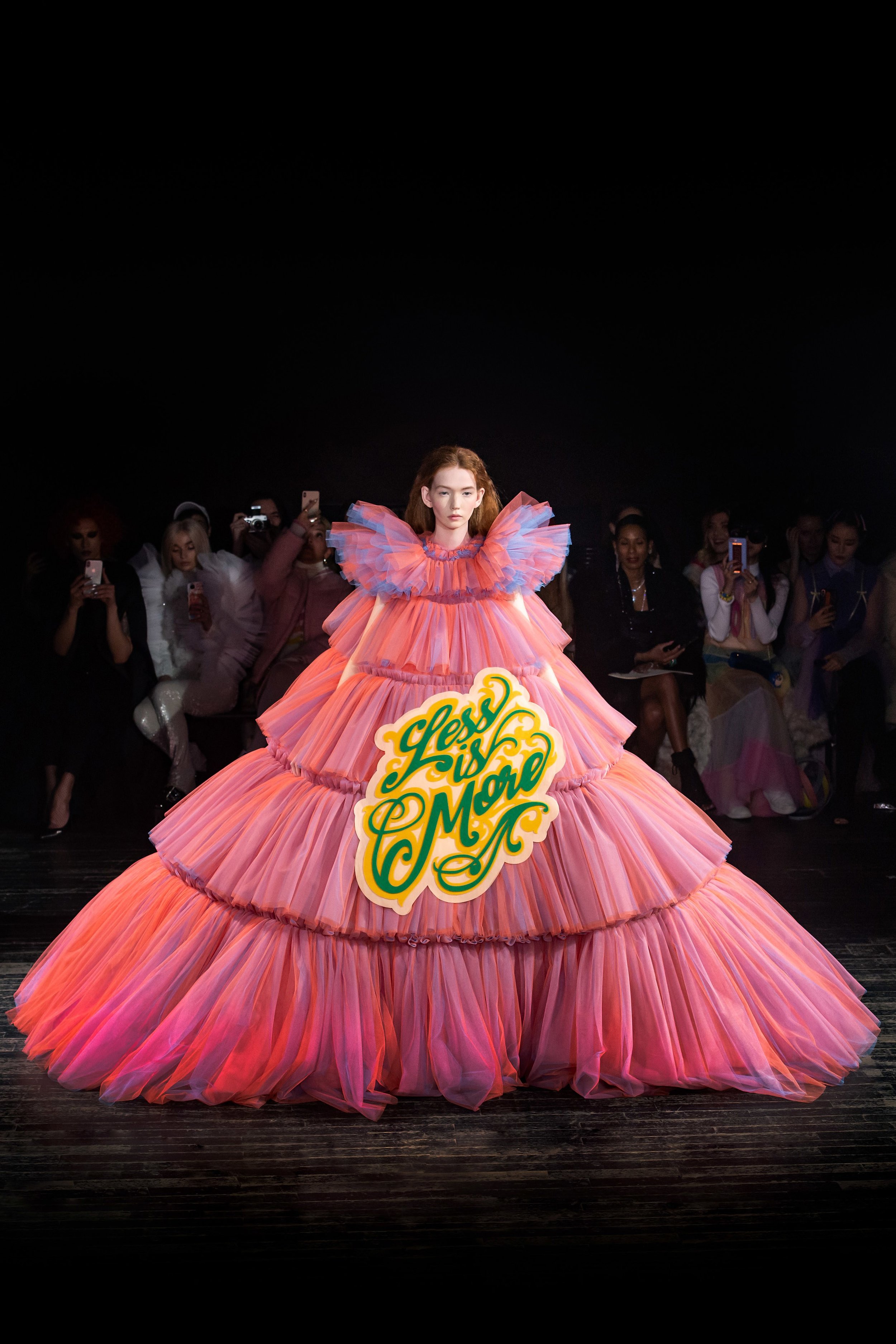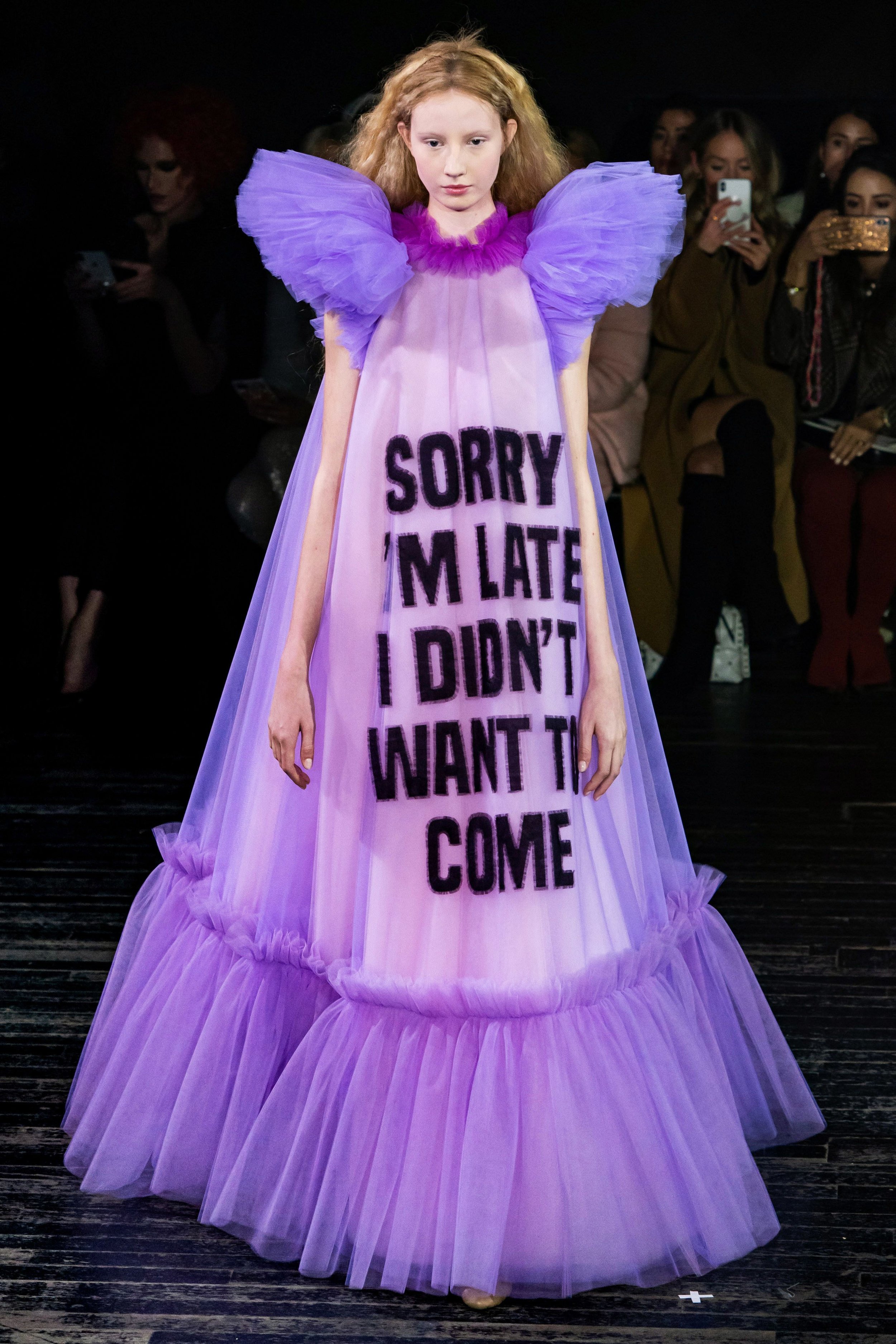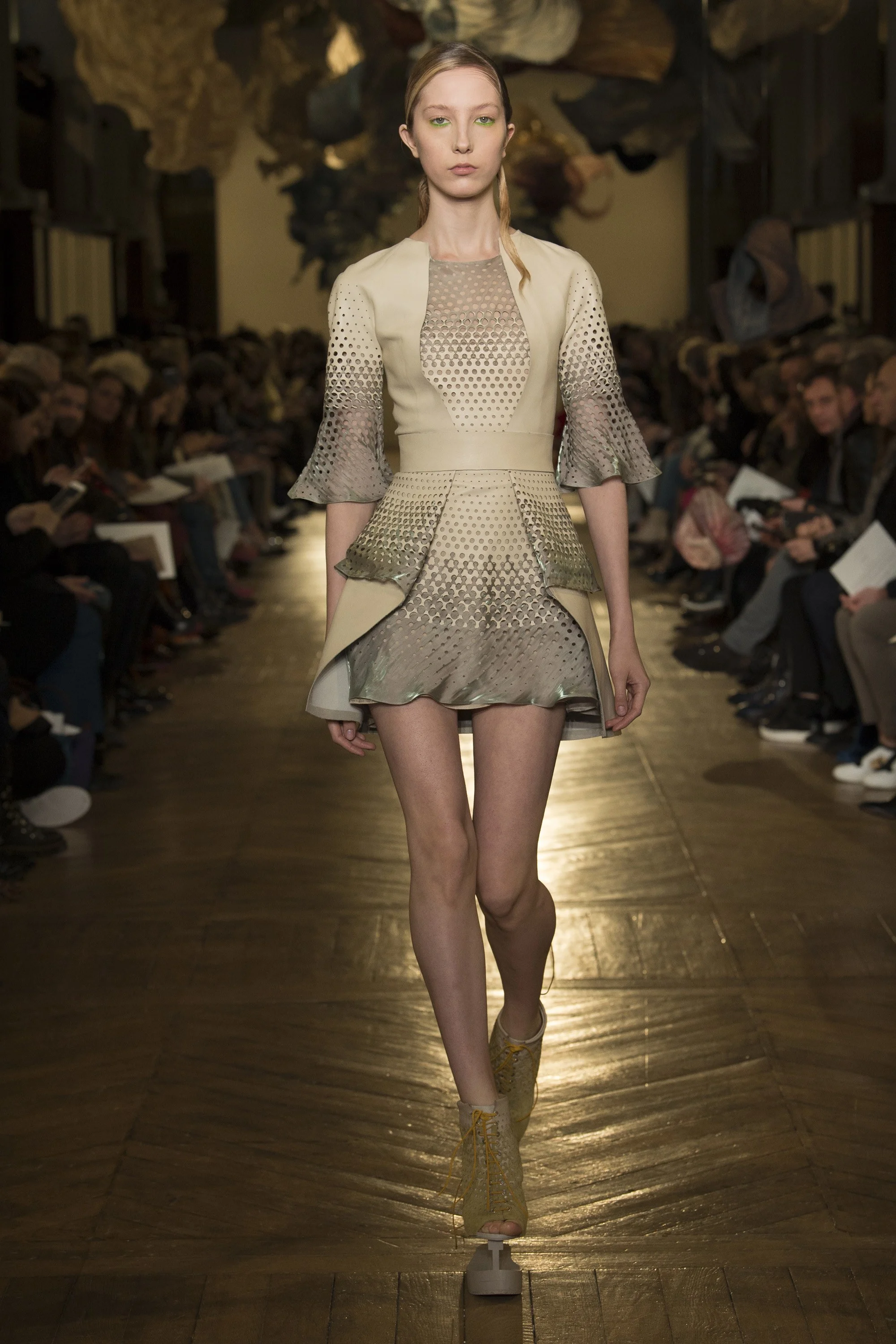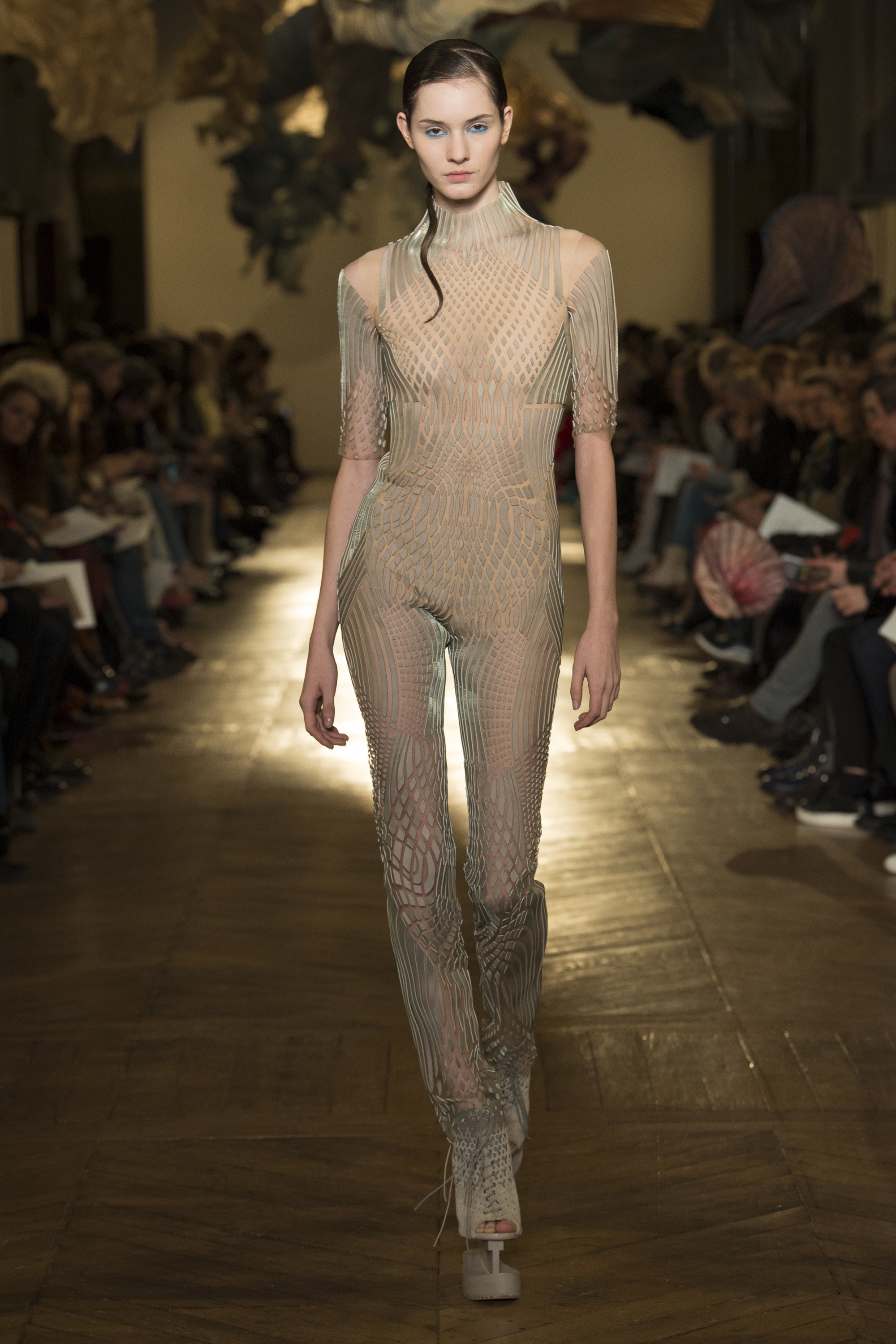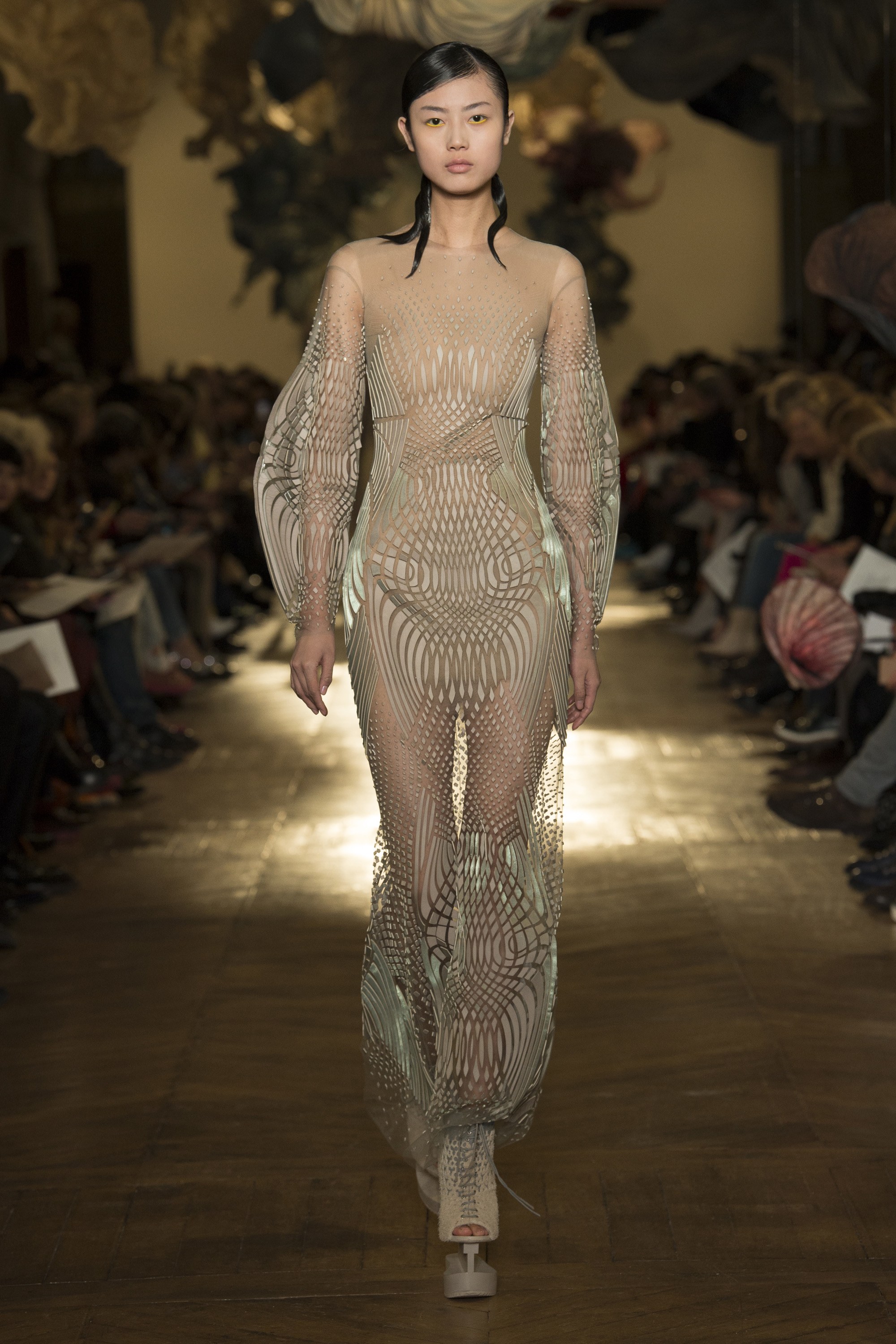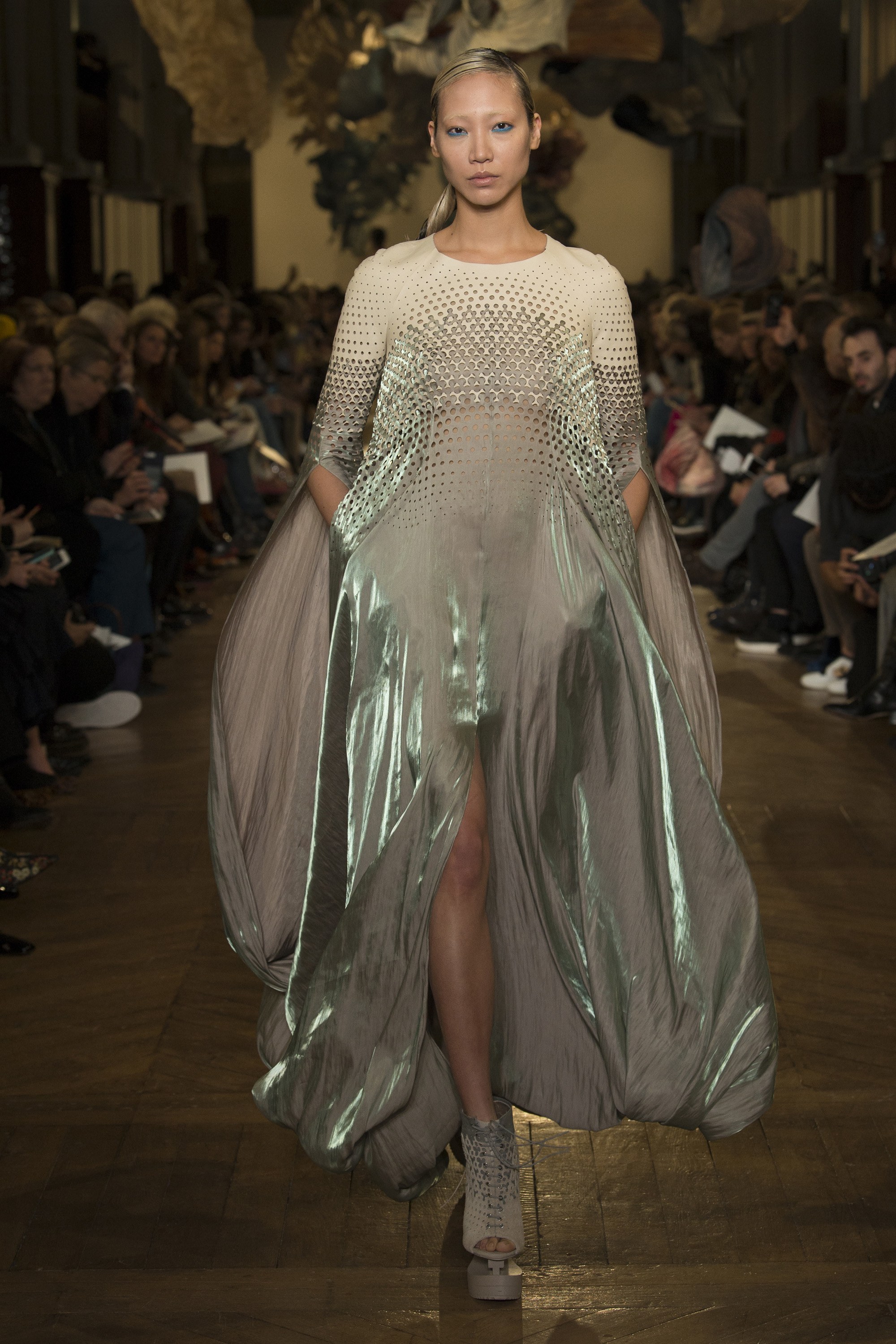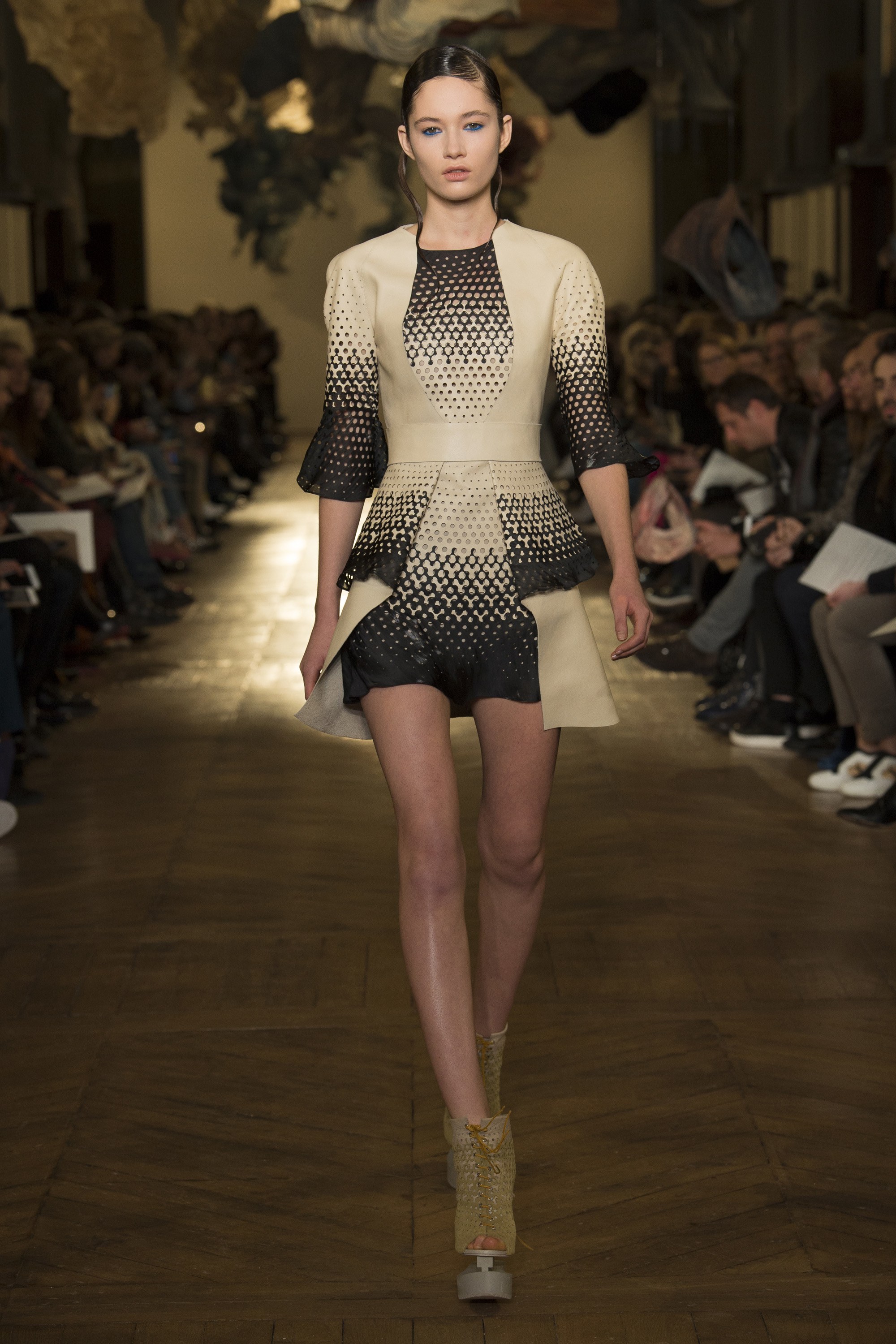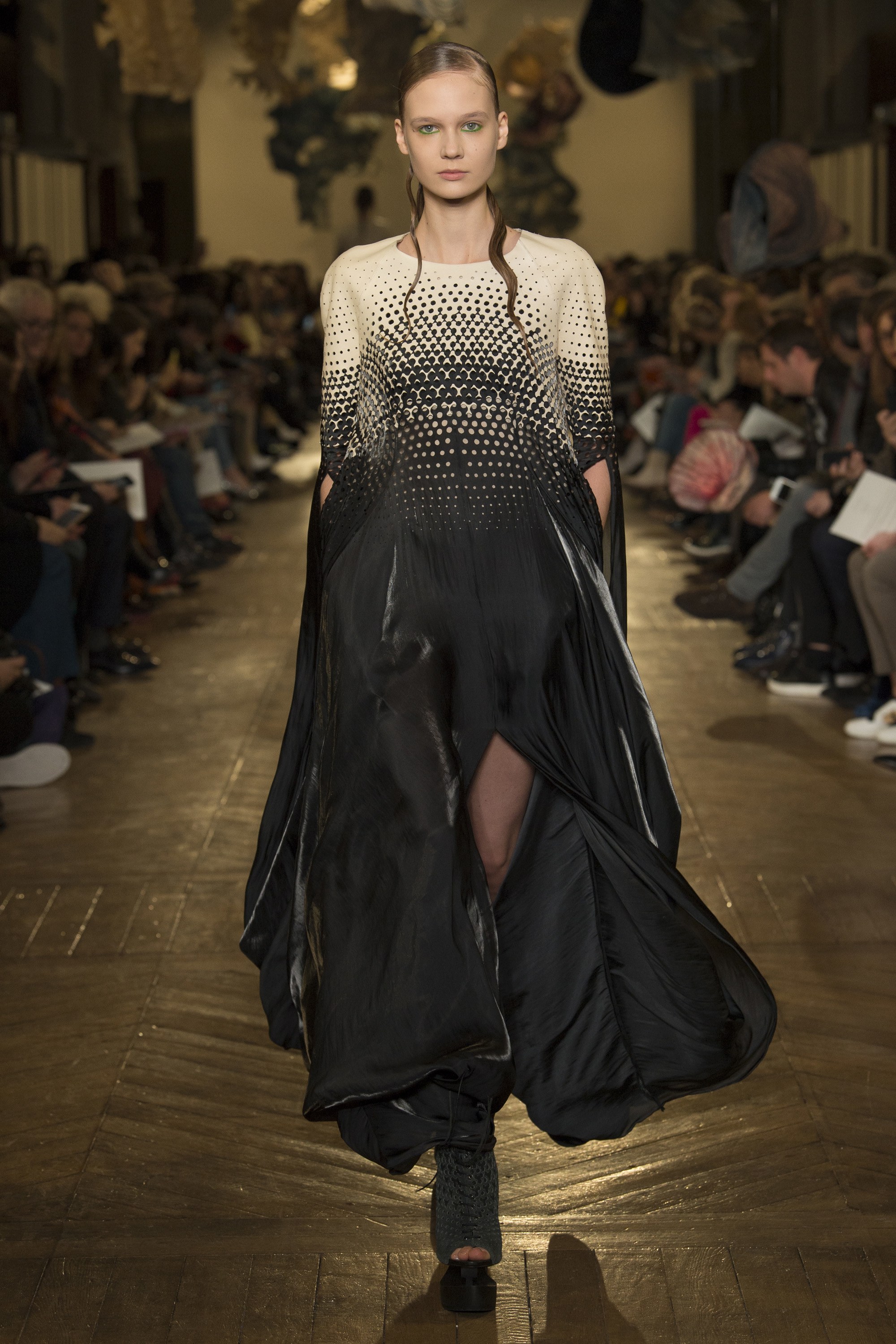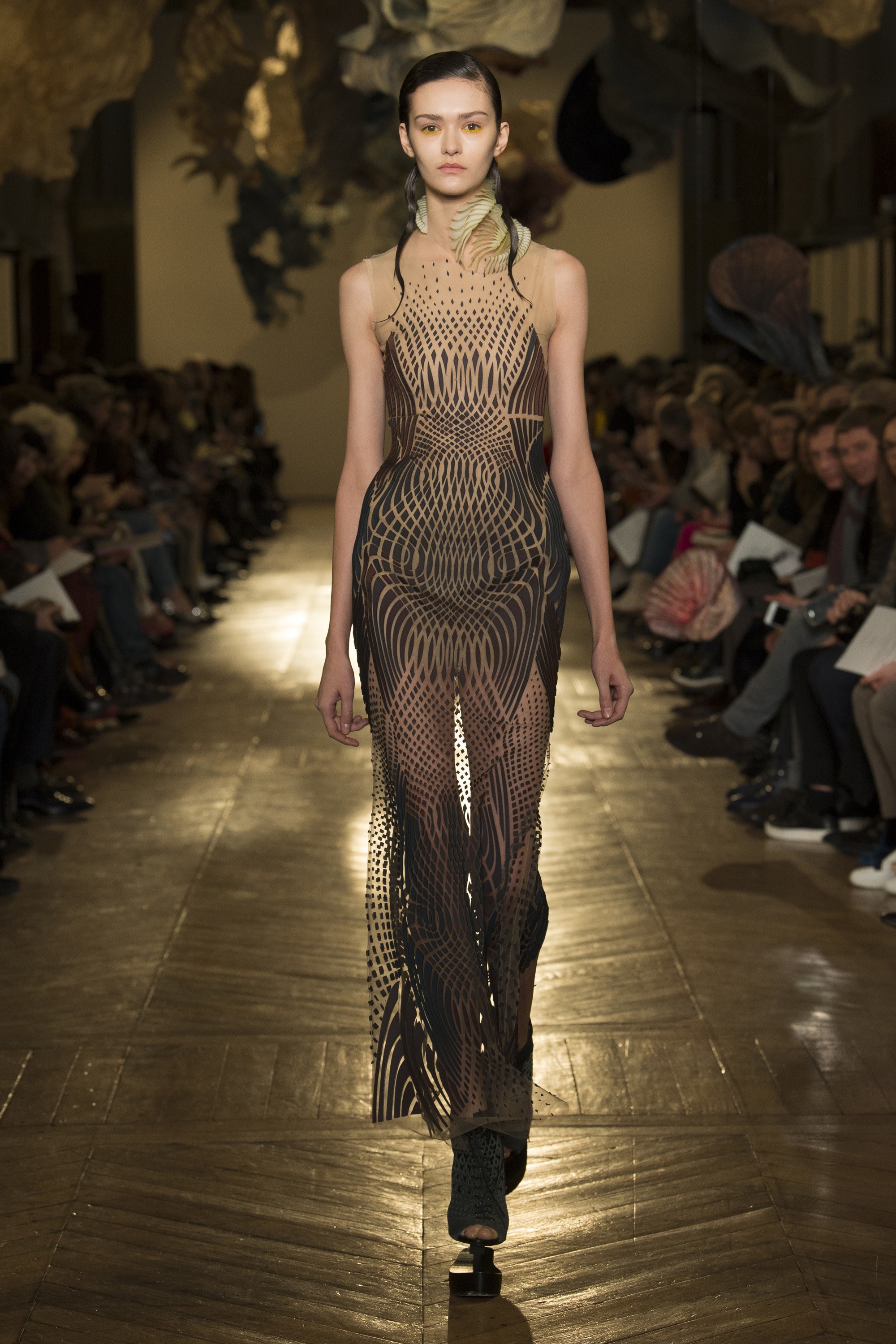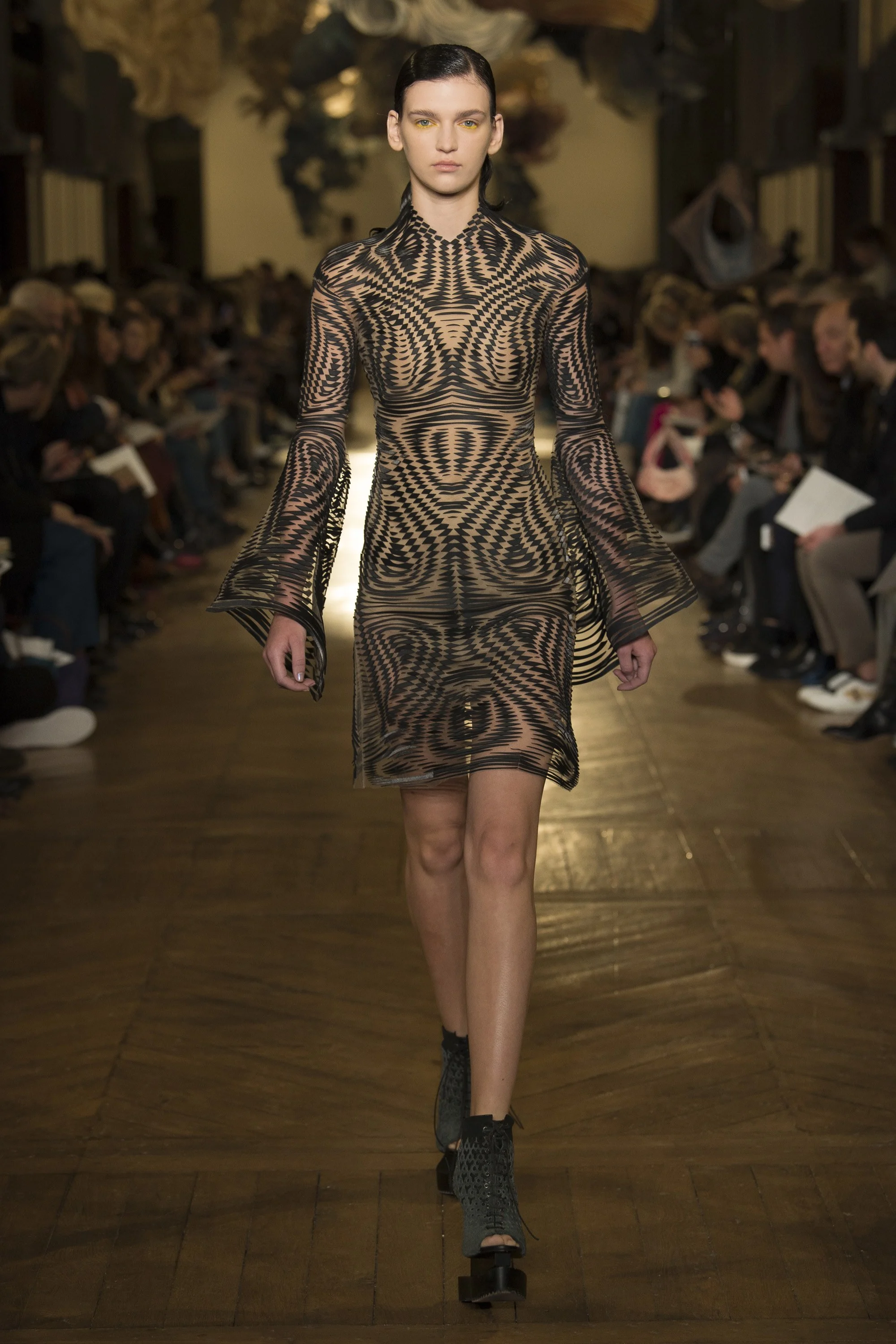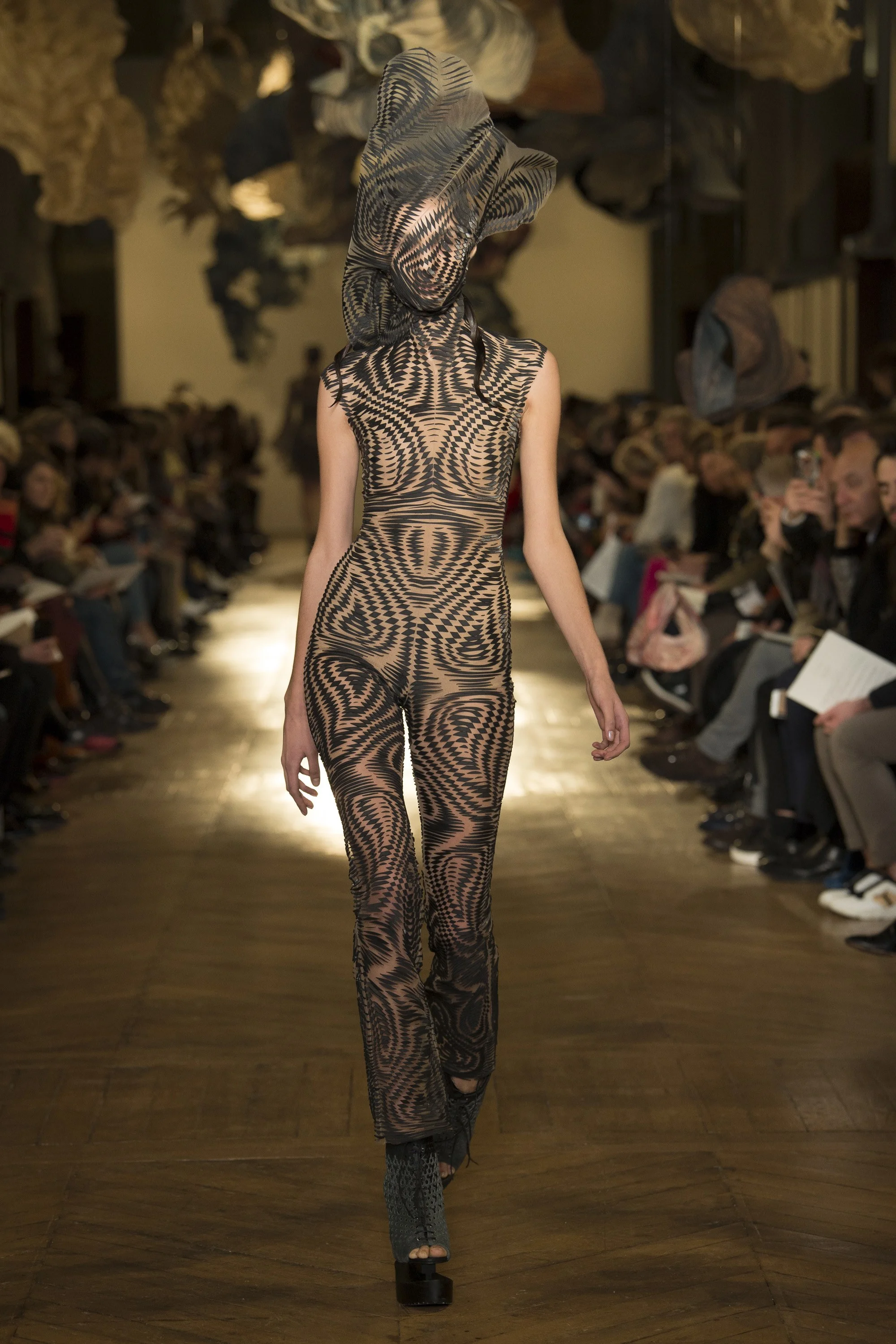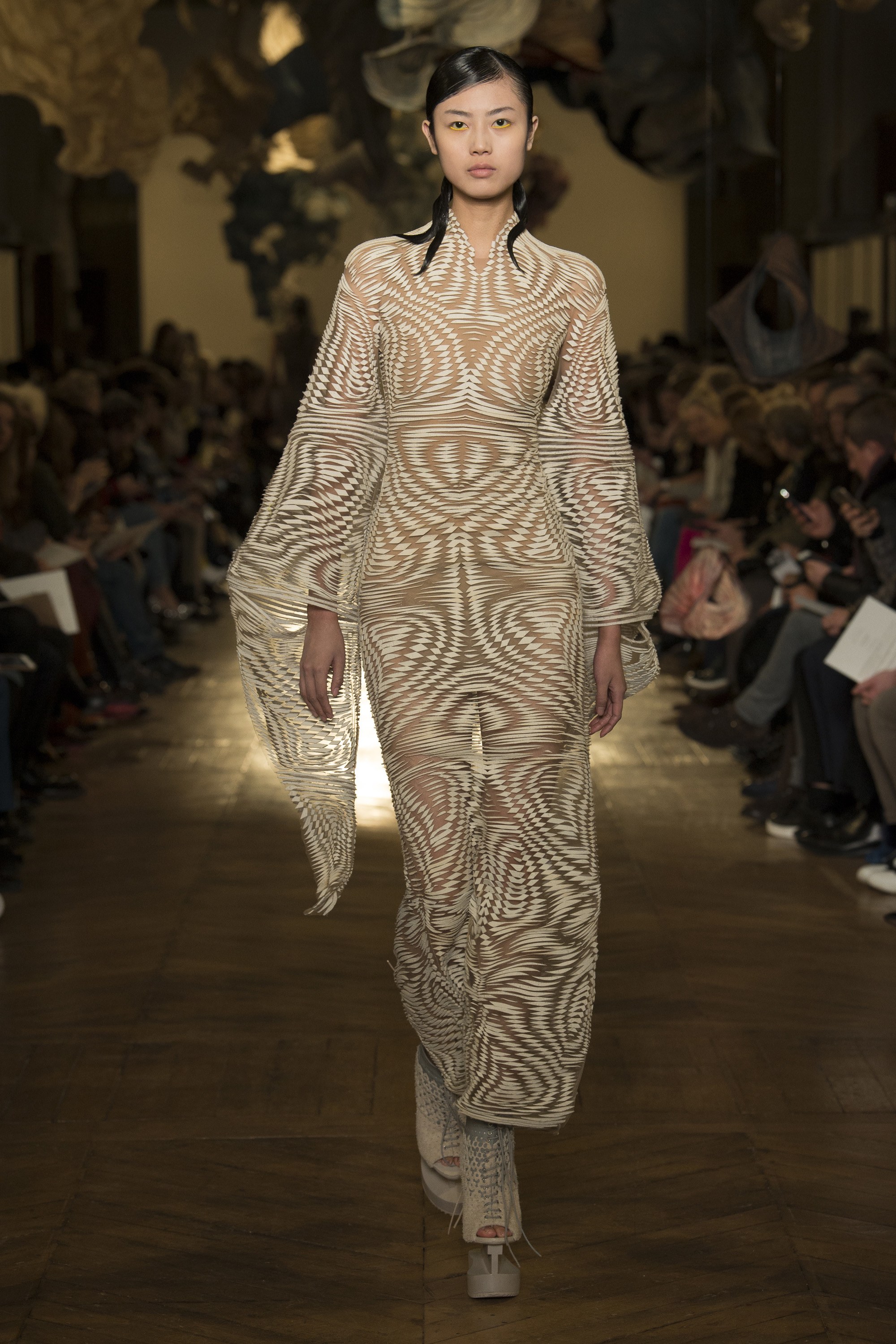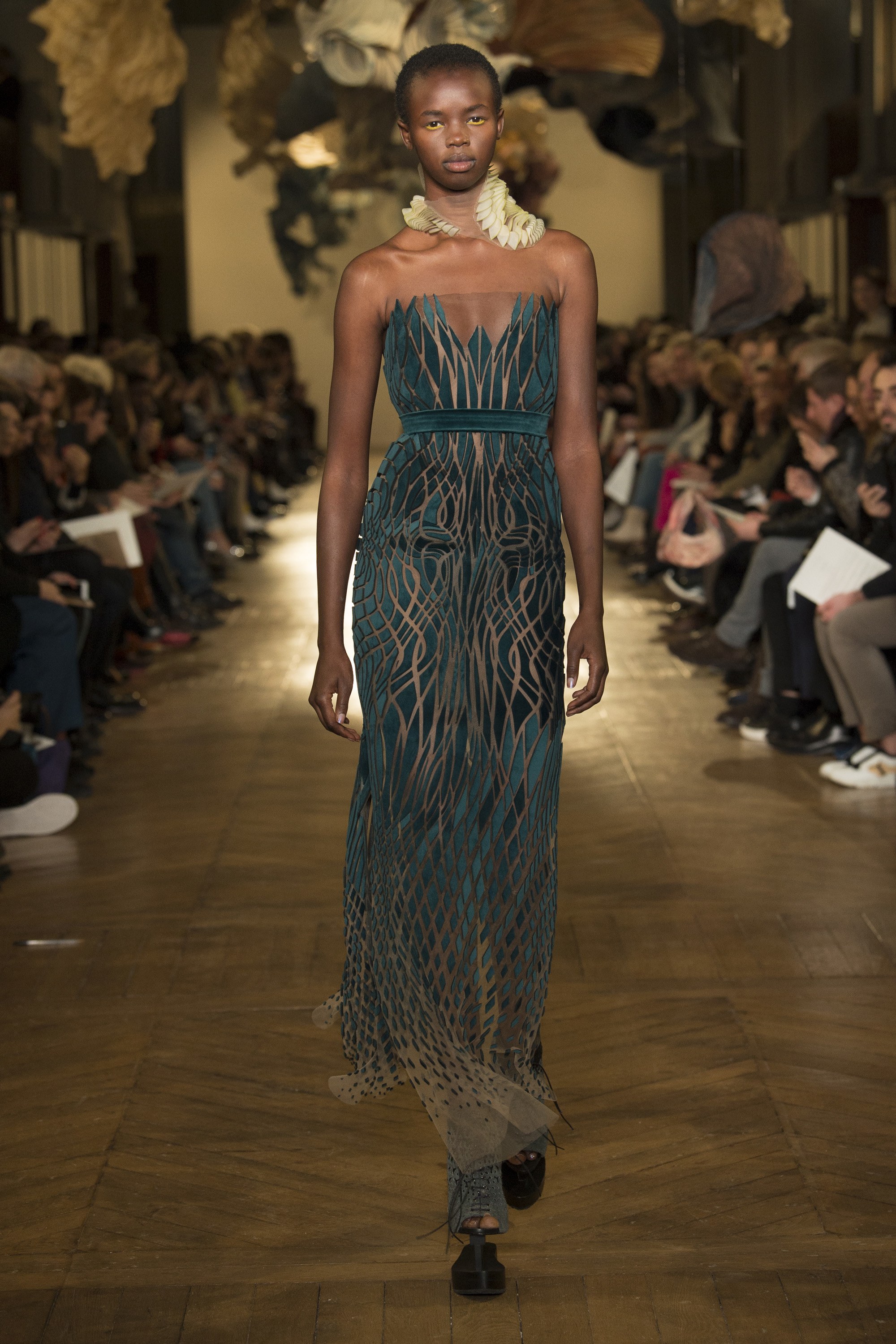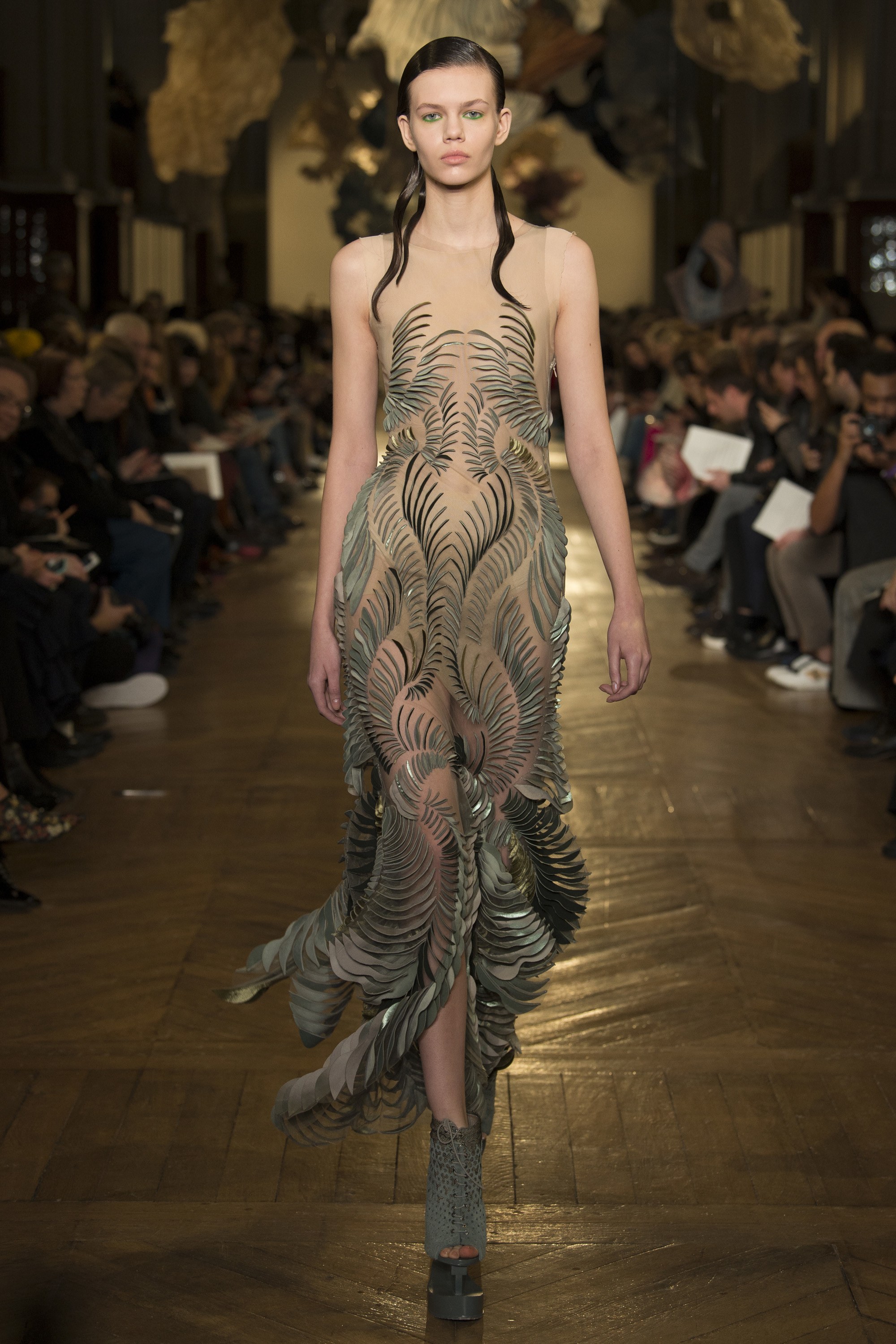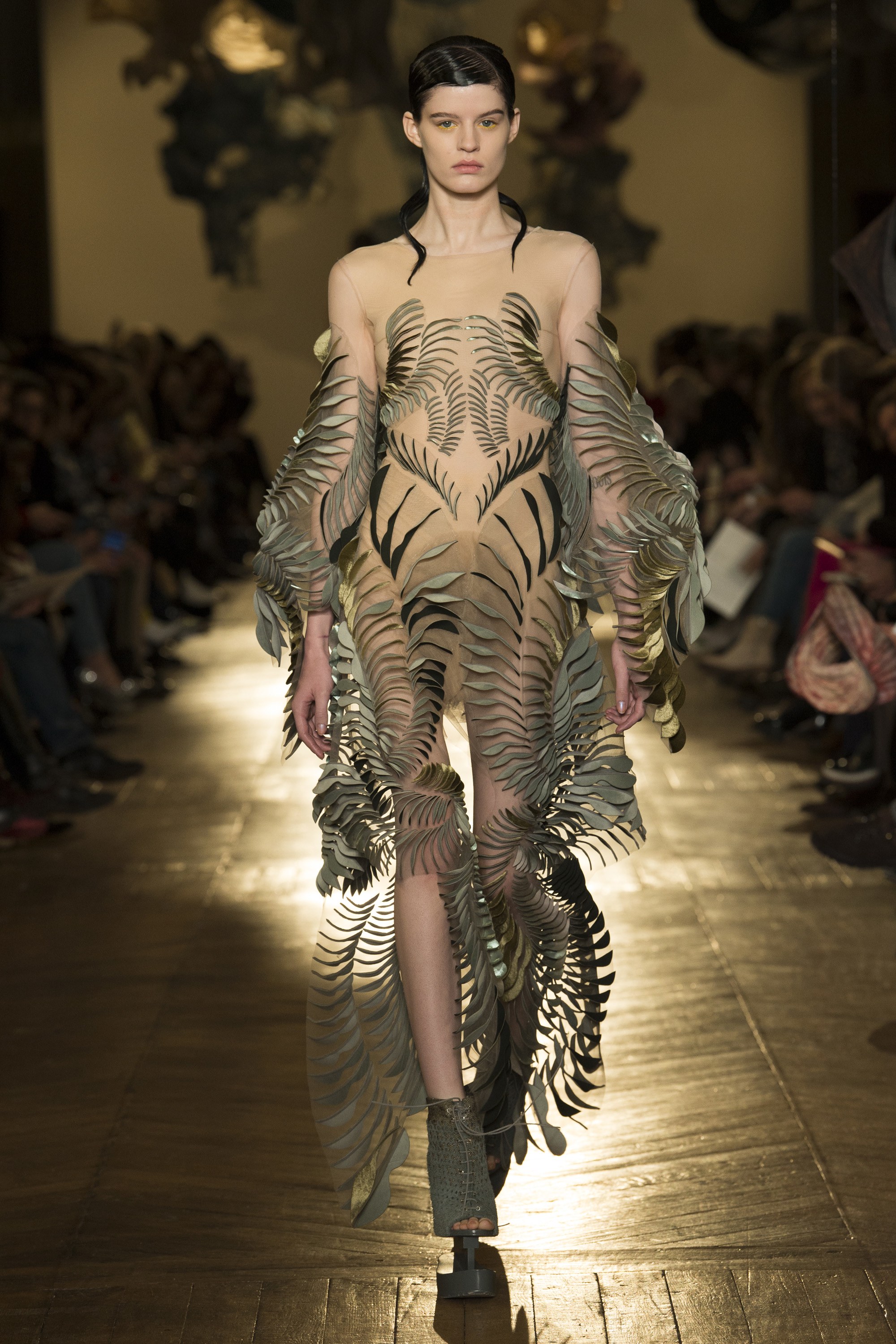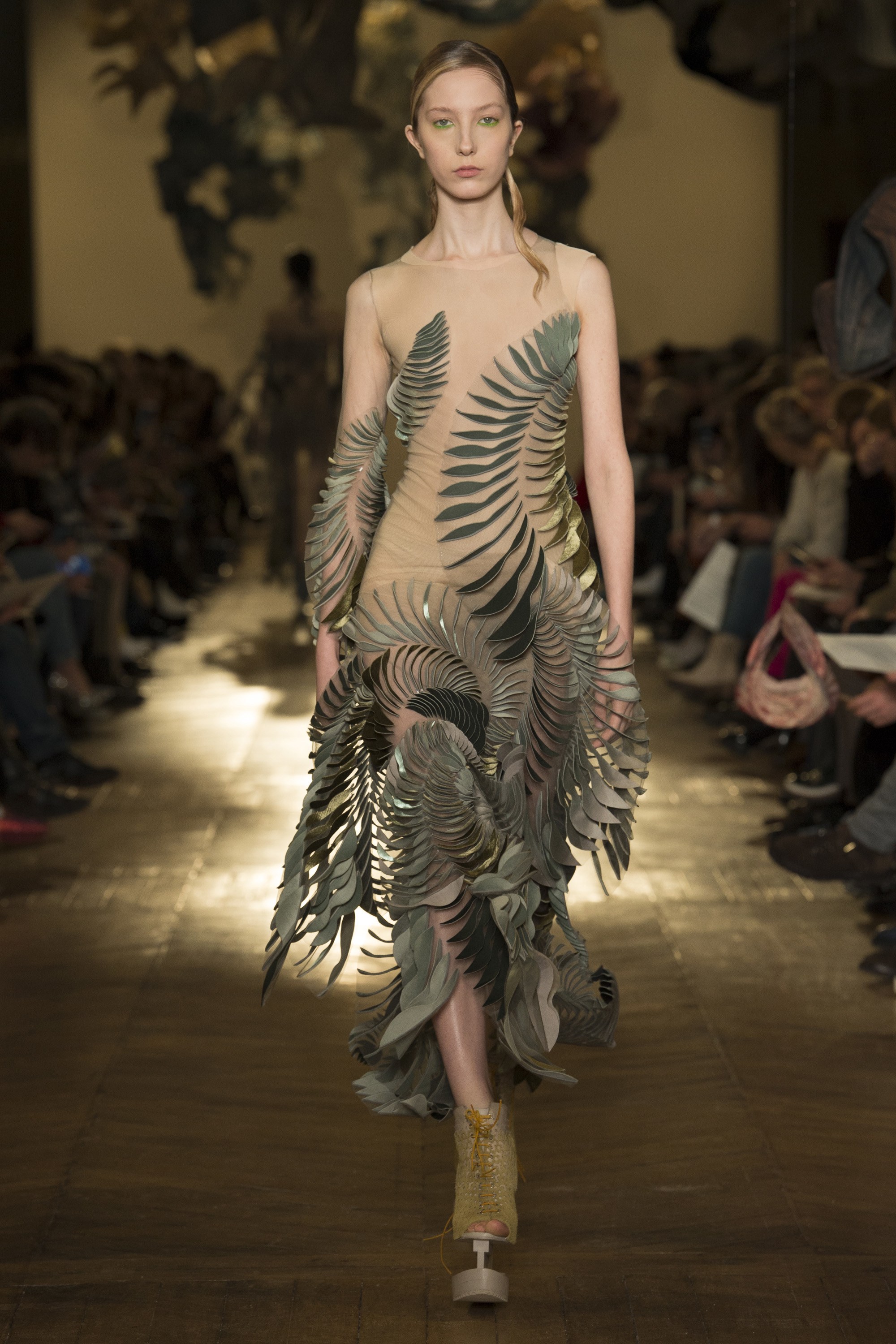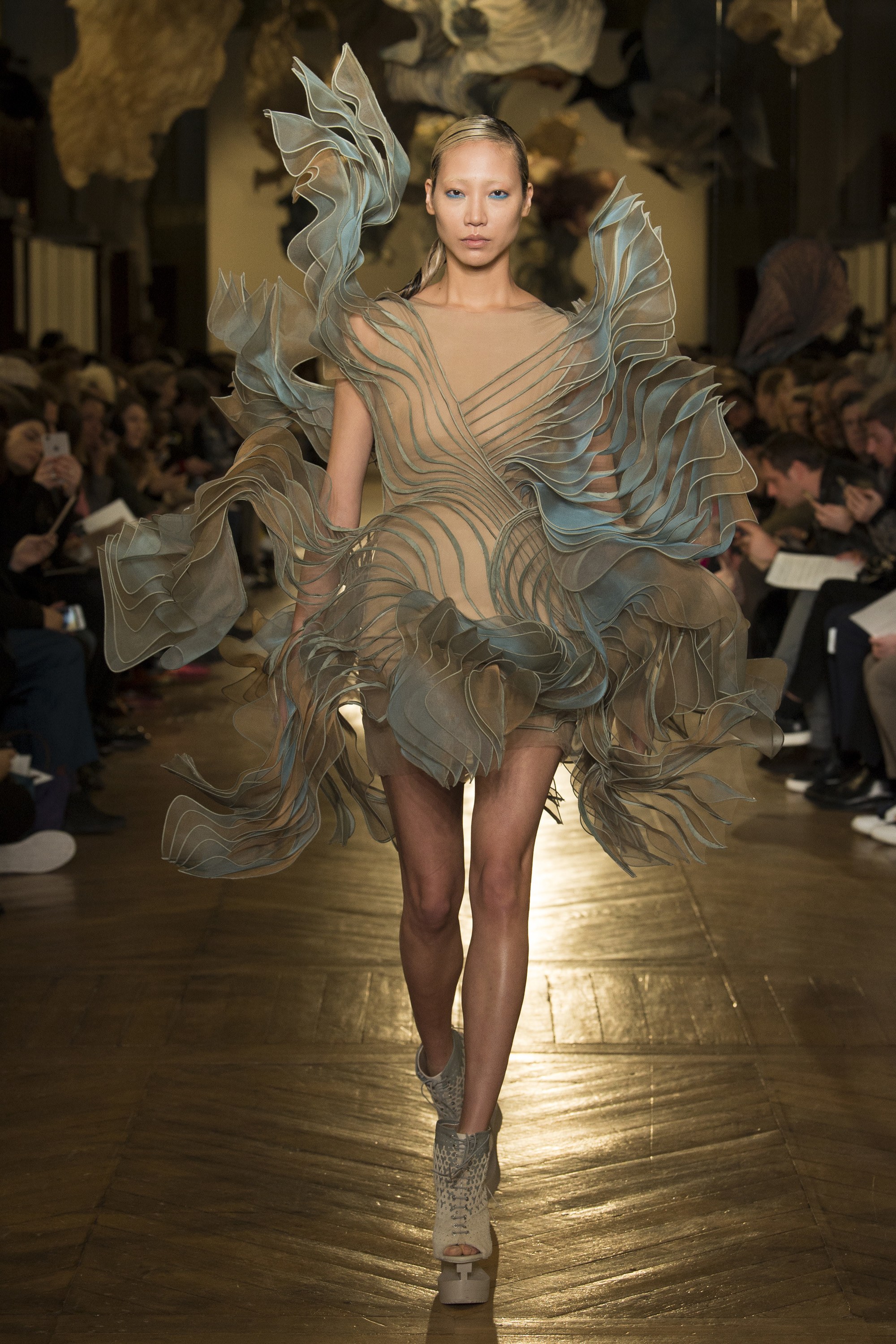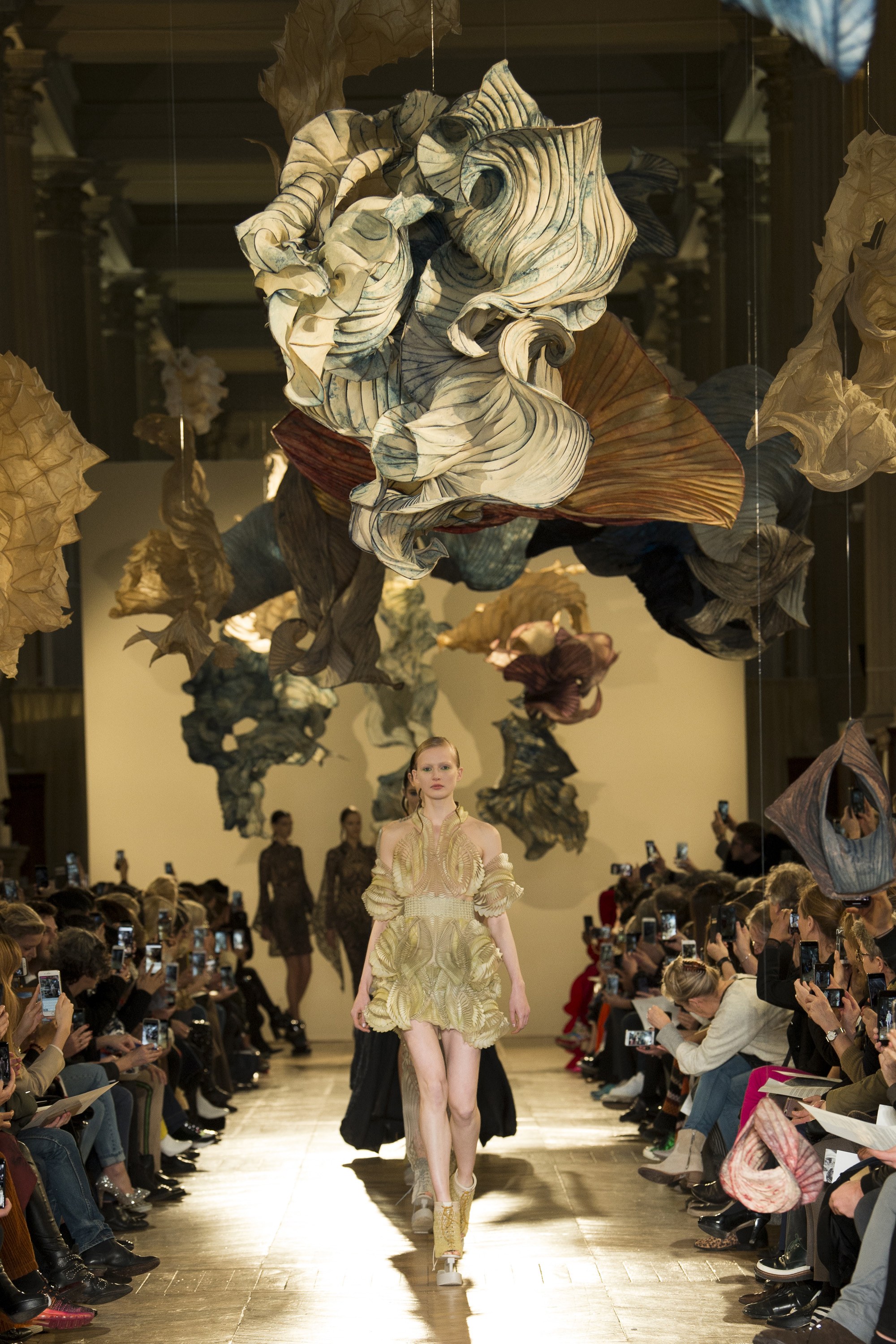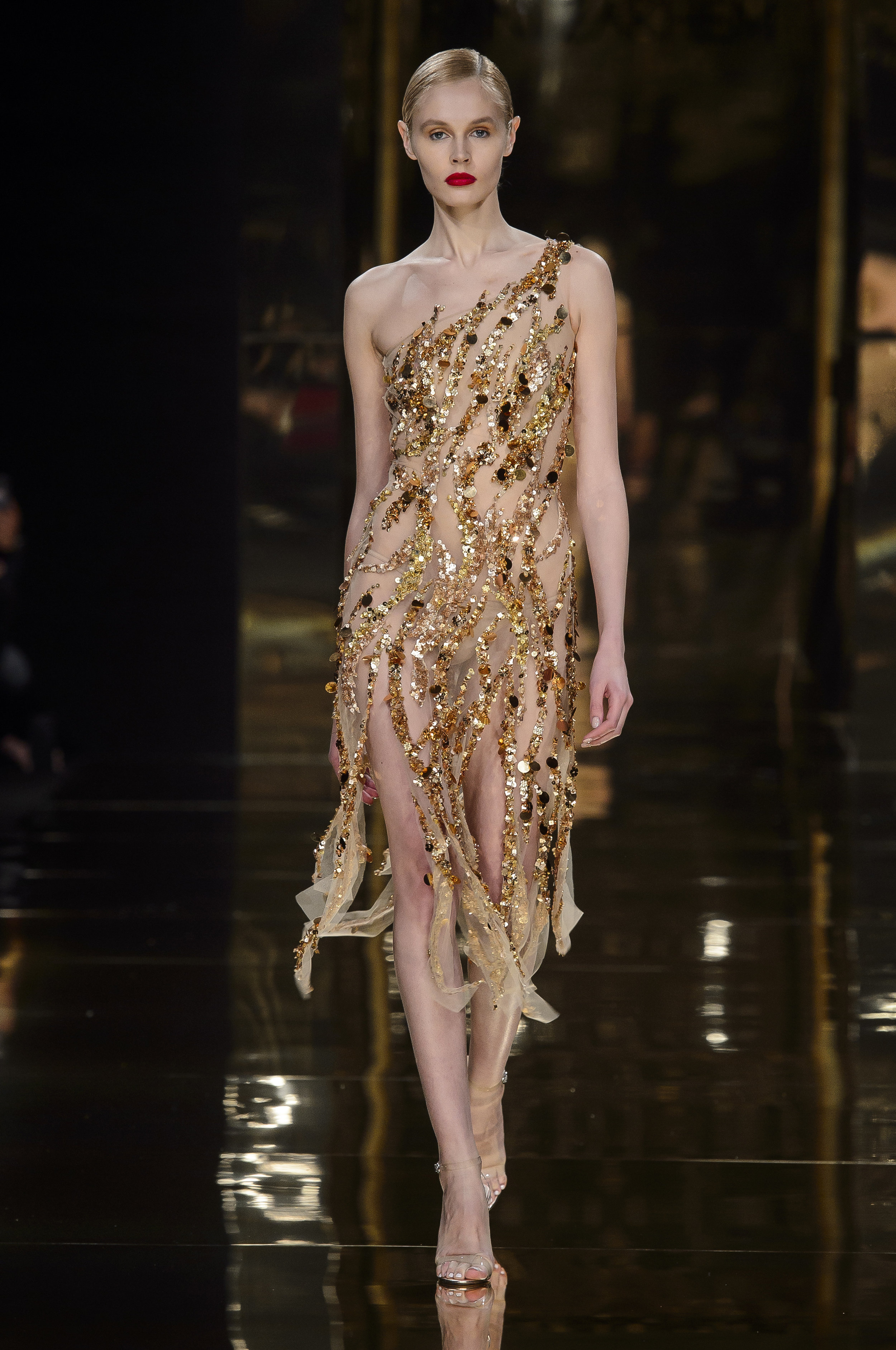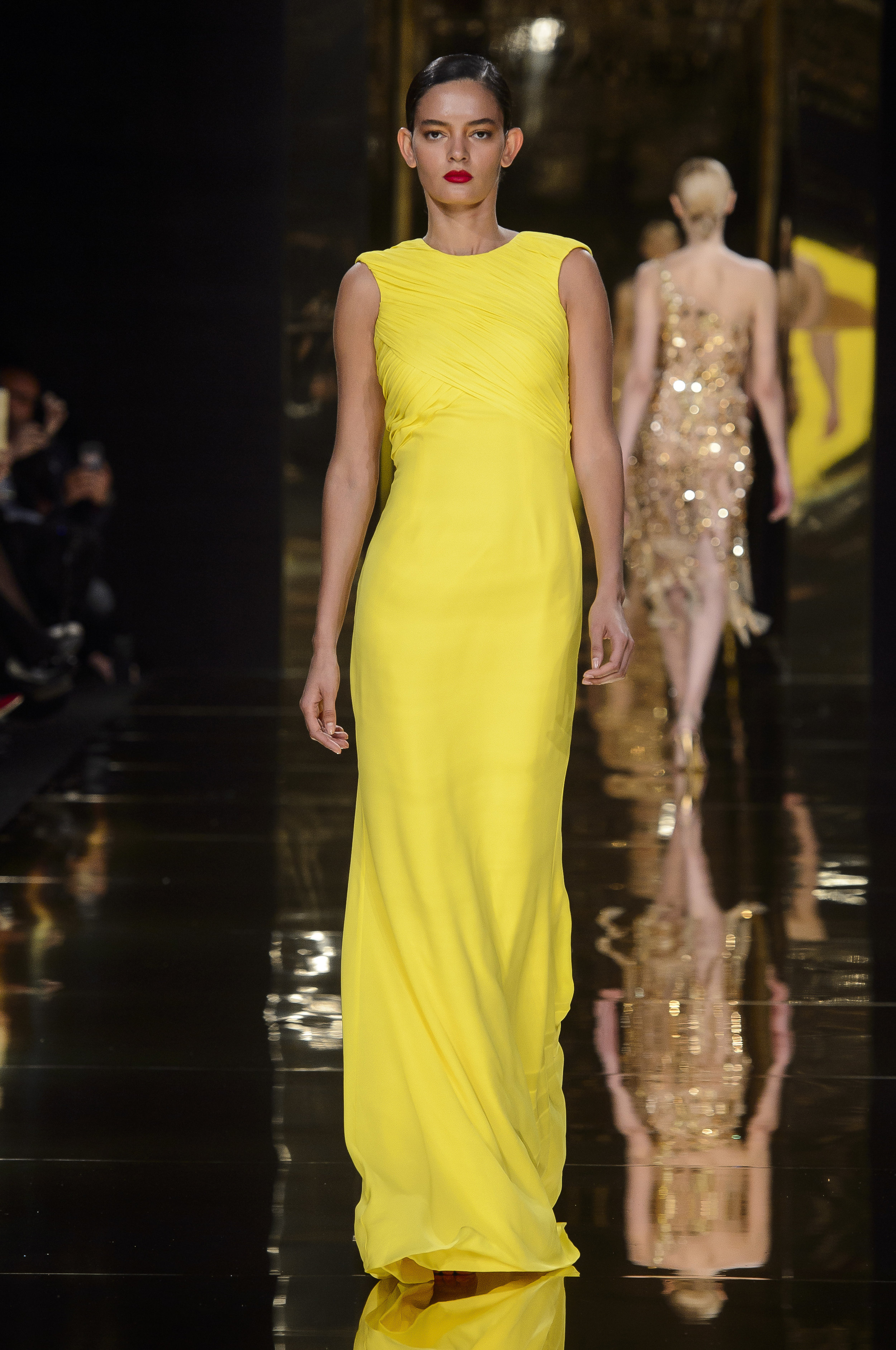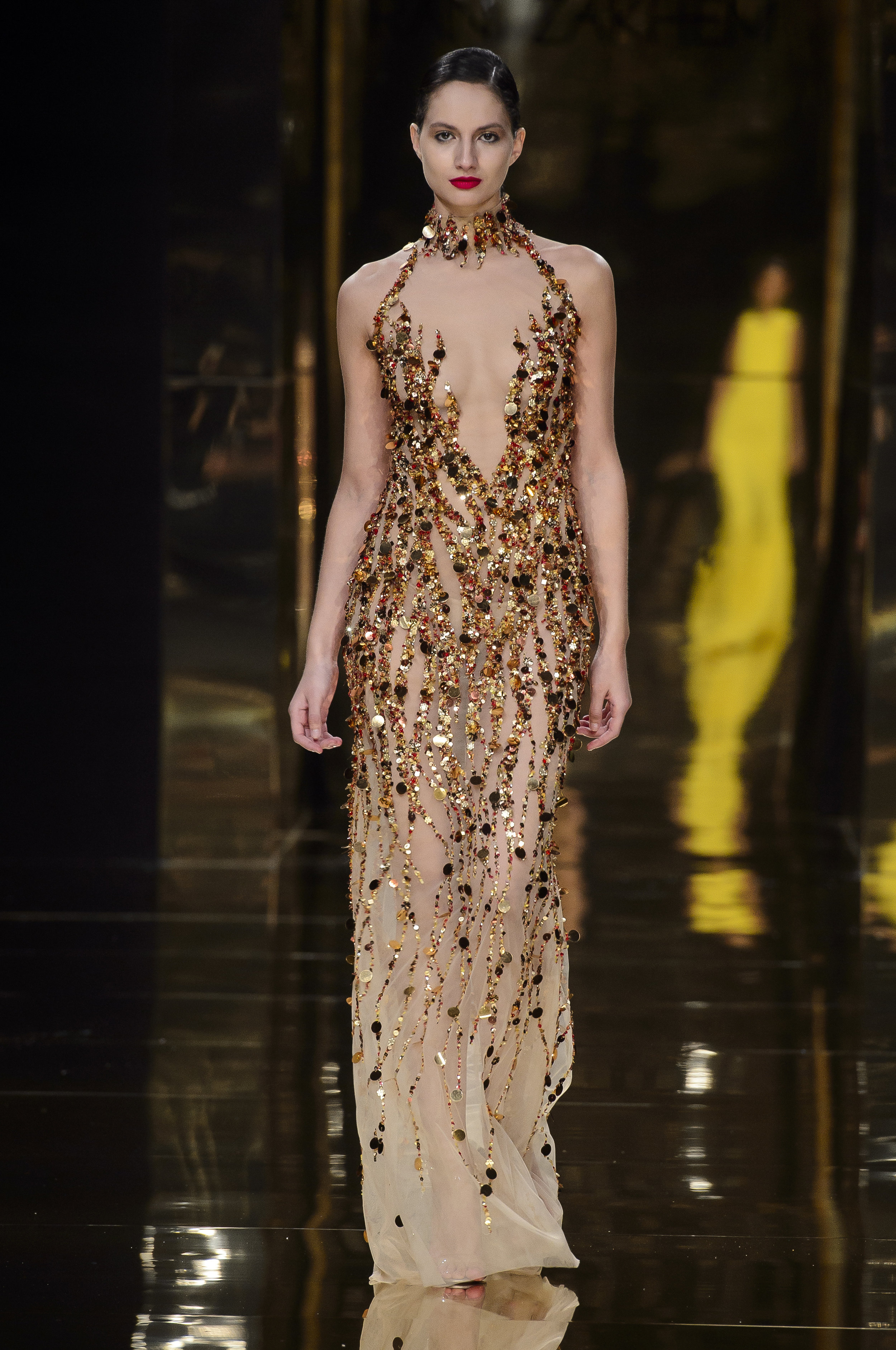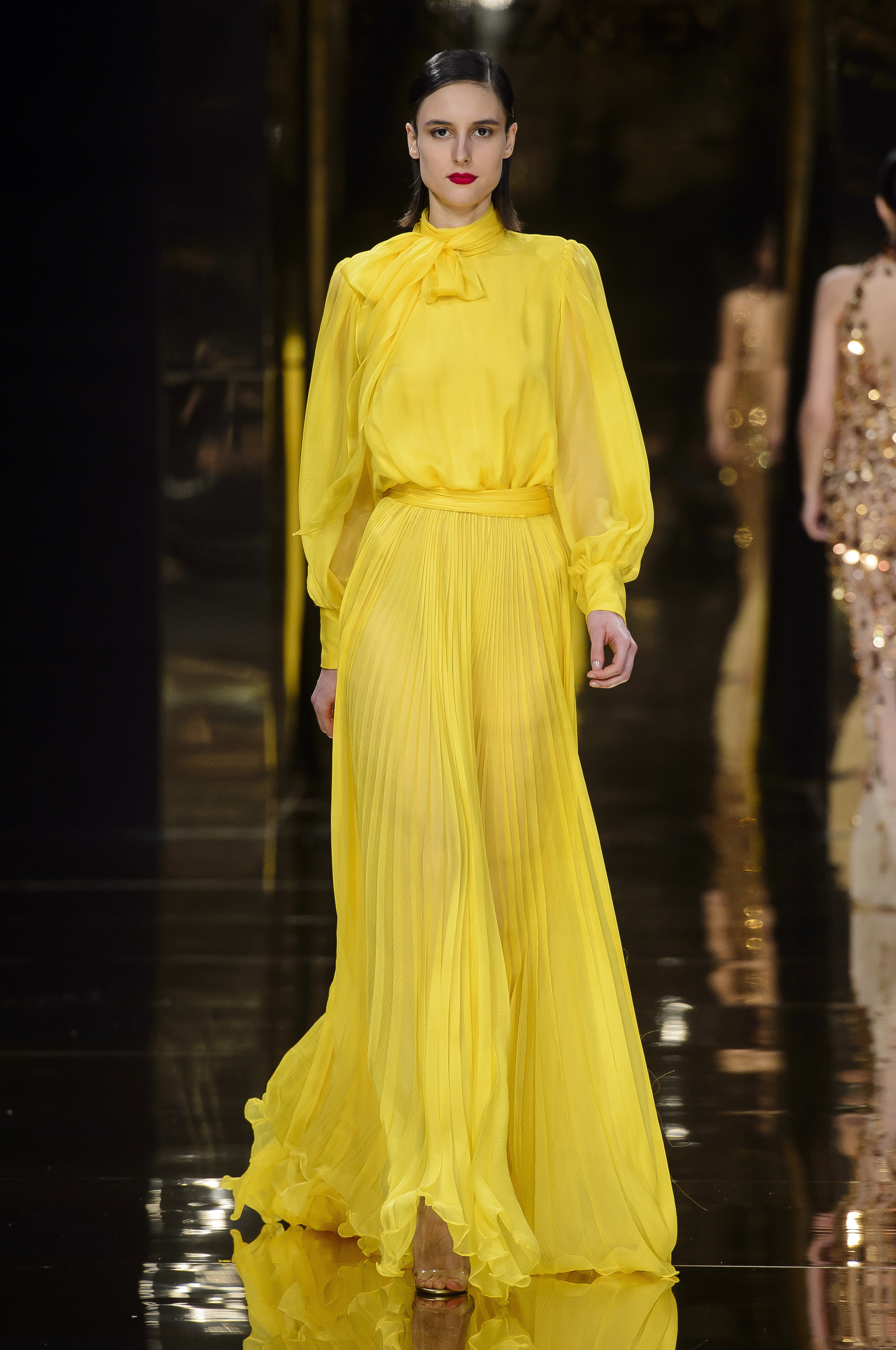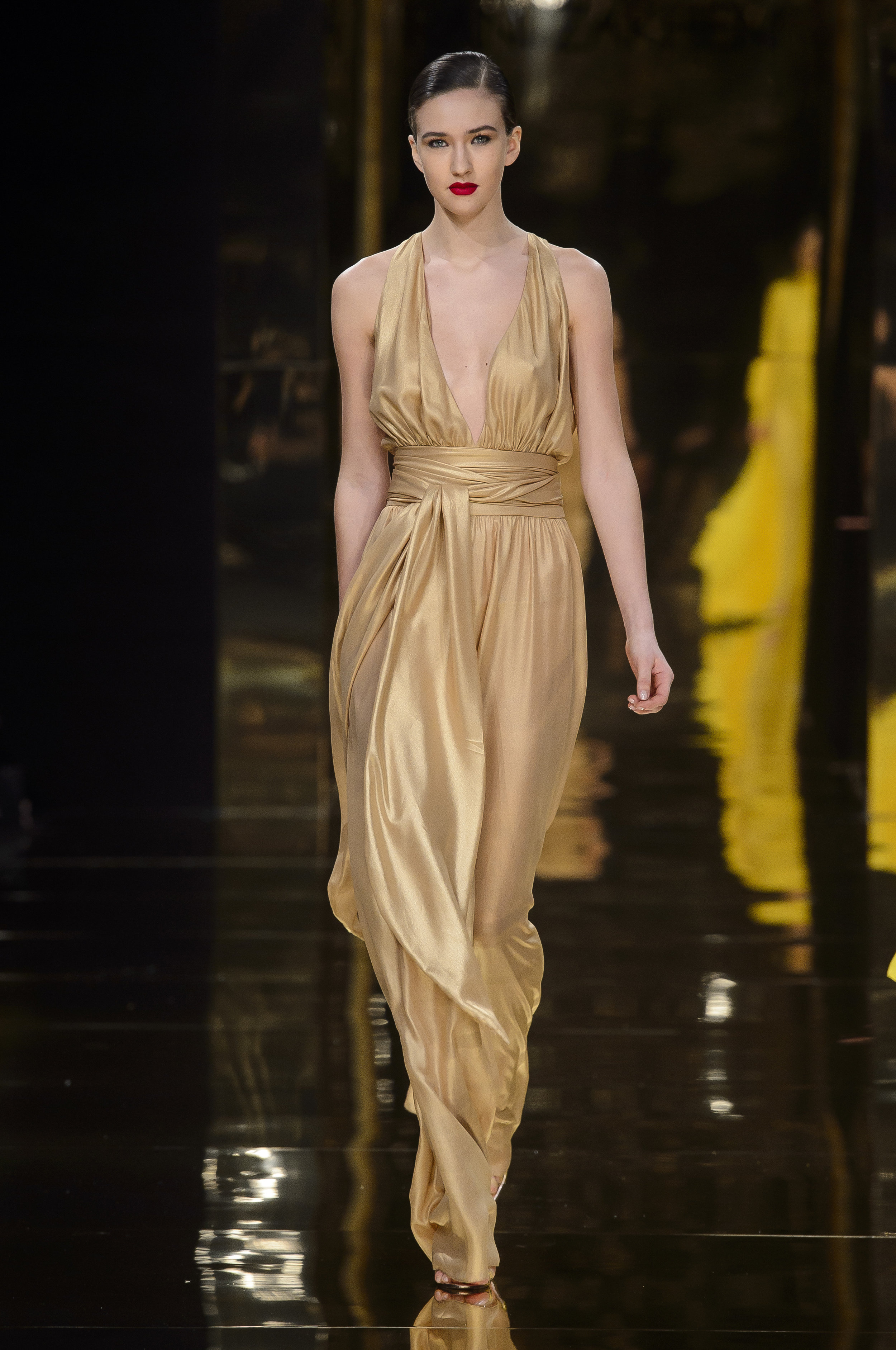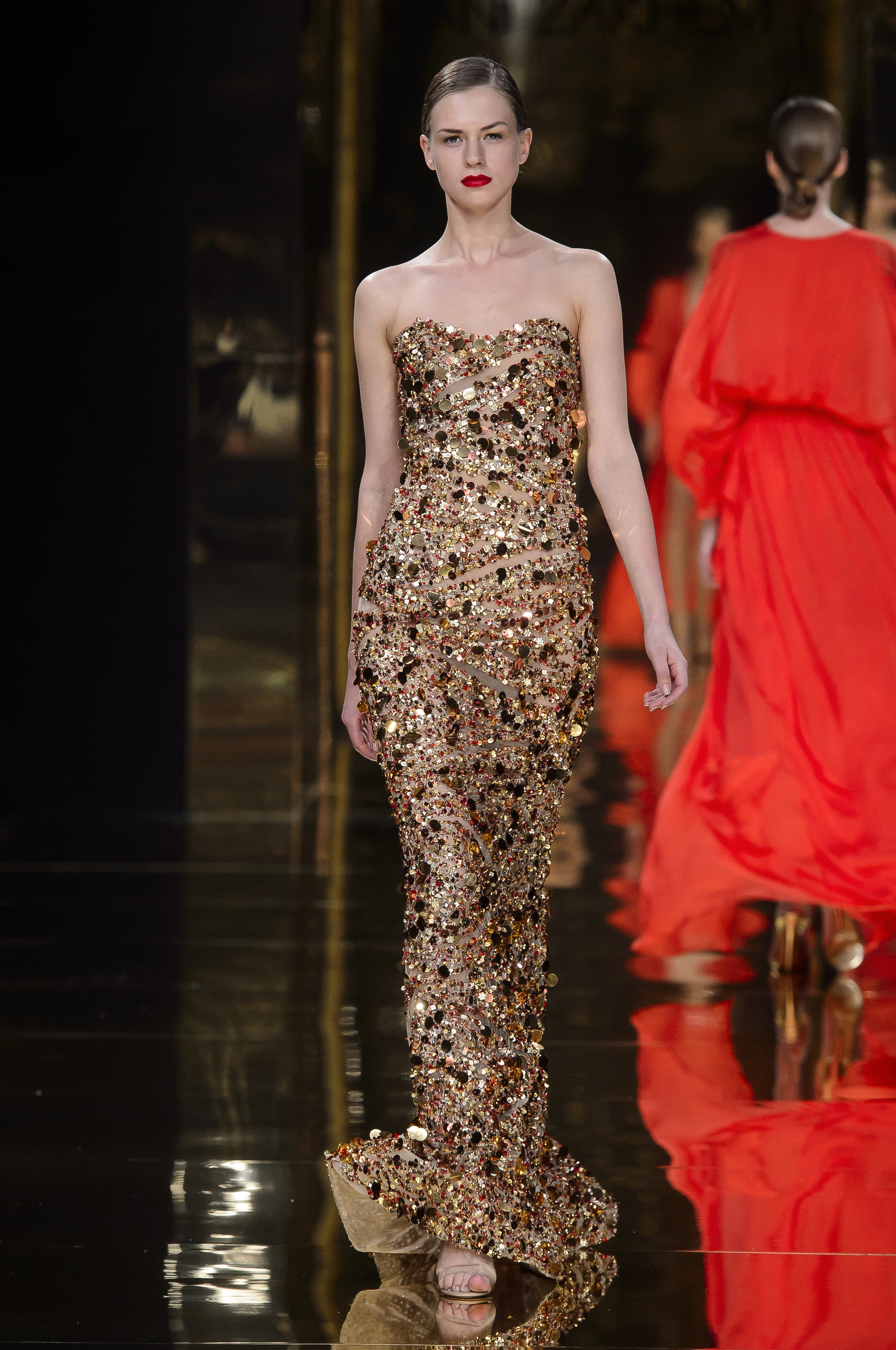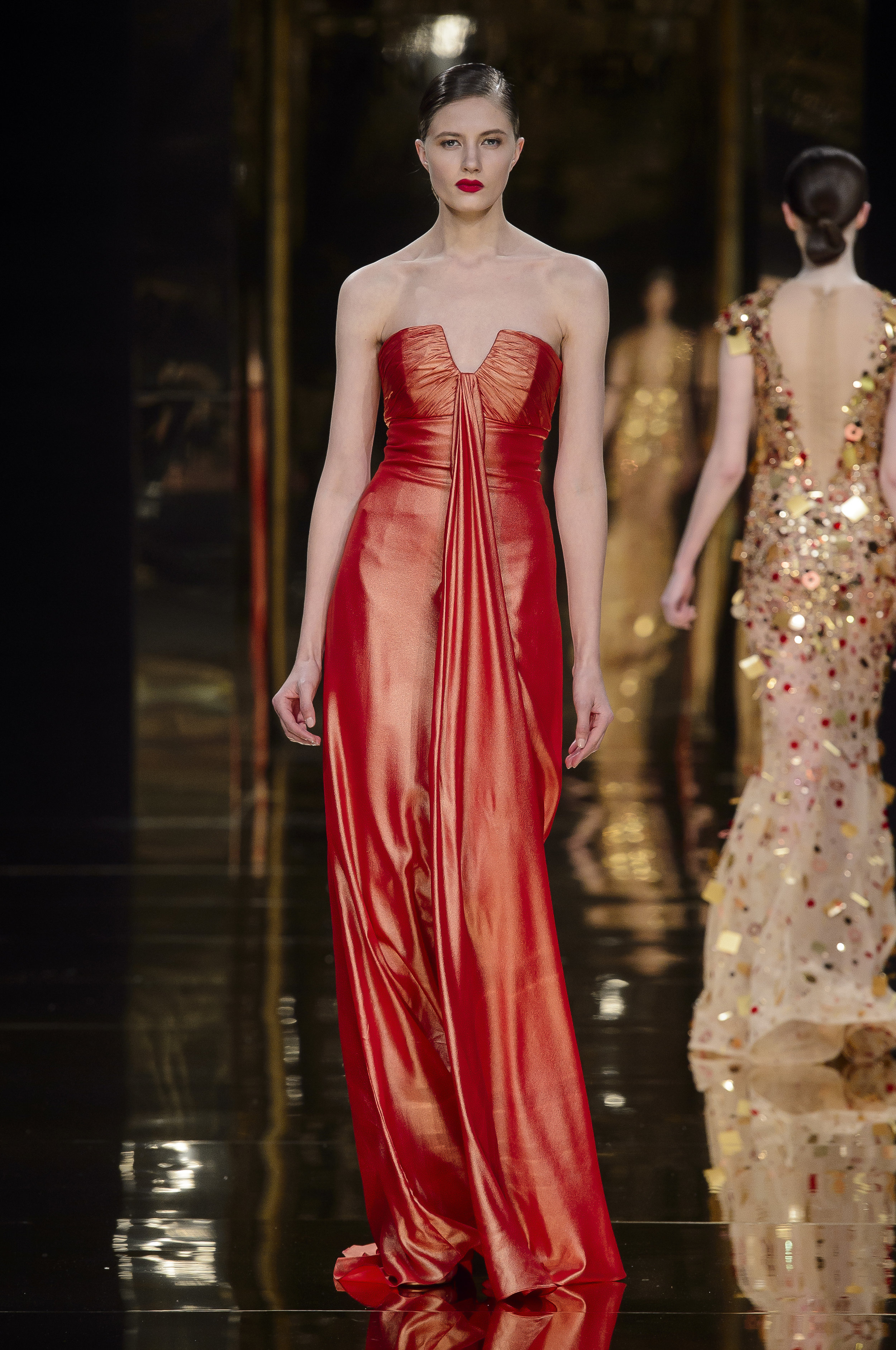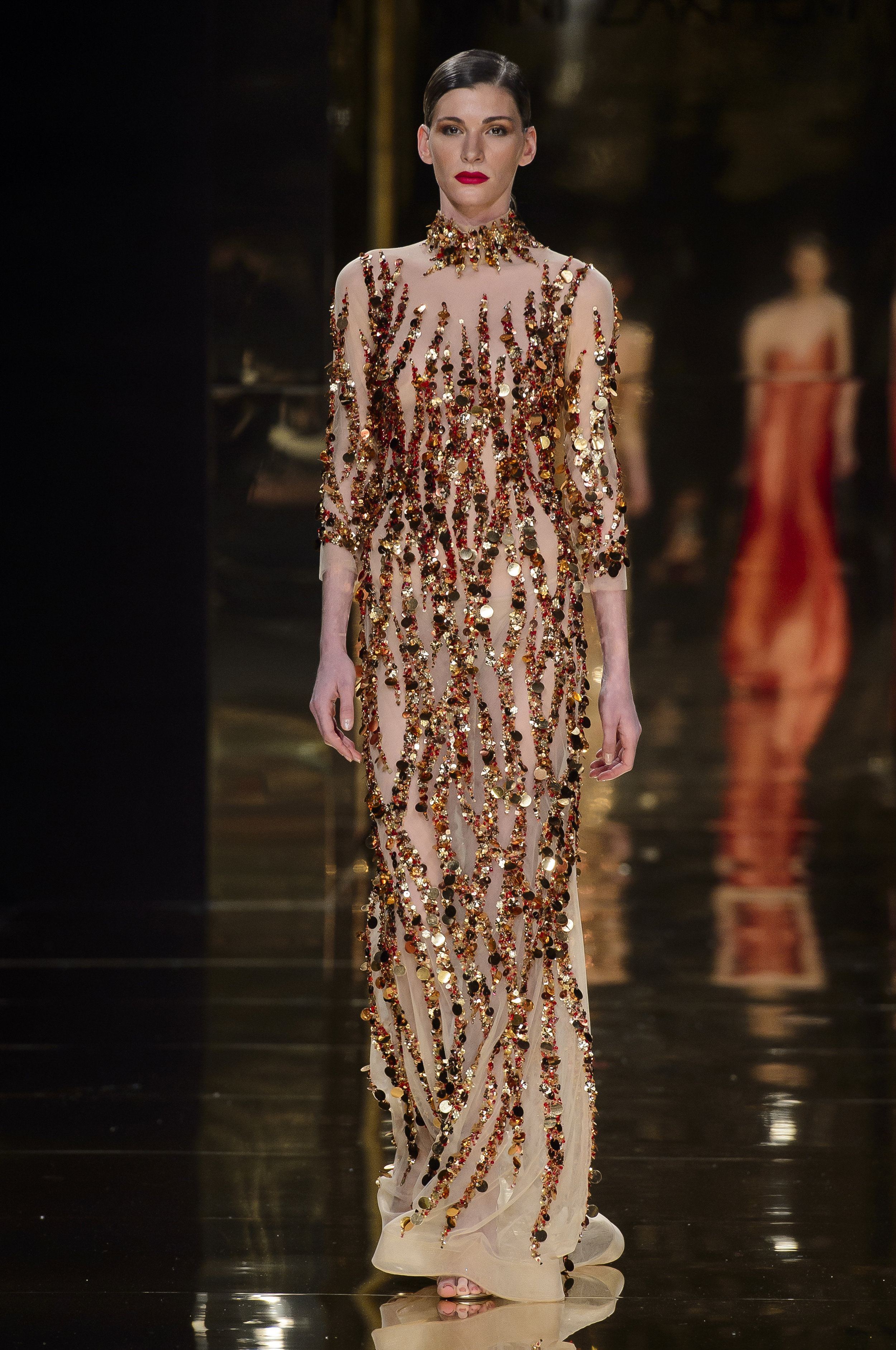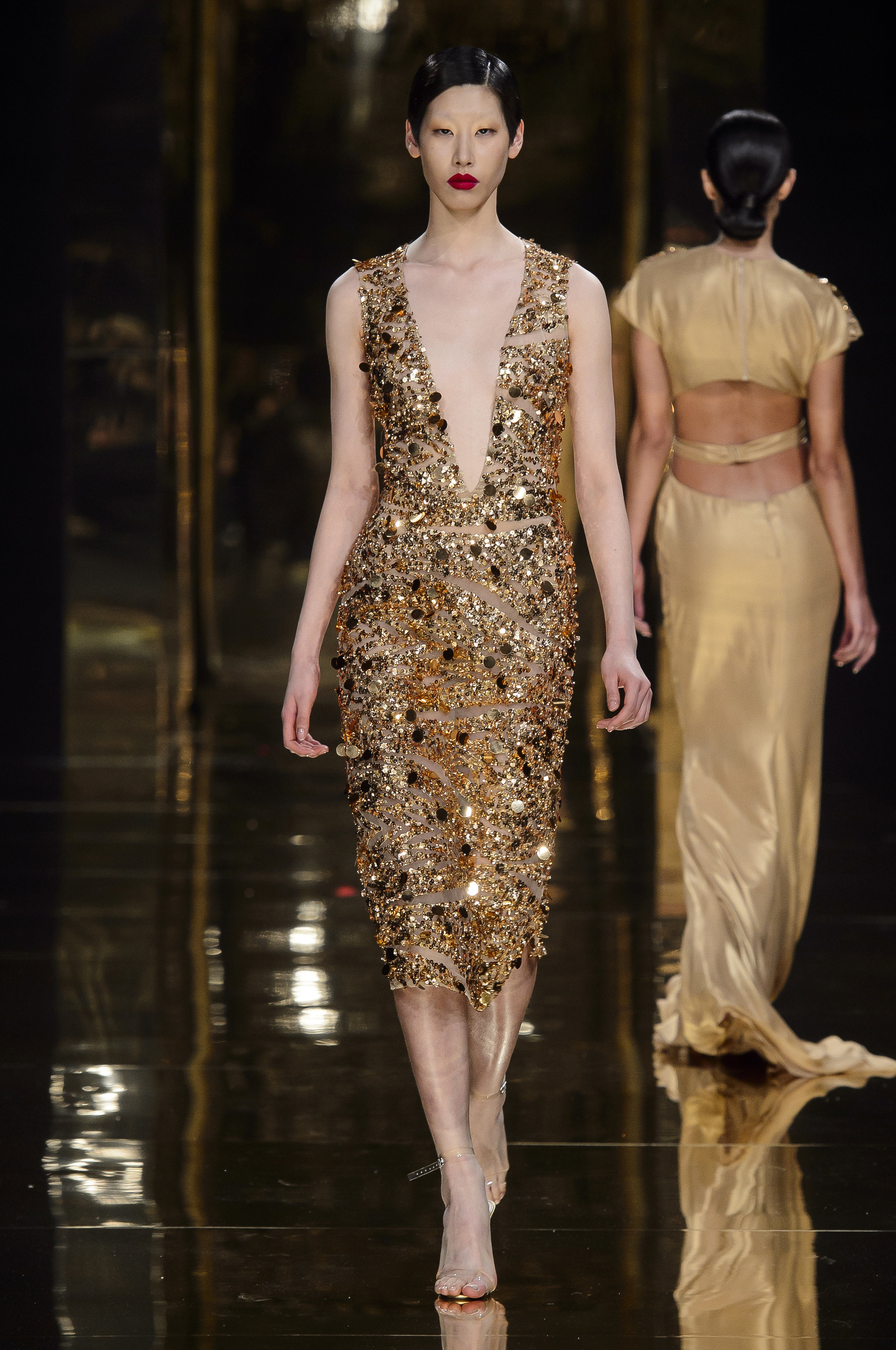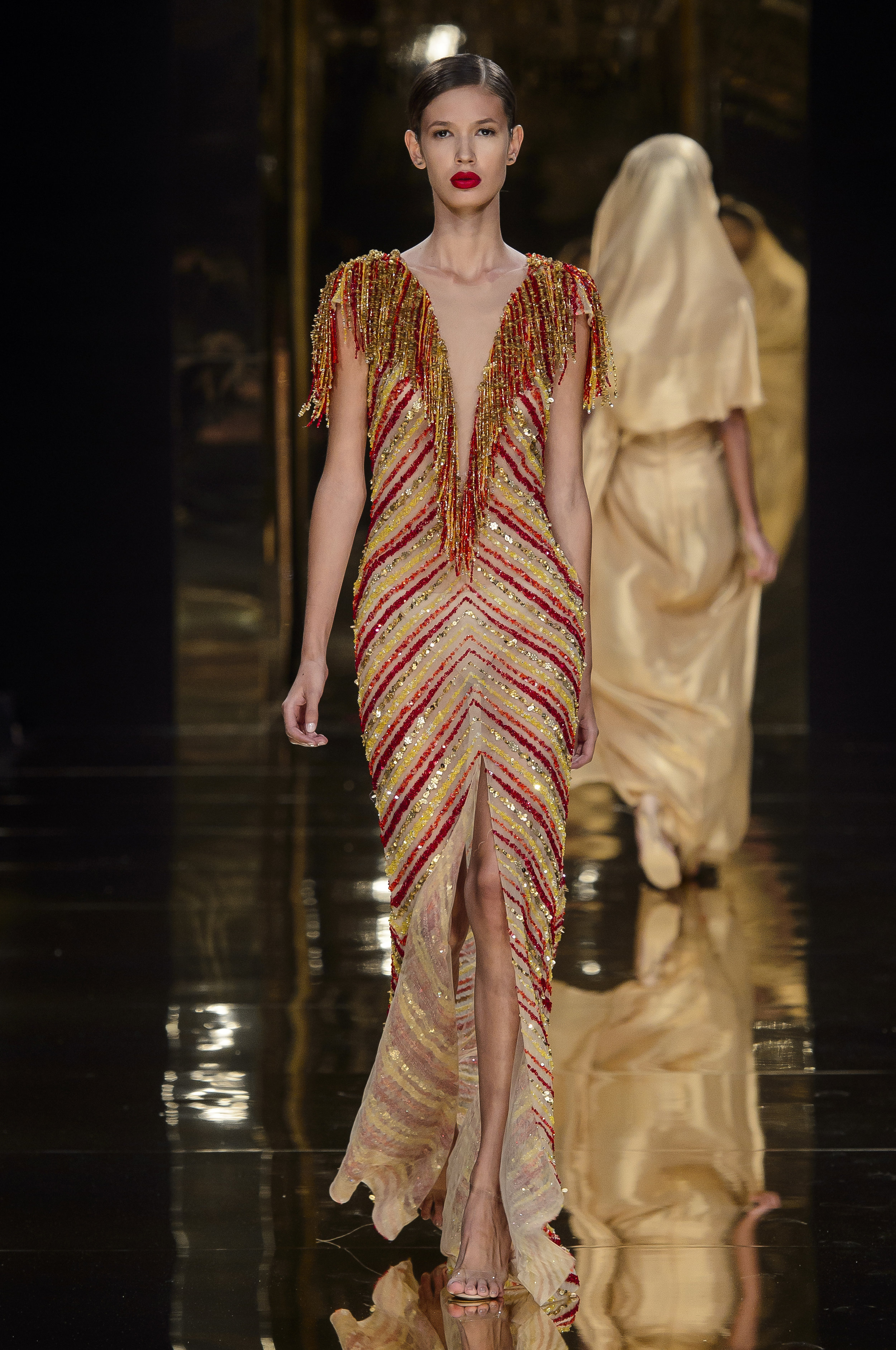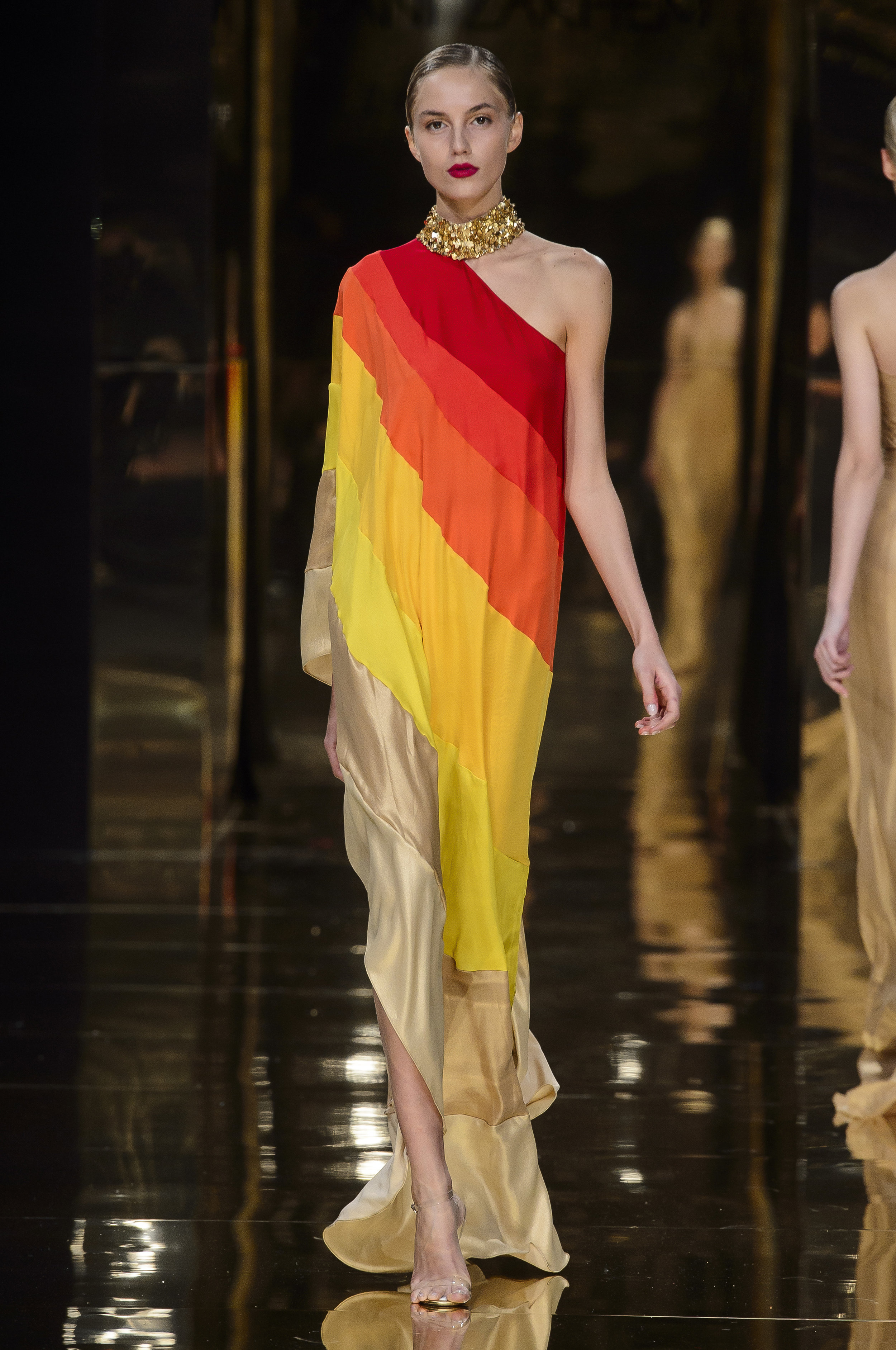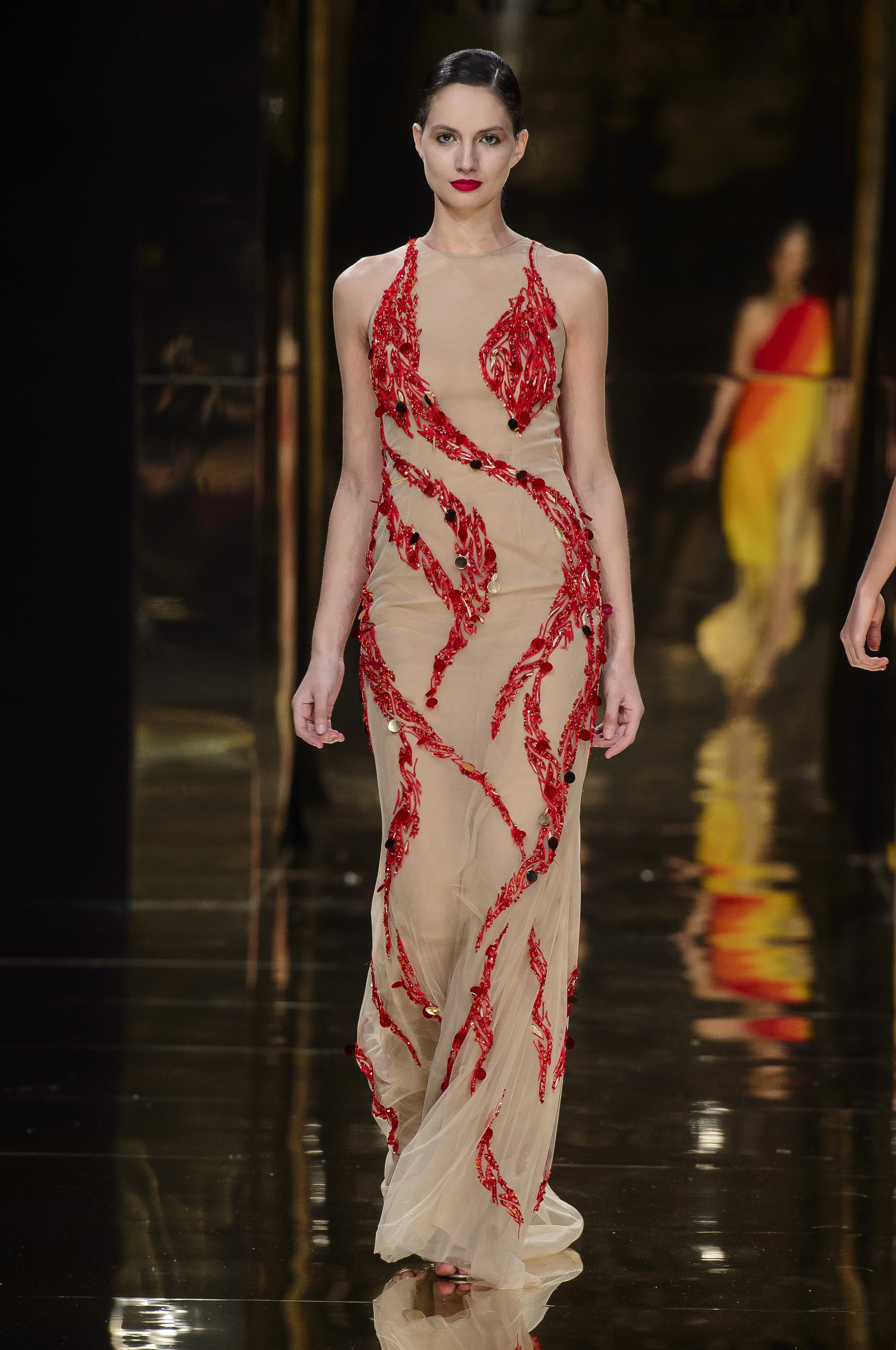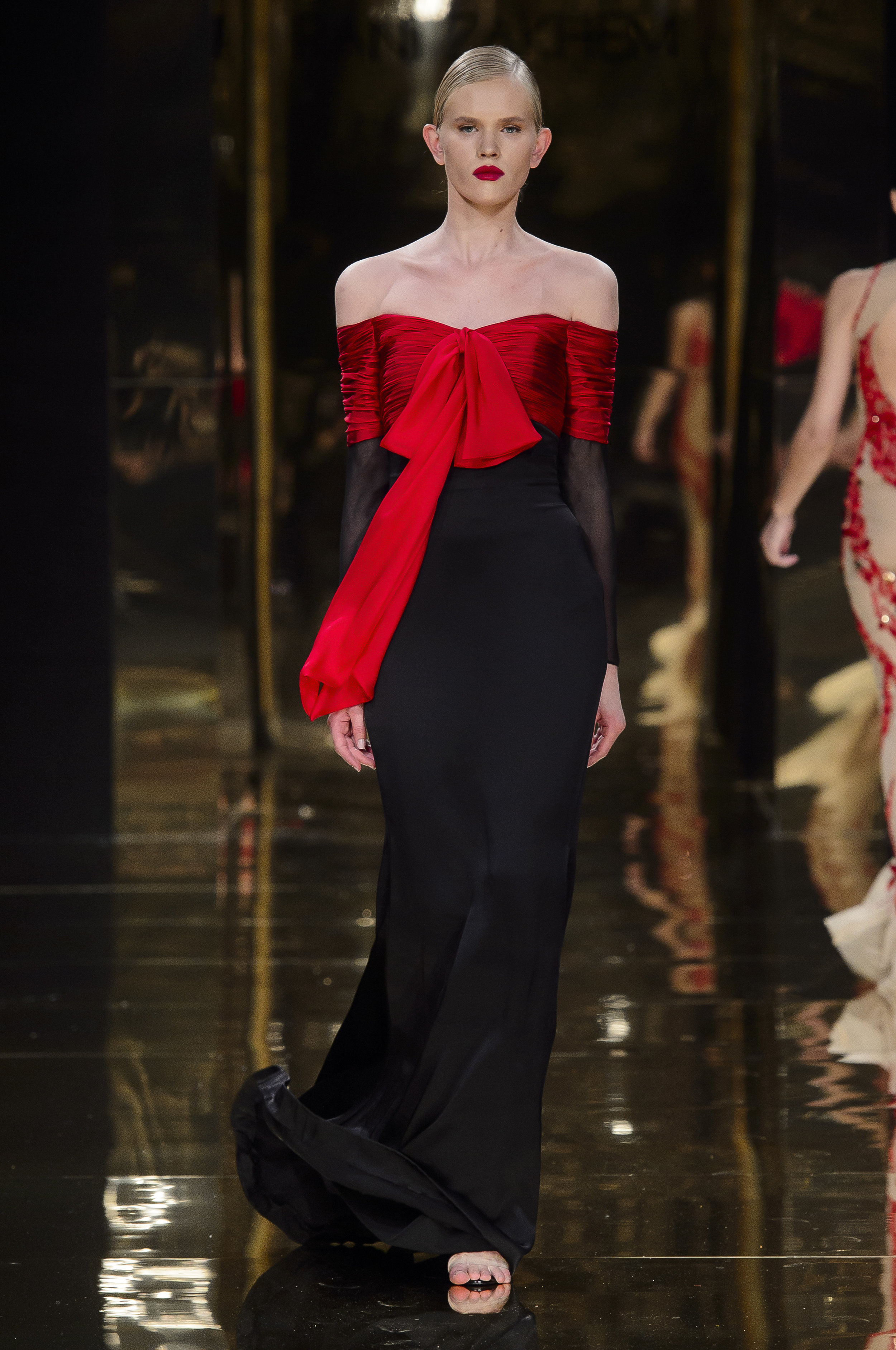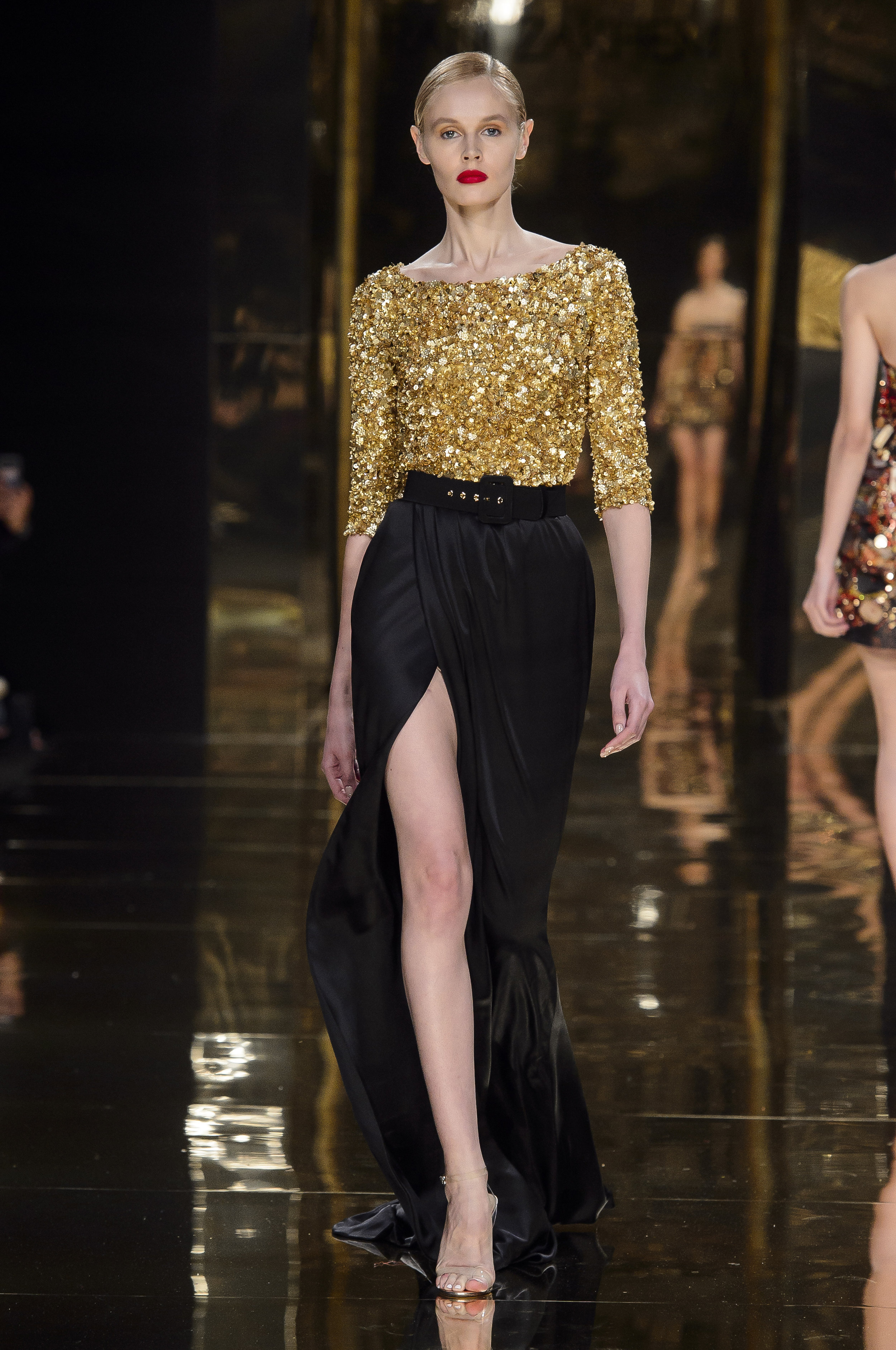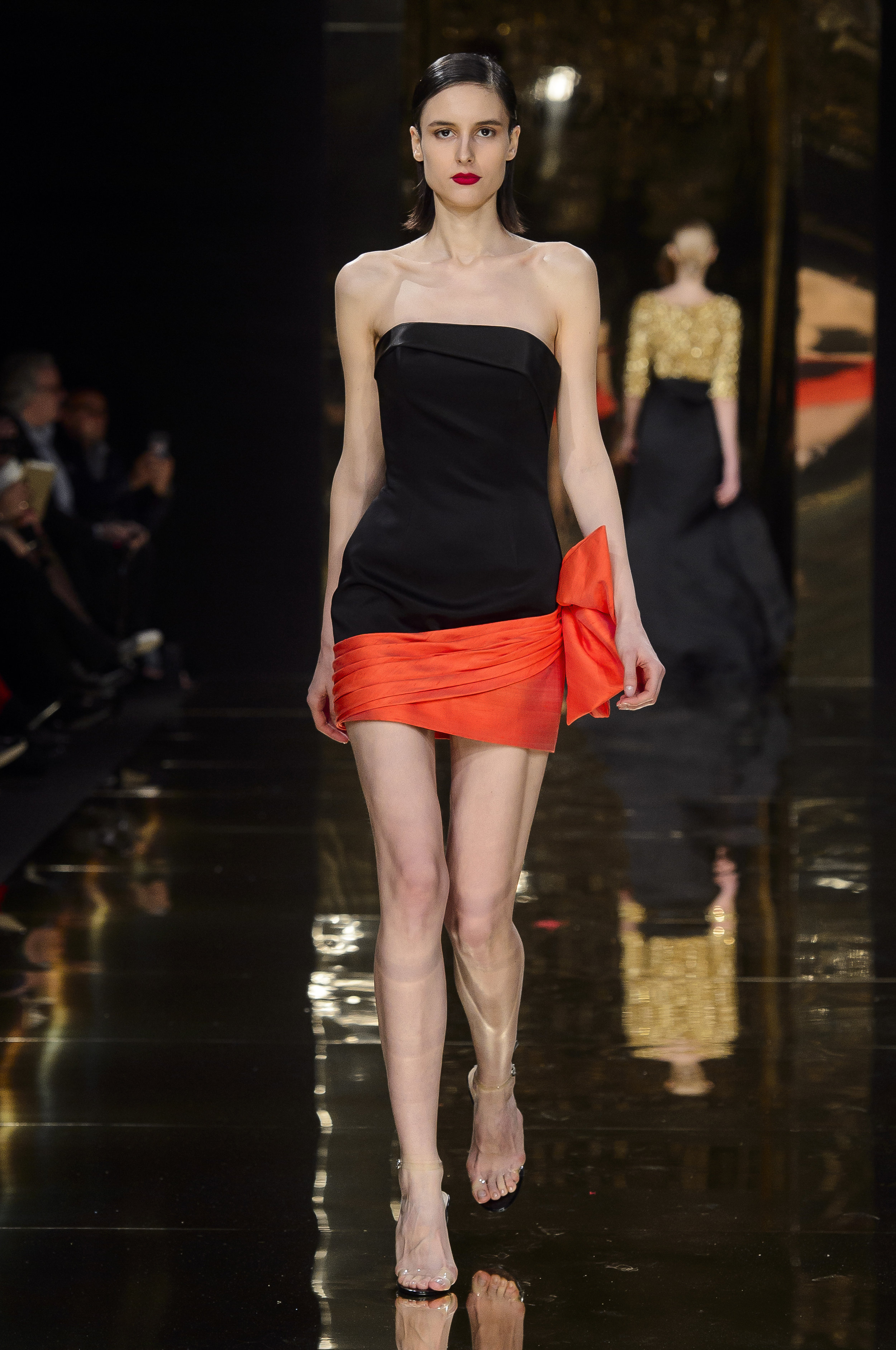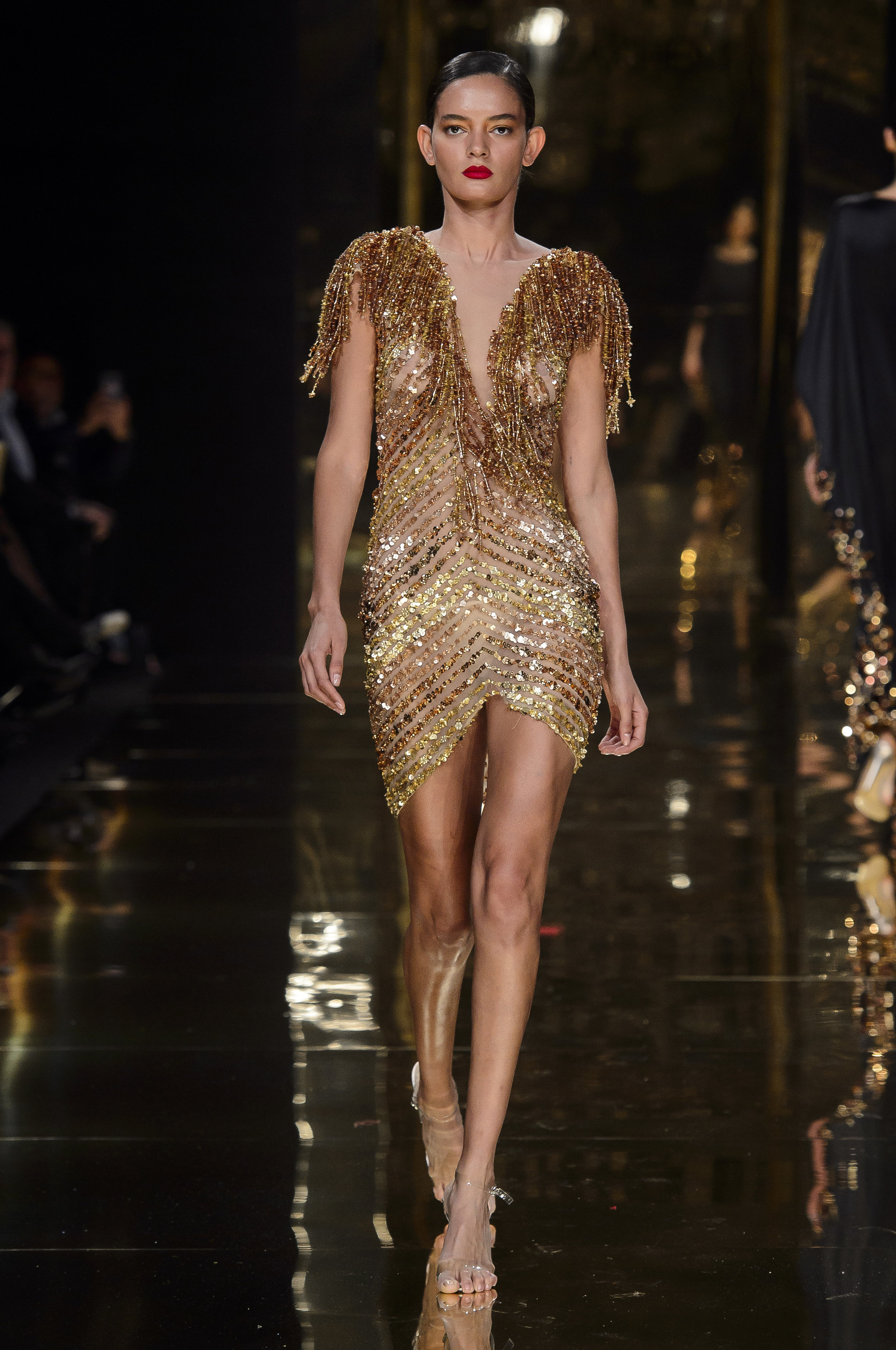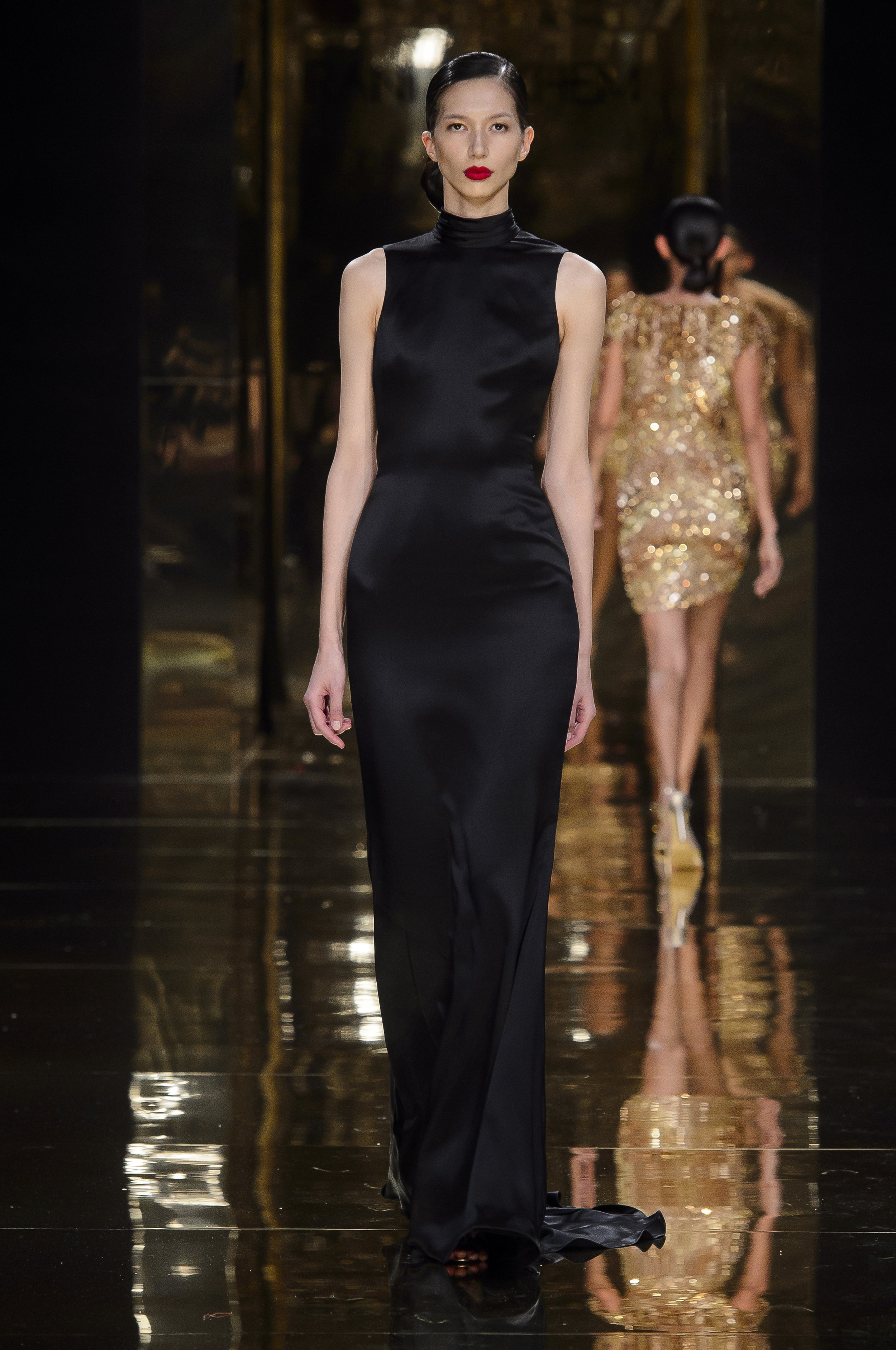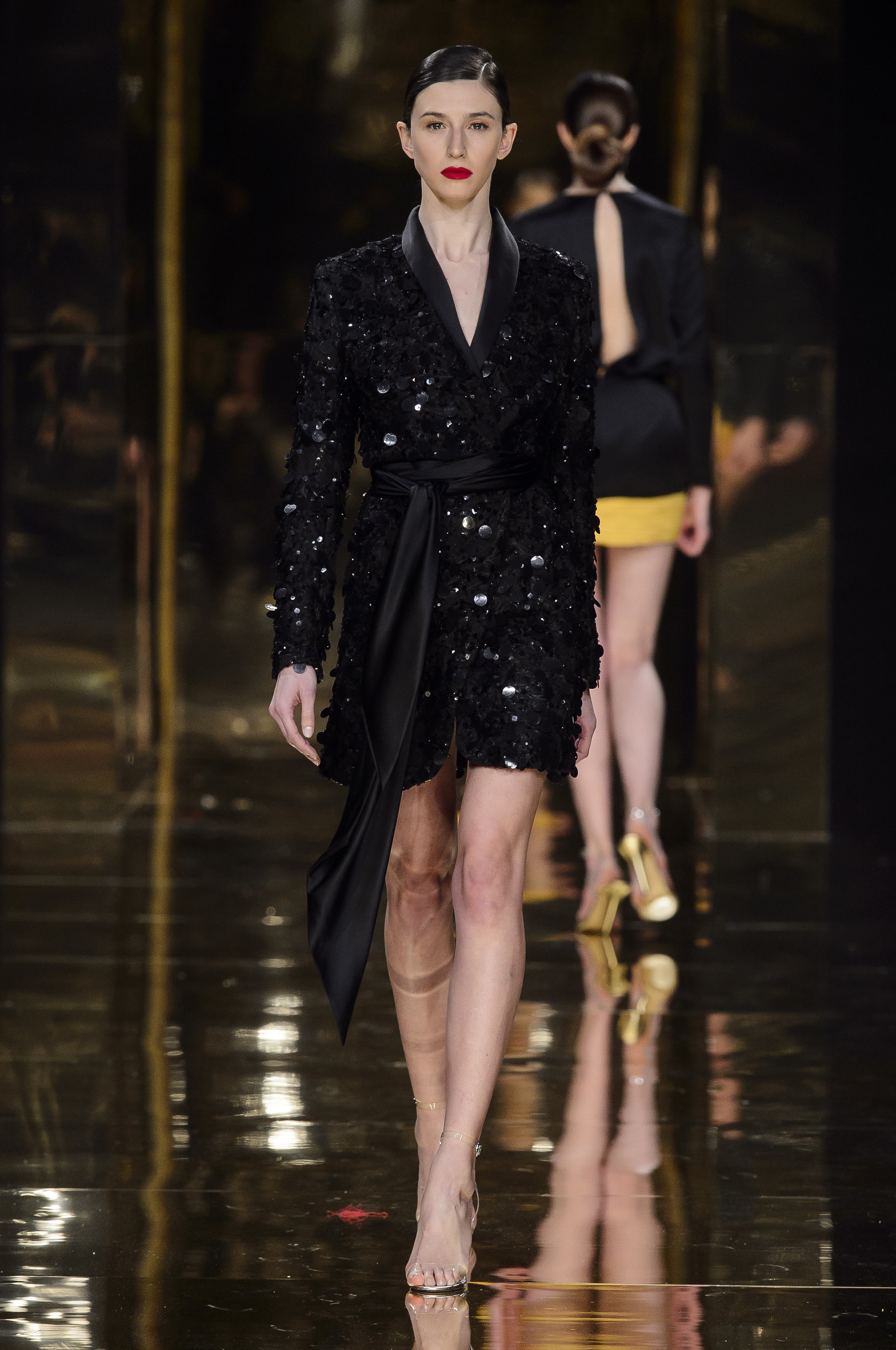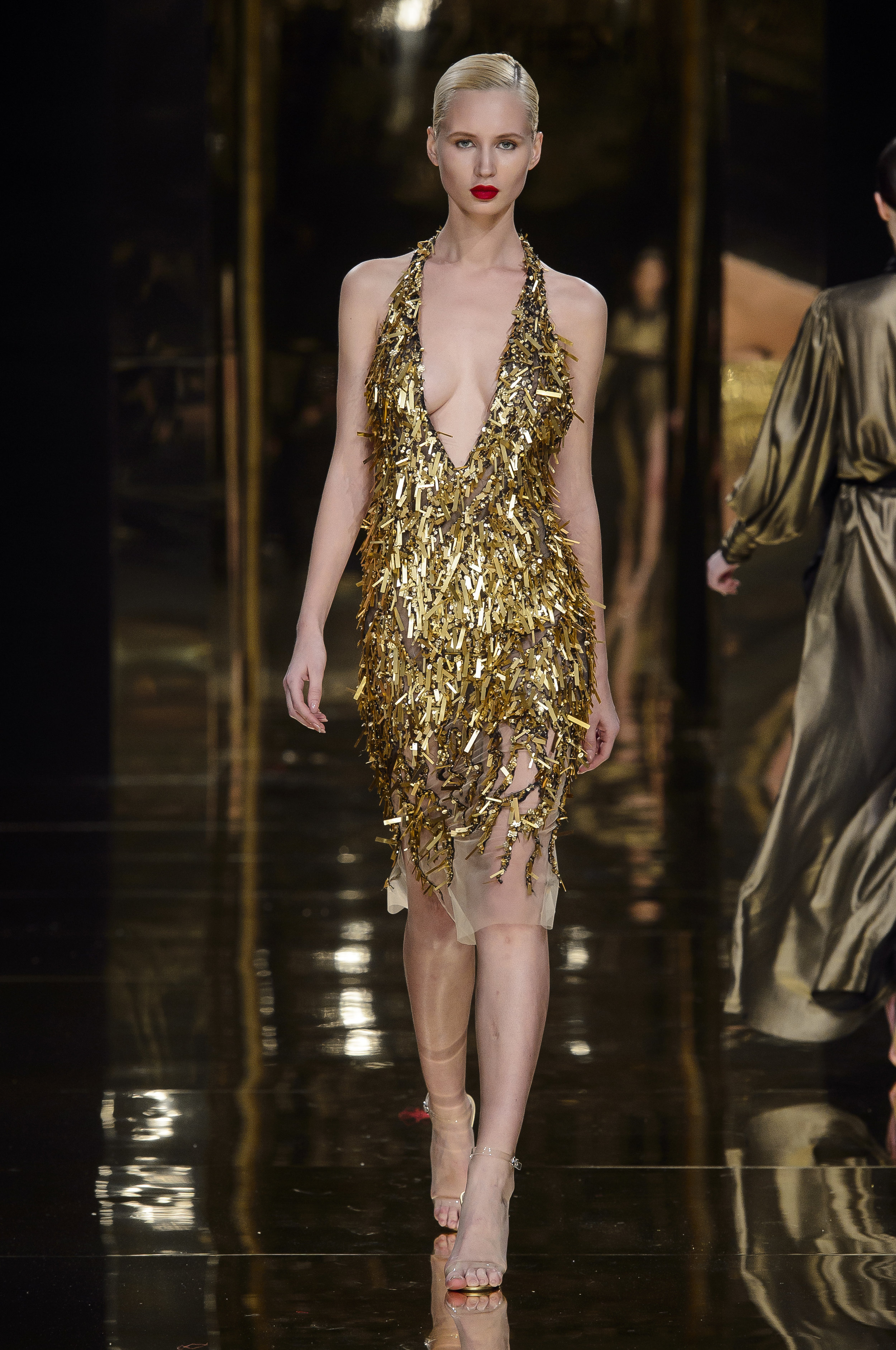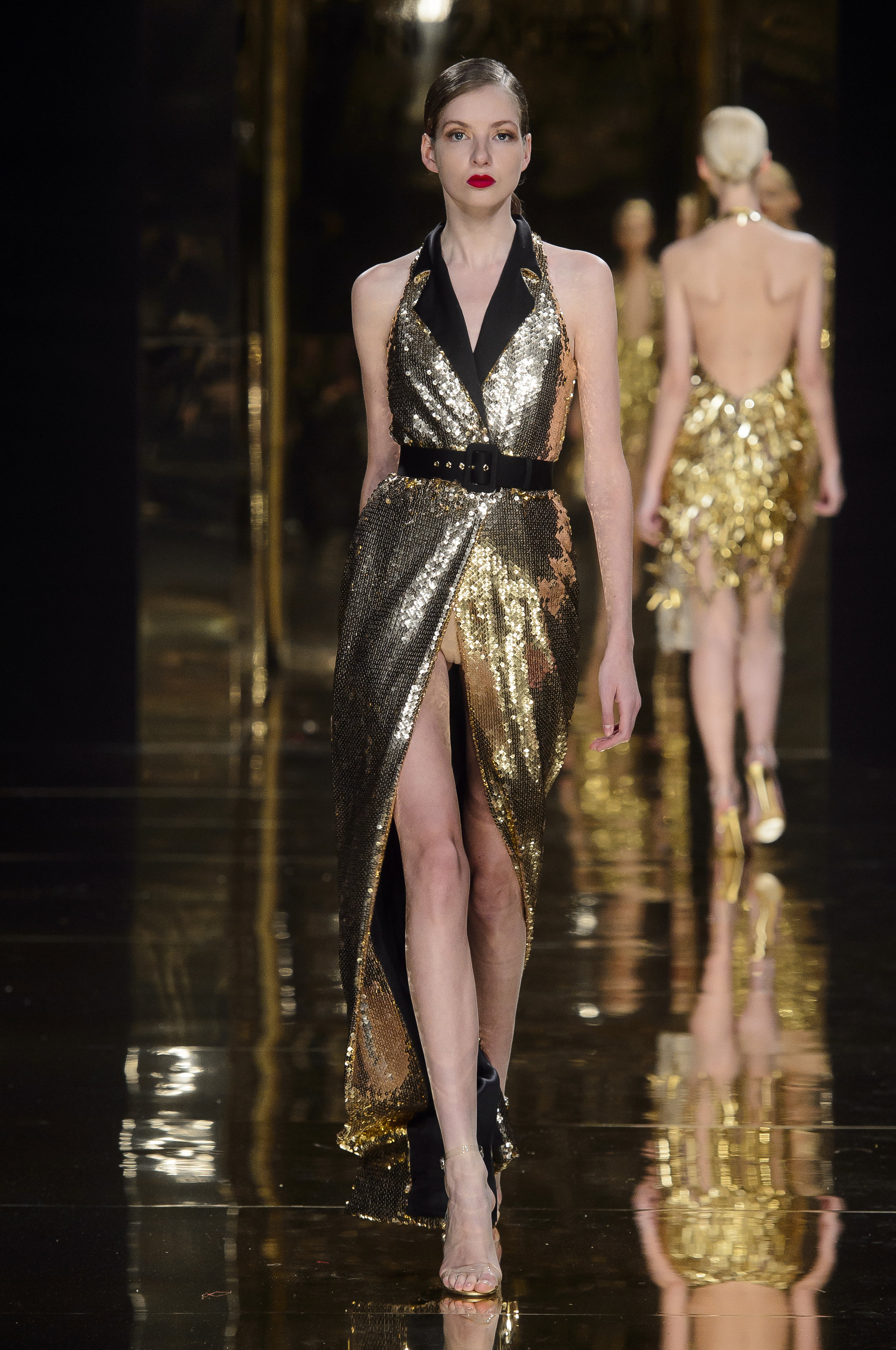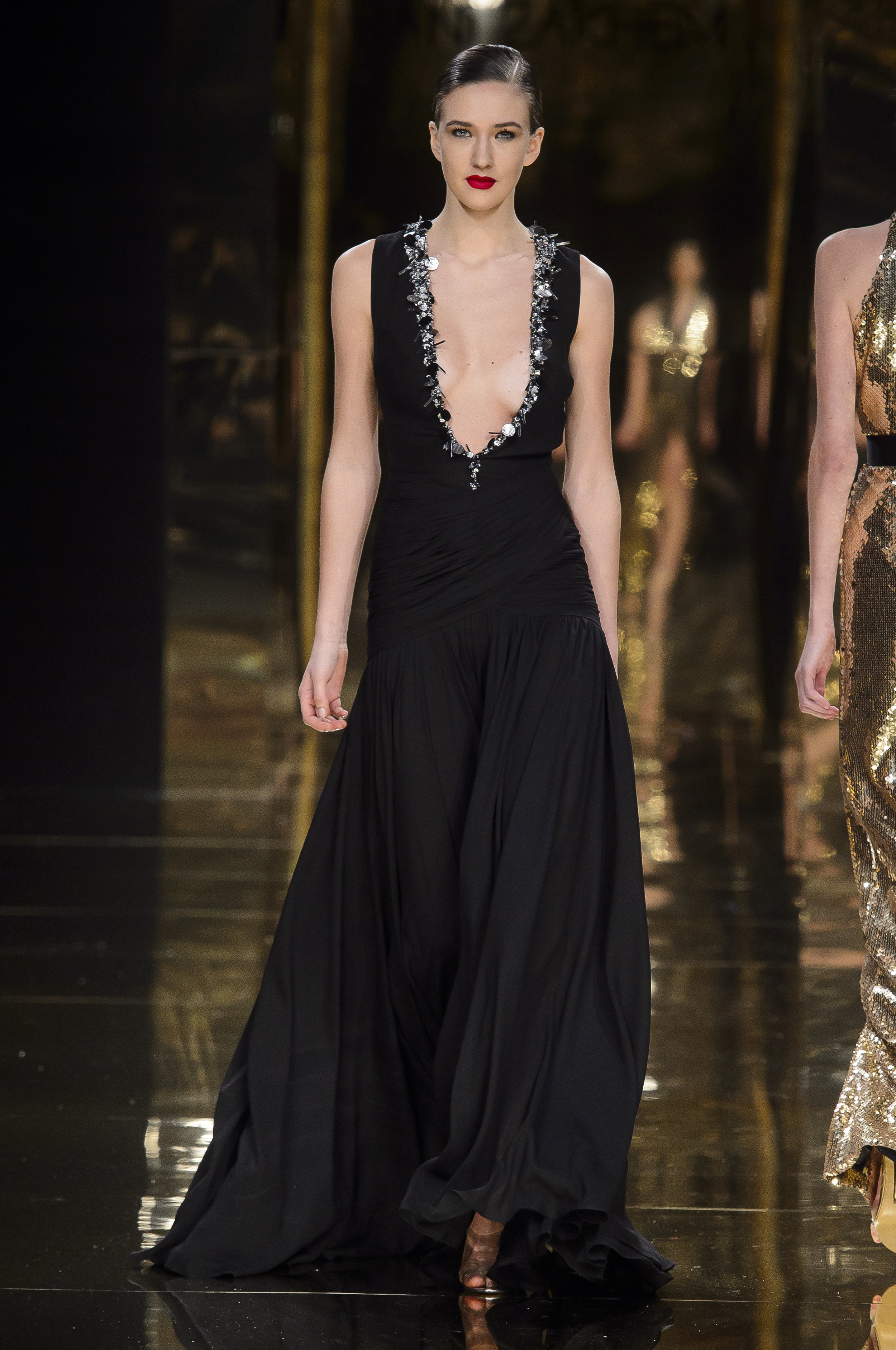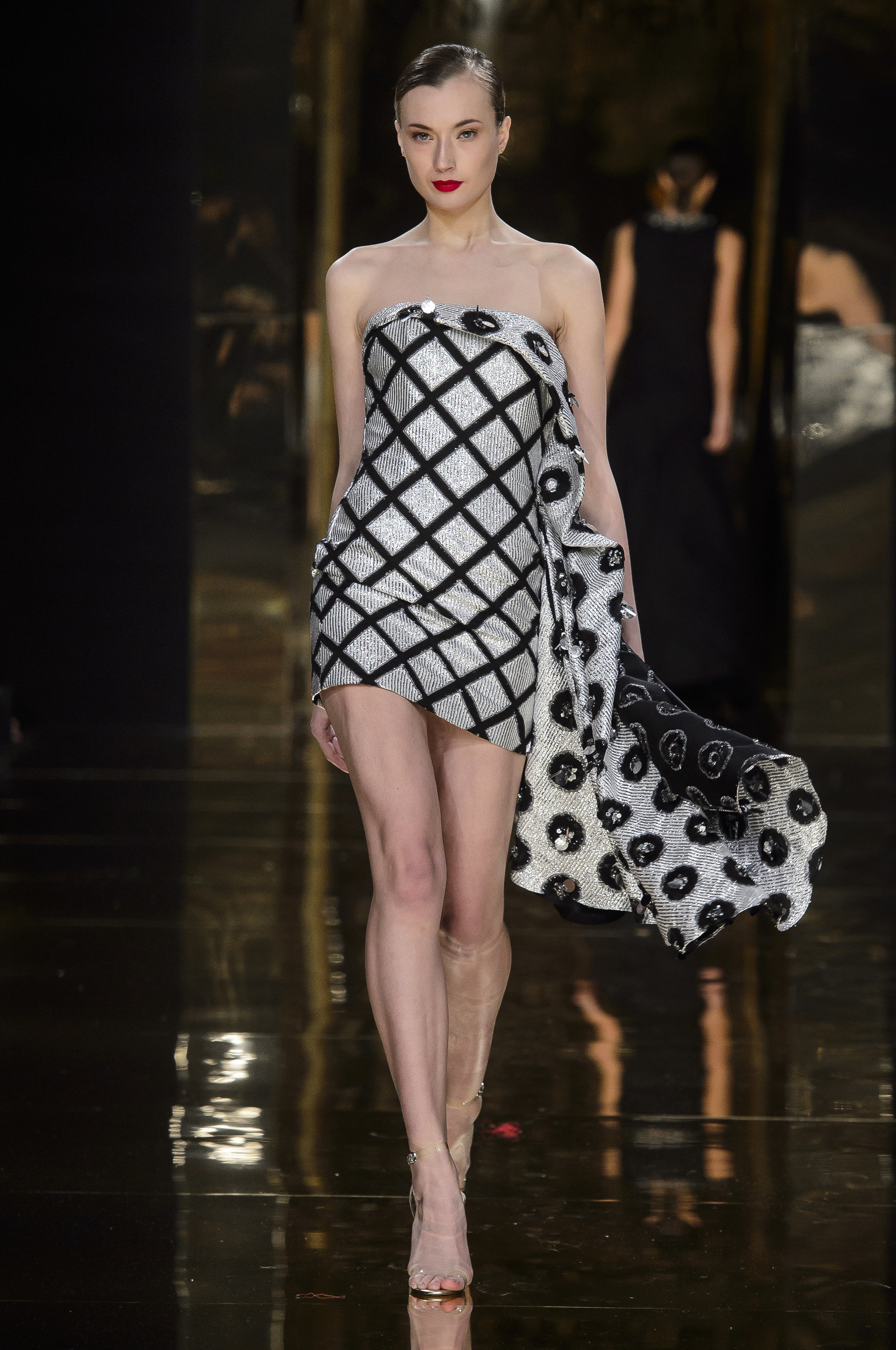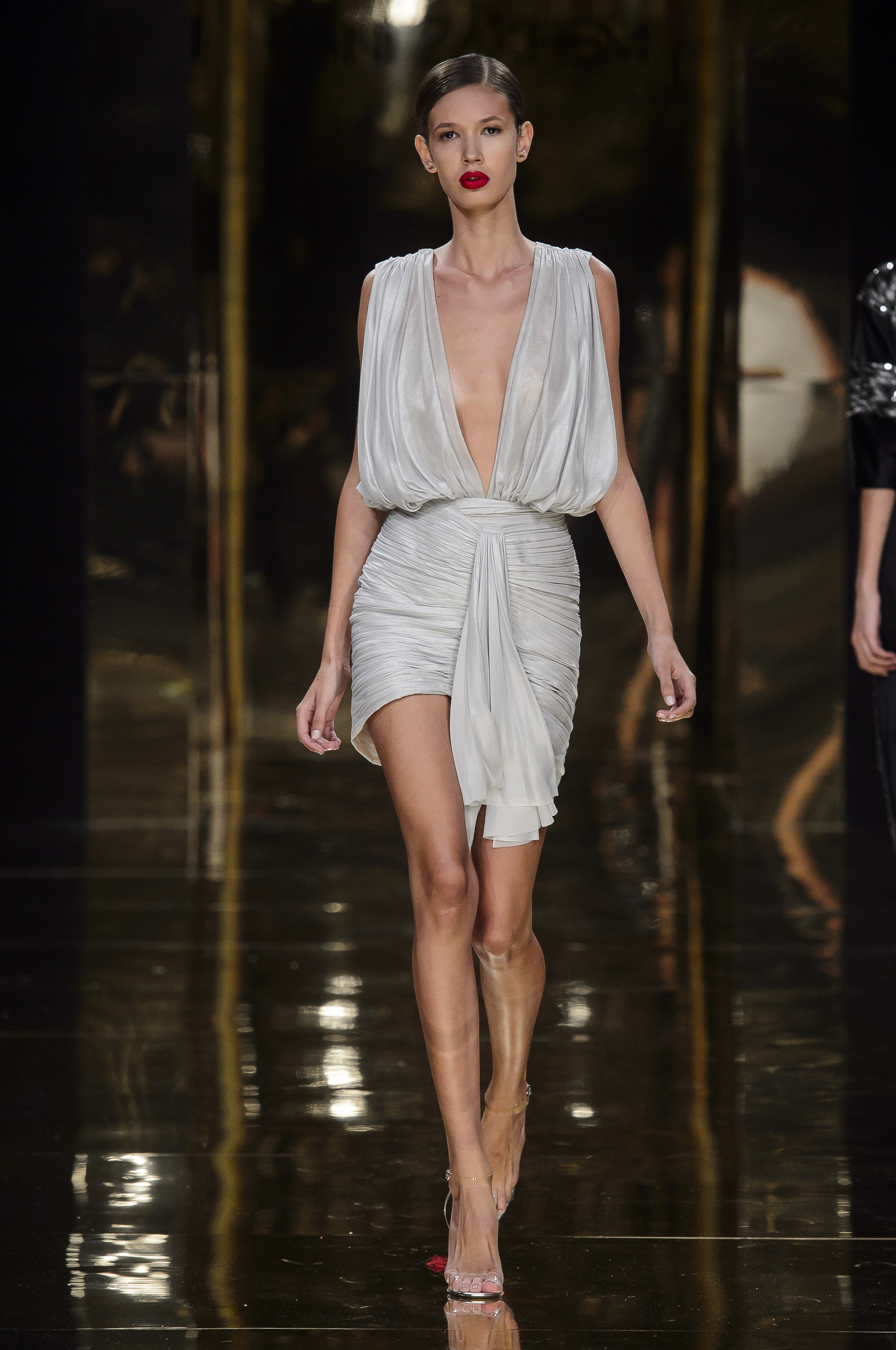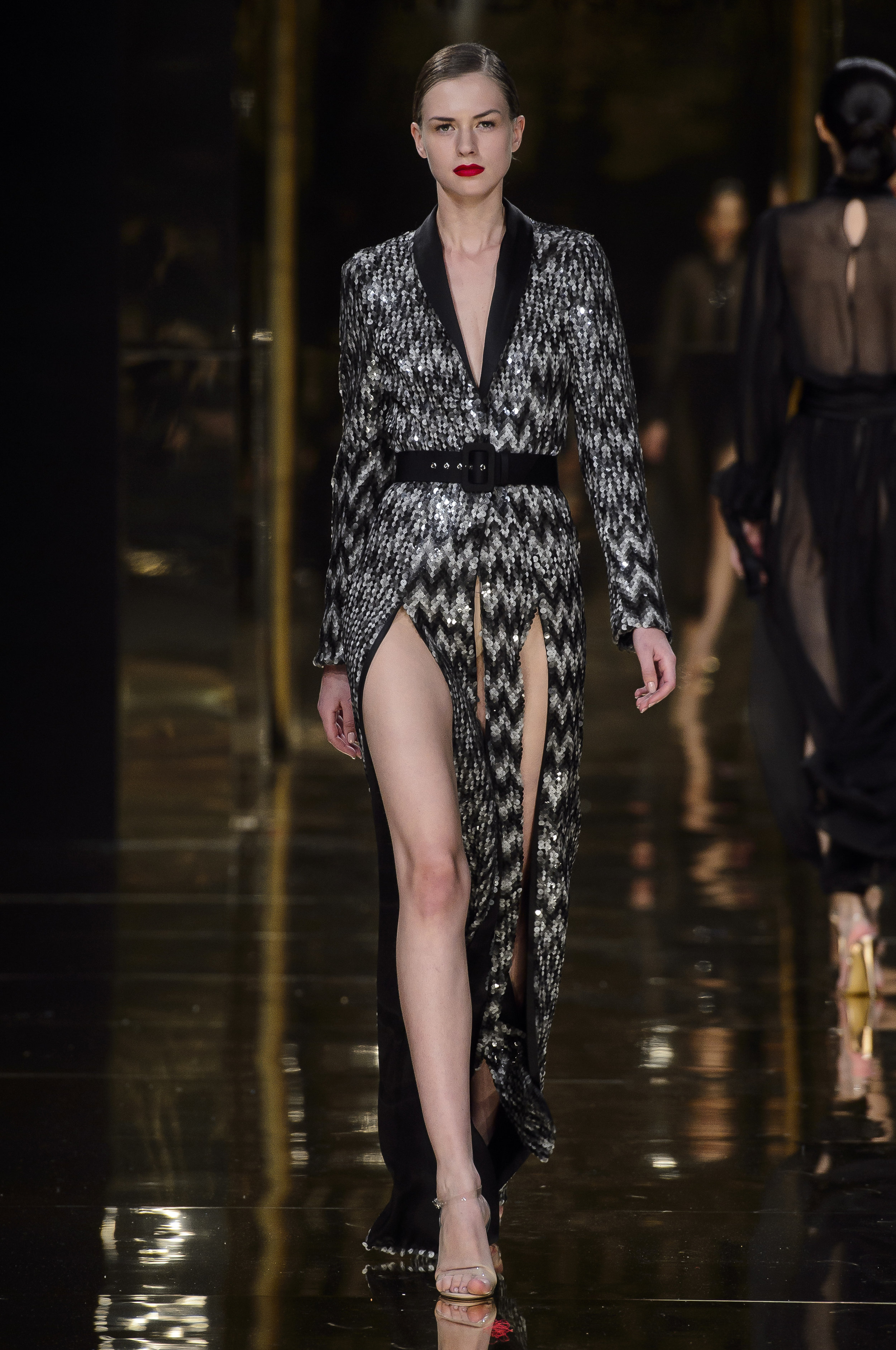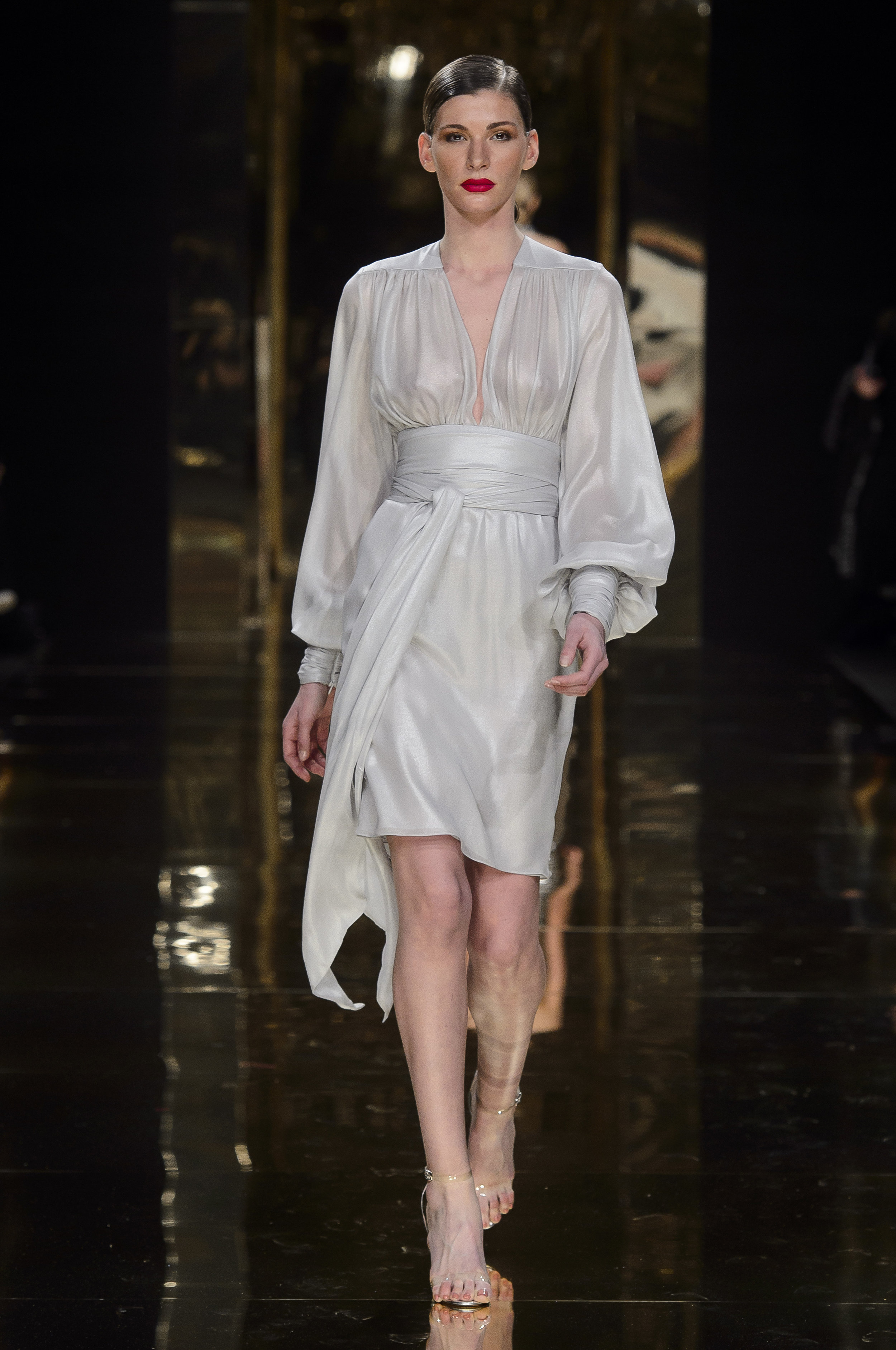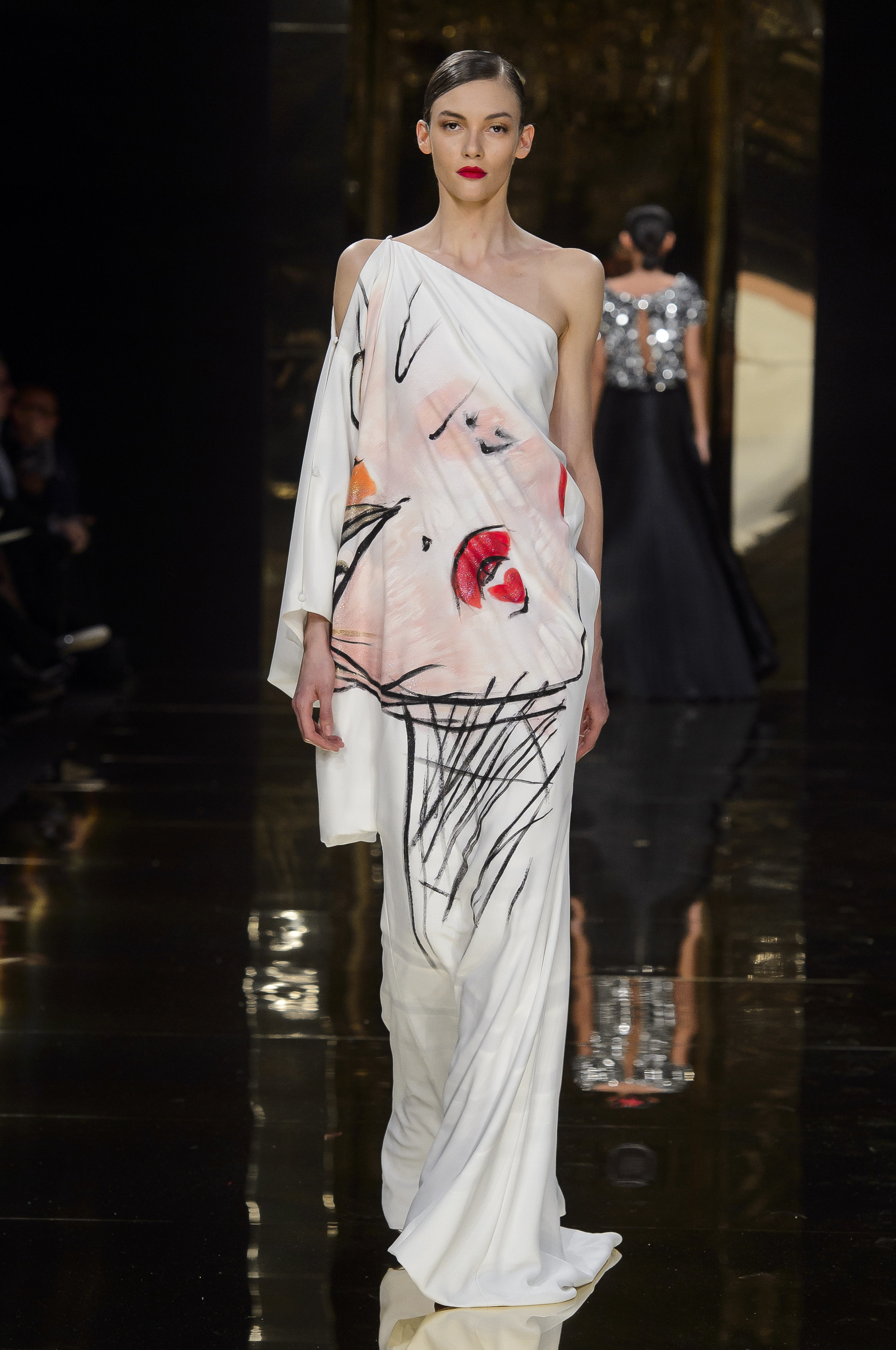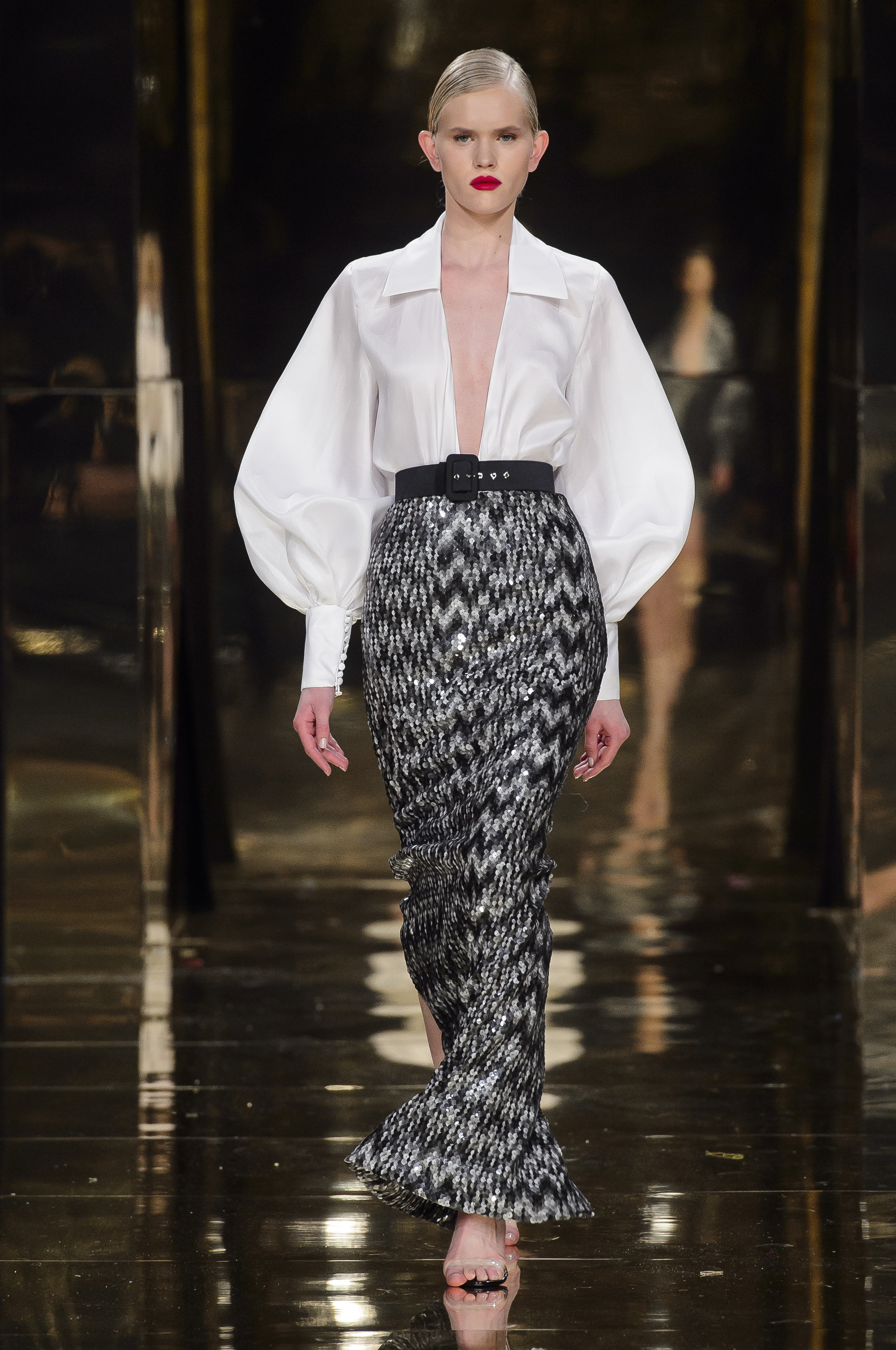Tamara Ralph spent the lockdown in the South of France, where she triangulated with London and Italy on producing collections. And even without a commute or social commitments, the designer said she’s been busier than ever.
“We’ve had to adapt a lot, but a lot of interesting things also came out of this time in terms of problem-solving,” the designer said by Zoom. Not just in terms of making clothes, but showing them too, which she’s doing with a little help from Hauli, an avatar whose name in Swahili evokes strength and power, and who sprang to life with help from an AI developer in South Korea. “We were working on a bigger digital strategy, but this pushed it into fast-forward,” offered Ralph. “We wanted to do something that had never been done before to that level.”
You have to hand it to her: The result is astonishing. For inspiration, the designer looked to the natural world, travel, art and architecture, producing eight pieces IRL and using AI to develop eight others.
Dressed in couture, Hauli appears amid some of the seven contemporary wonders of the world, among them Petra (in a pale blue silk double satin gown with an embellished cut-out bodice), the Taj Mahal (in a full fringe-and-crystal strapless pink gown), and the Great Wall of China (in a pale pink floral-printed fishtail gown with organza flowers, crystal embellishments, and matching cape). Digitizing florals to develop prints and re-embroidering them is just as laborious in the virtual world, Ralph said. Either way, it seems she’s hit on an essential accessory for sharing her vision.
As the world awaits a return to social proximity, customers also appear excited to push ahead. The designer said people are starting to call in with dates—they still want to get married, after all—and, contrary to expectations, they’re forgoing pared-down, safer looks in favor of fantasy. Which also opens up new paths. Home and hospitality are a space Ralph said she’s been wanting to explore for a while. A collaboration in a new fashion category will land in stores this fall; another for spring 2021 will be revealed in October. Meanwhile, the brand’s sole non-fashion collaboration was supposed to be revealed in Paris today. It’s been pushed back, but already a few customers have lined up to buy it, the designer said. In a neat piece of symmetry, it also involves the initials “RR,” and it’s one of the most expensive models that the storied carmaker has ever produced. Proof, as if more were needed, that once the Ralph & Russo customer steps into this world, she tends to stay put.
Source: Vogue
FASHIONADO


